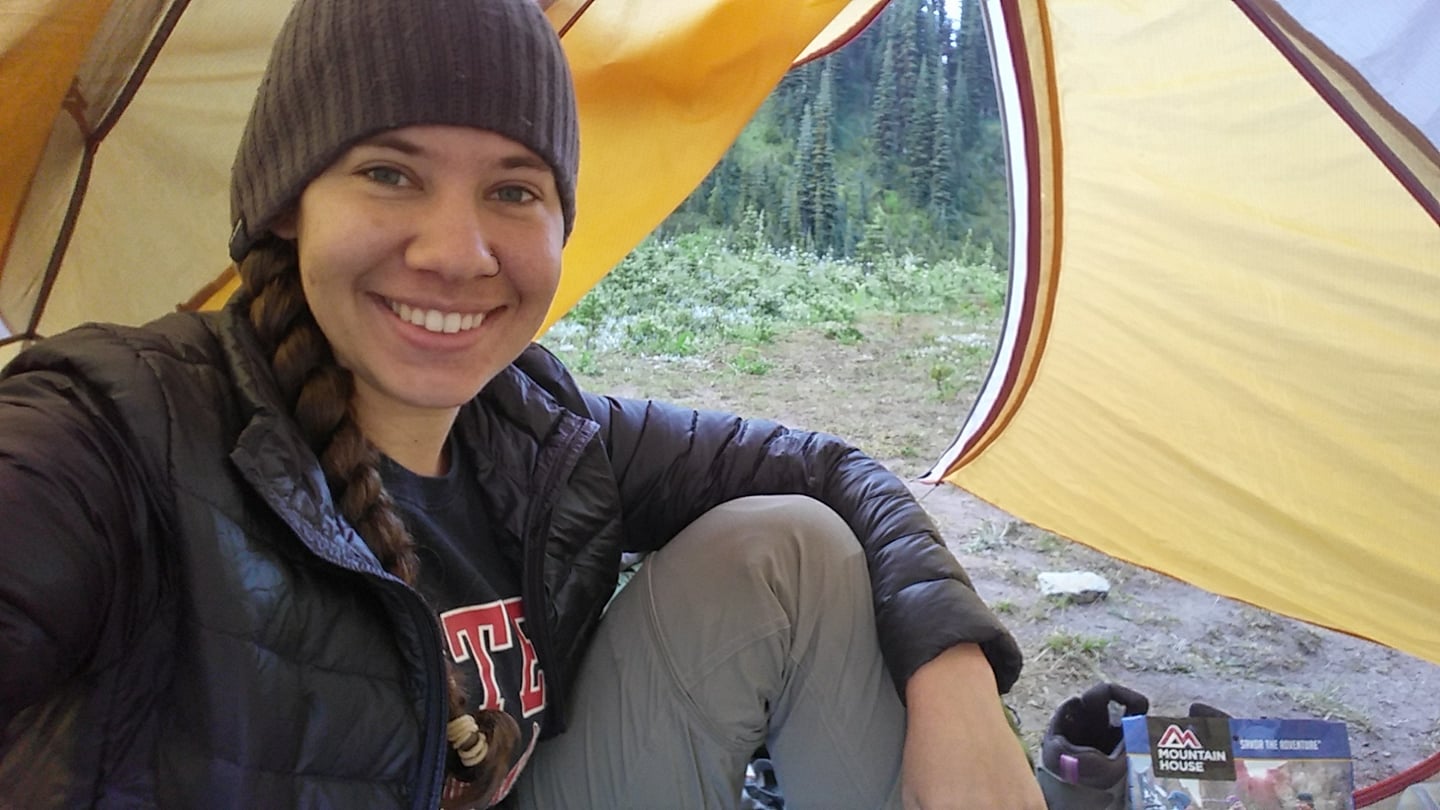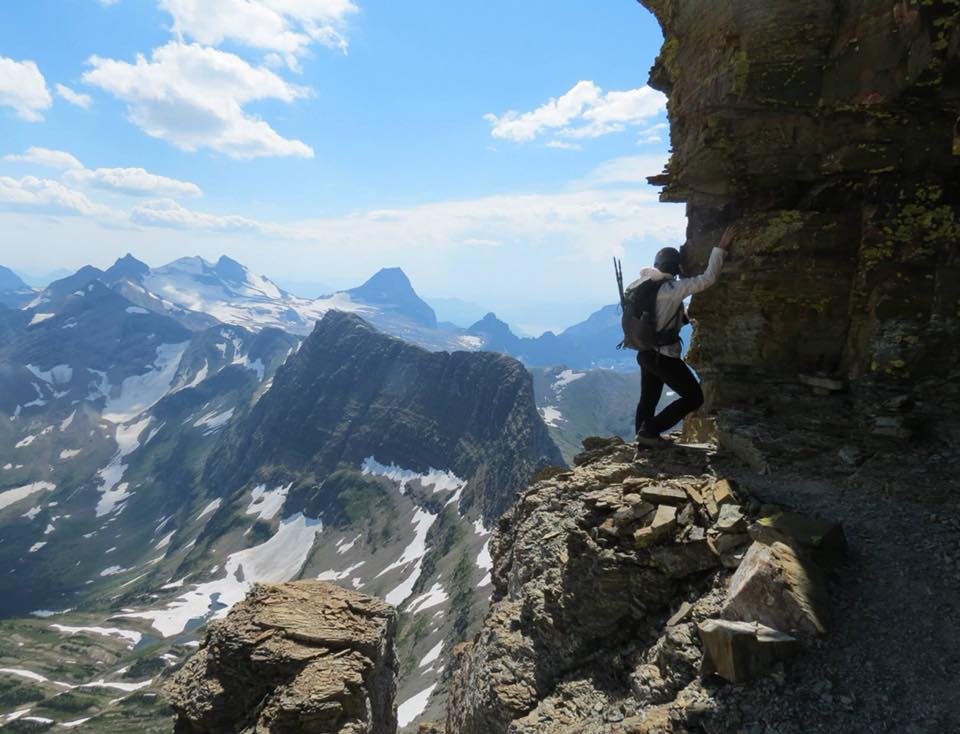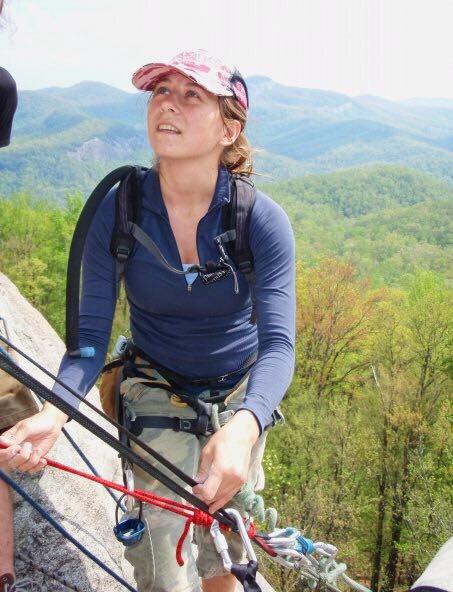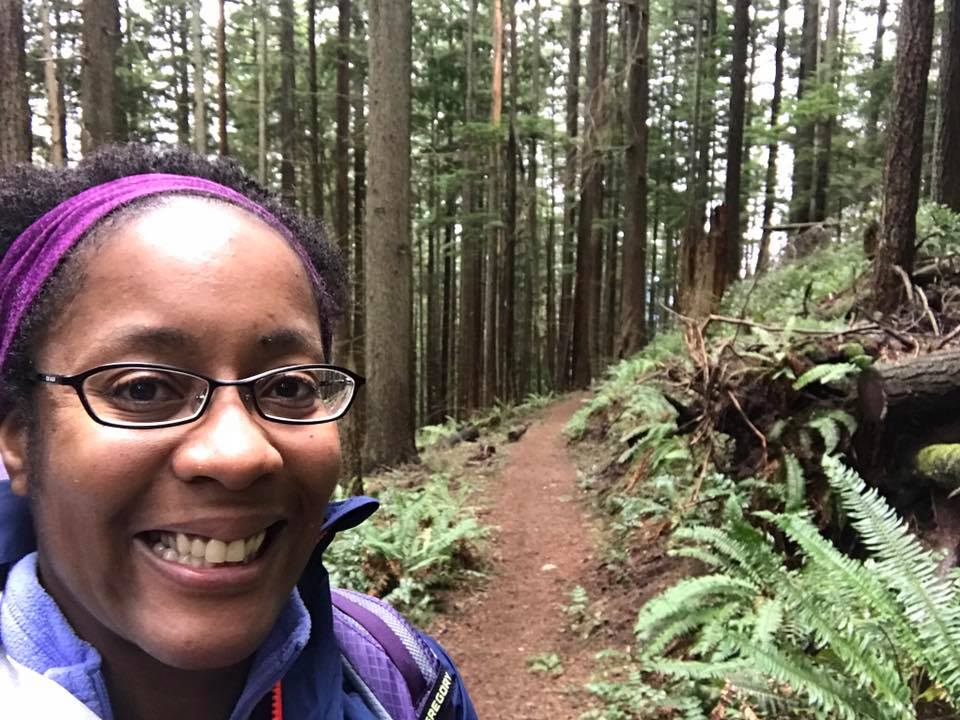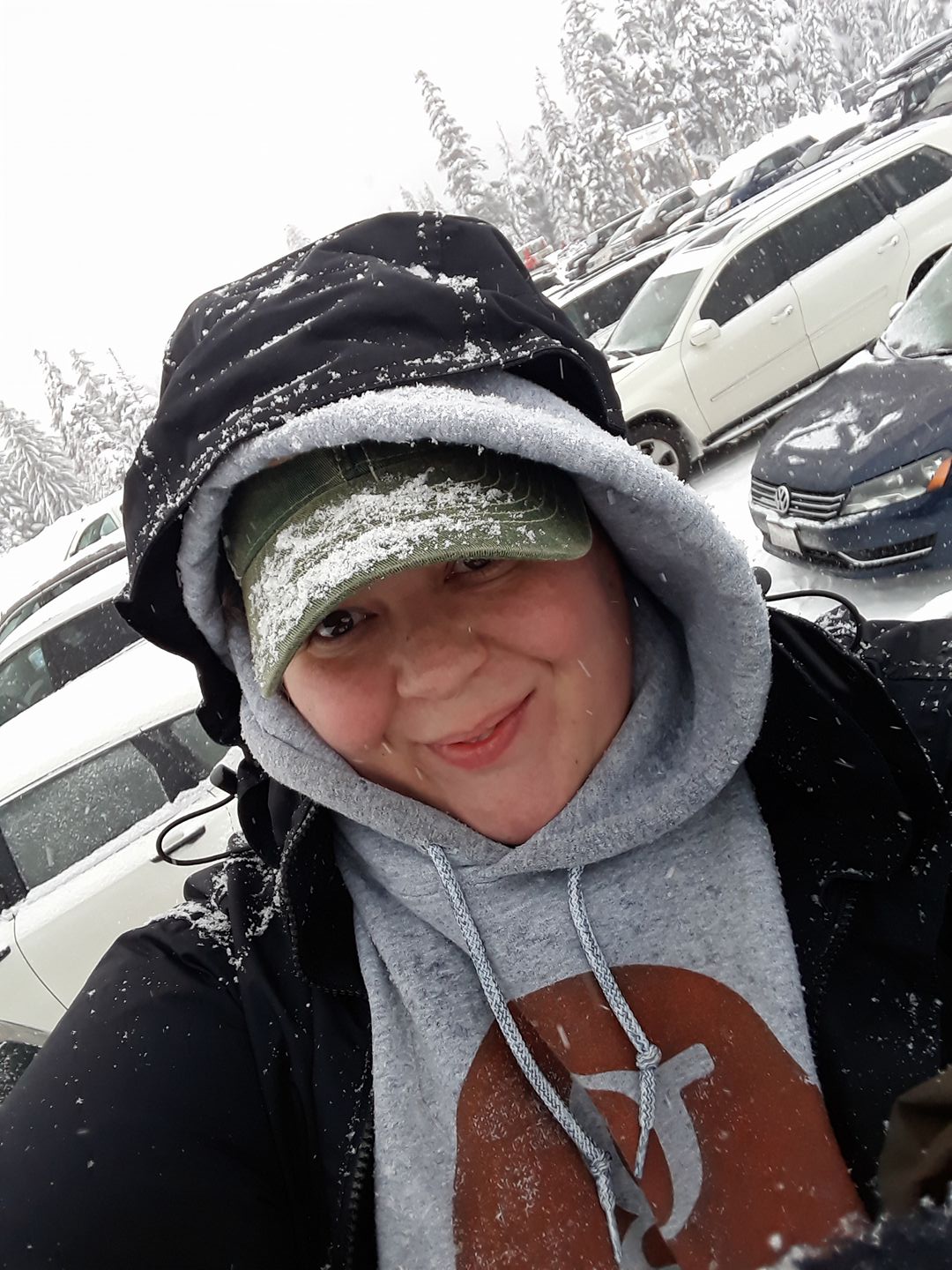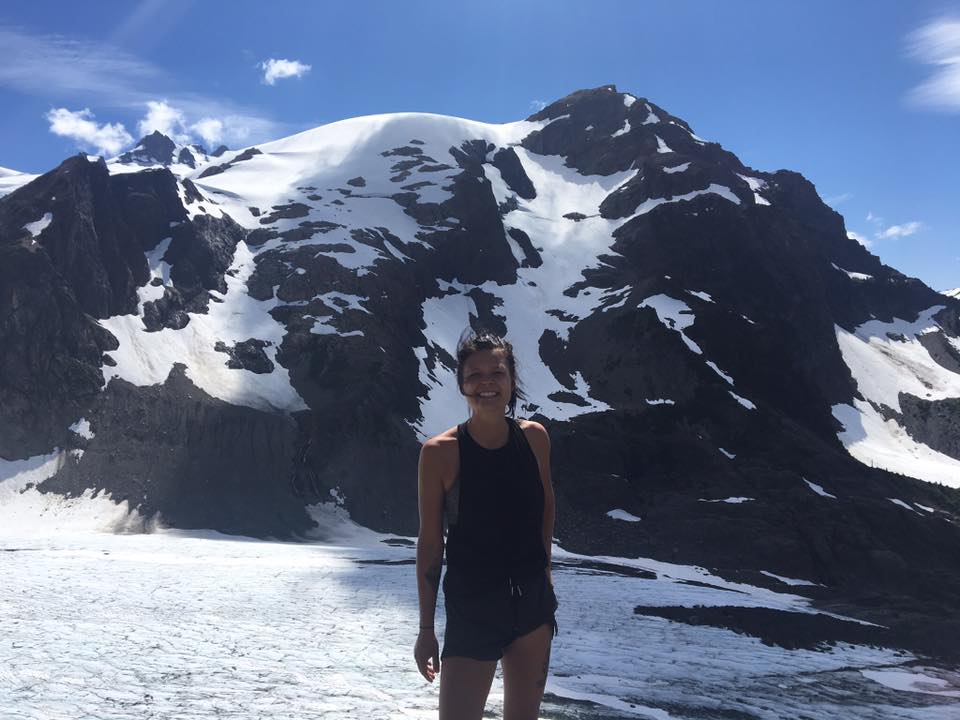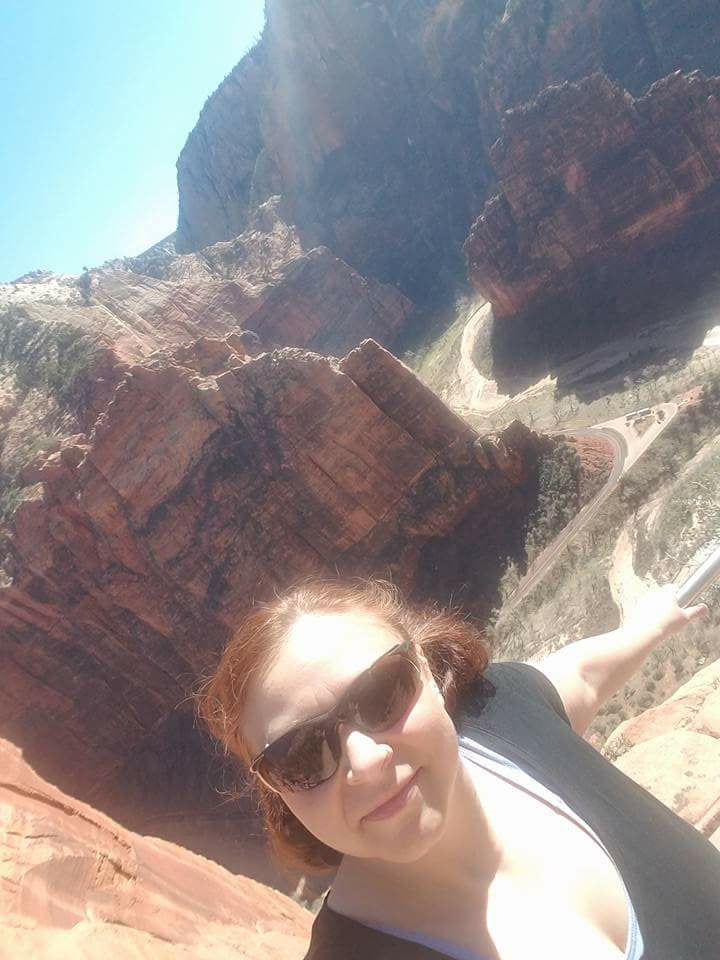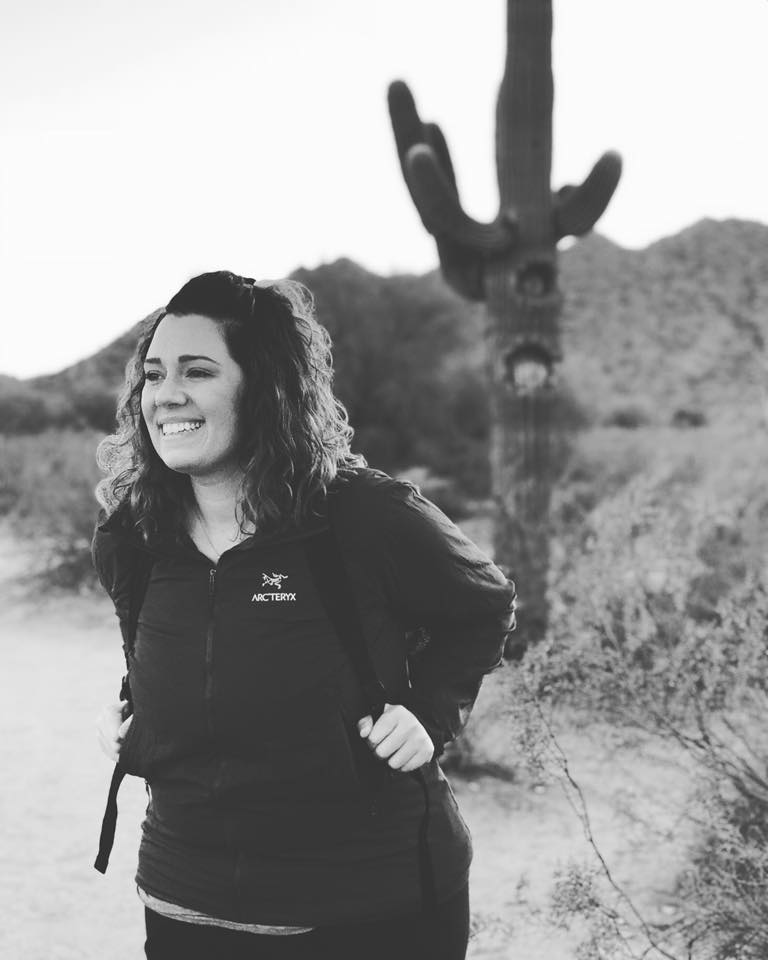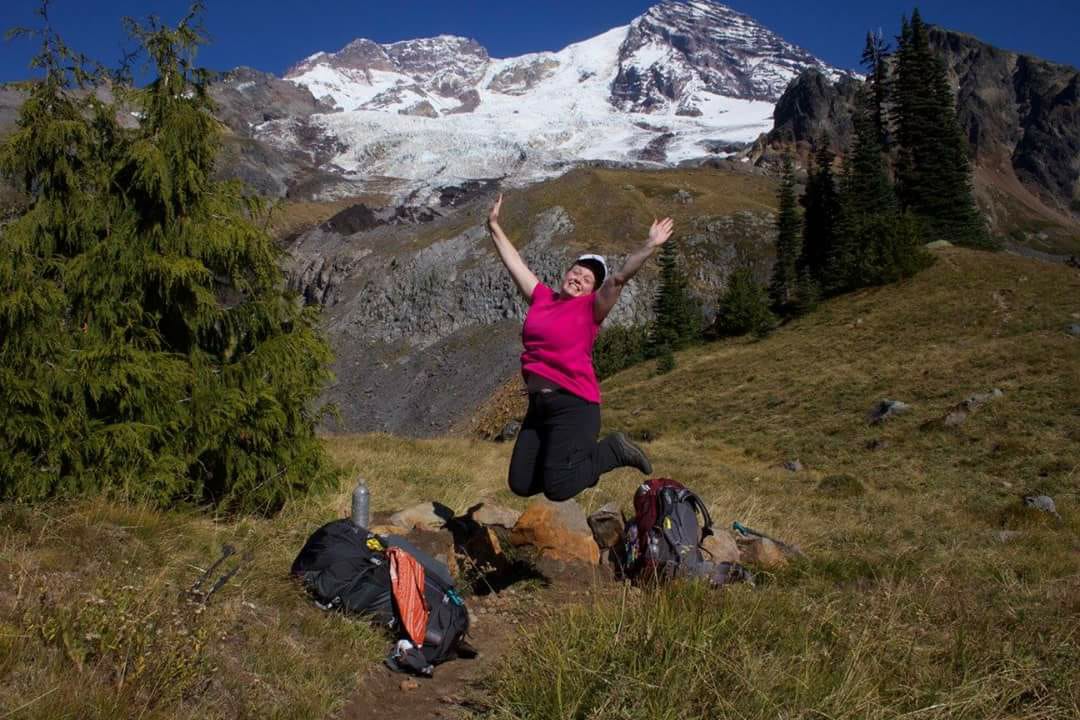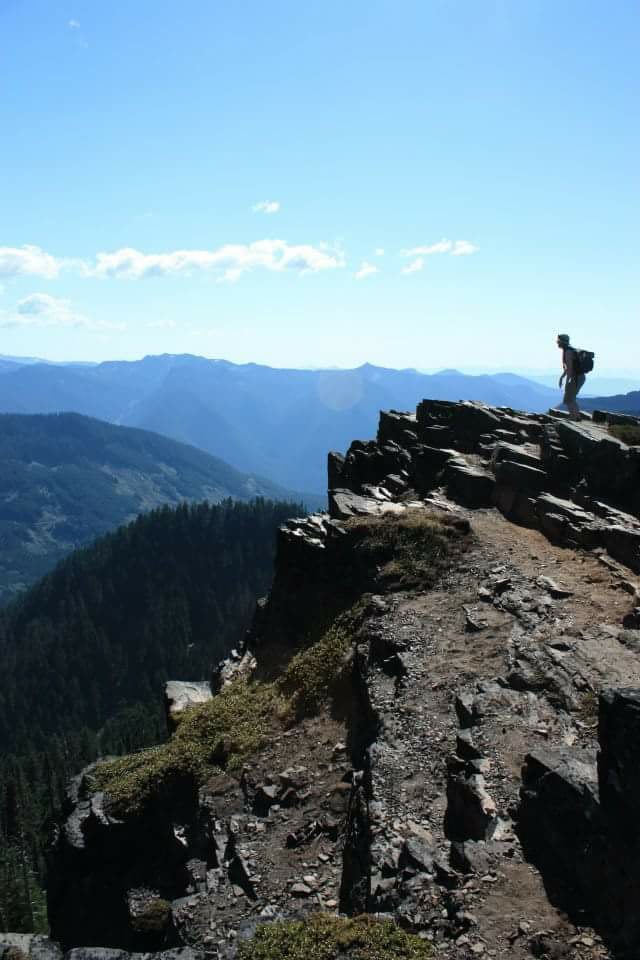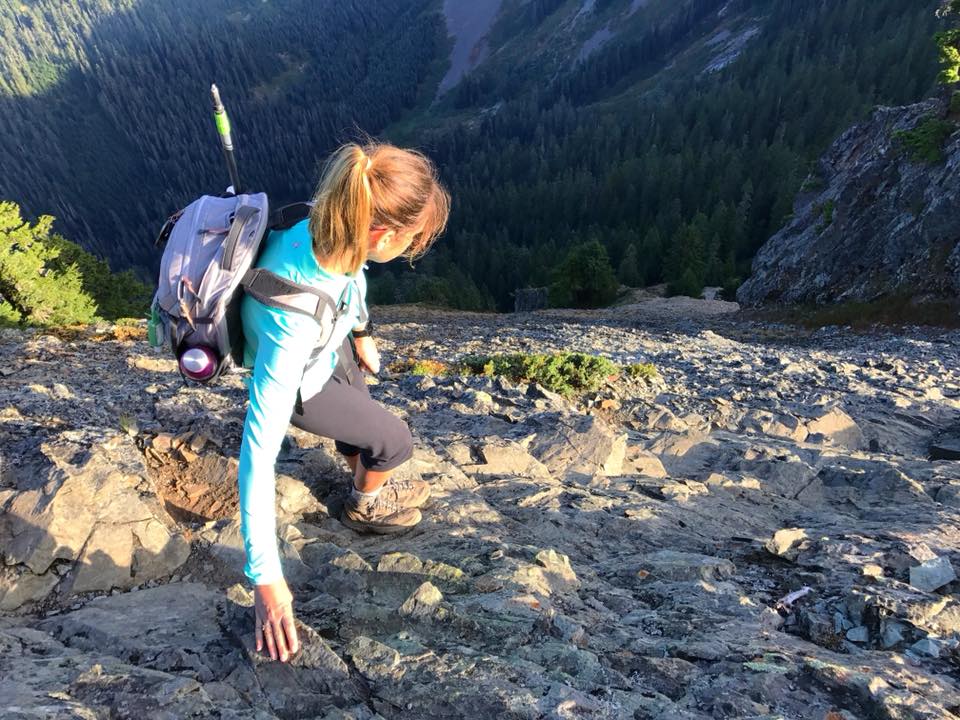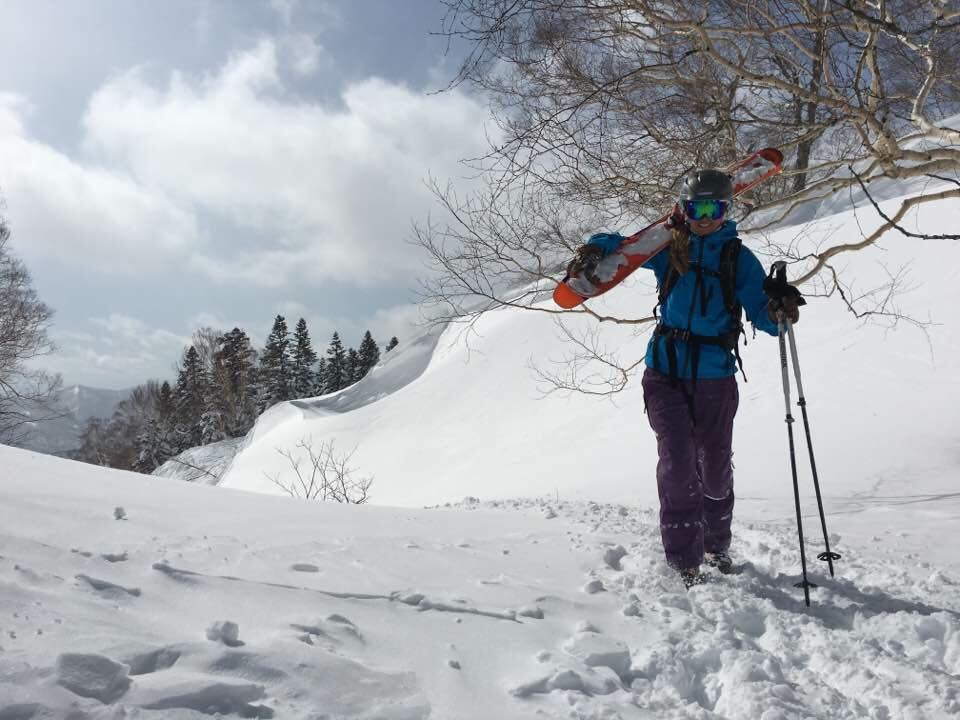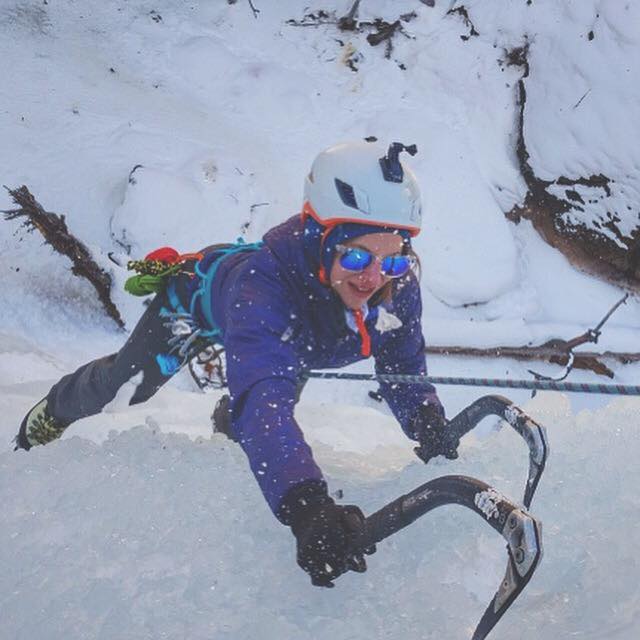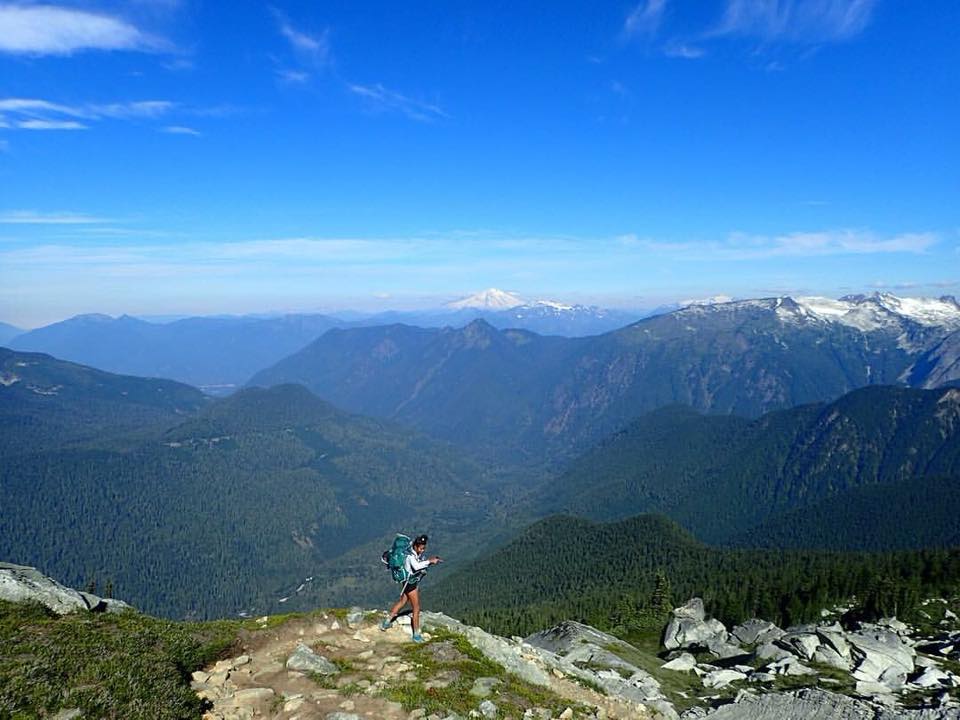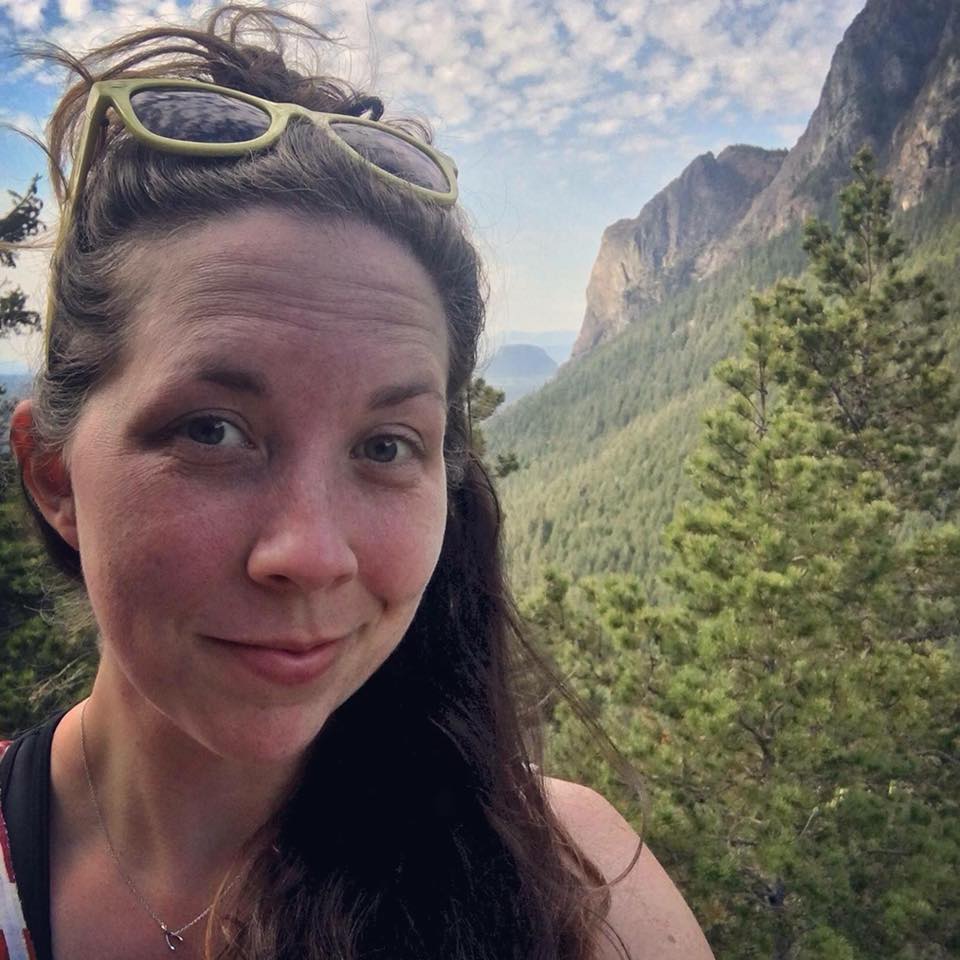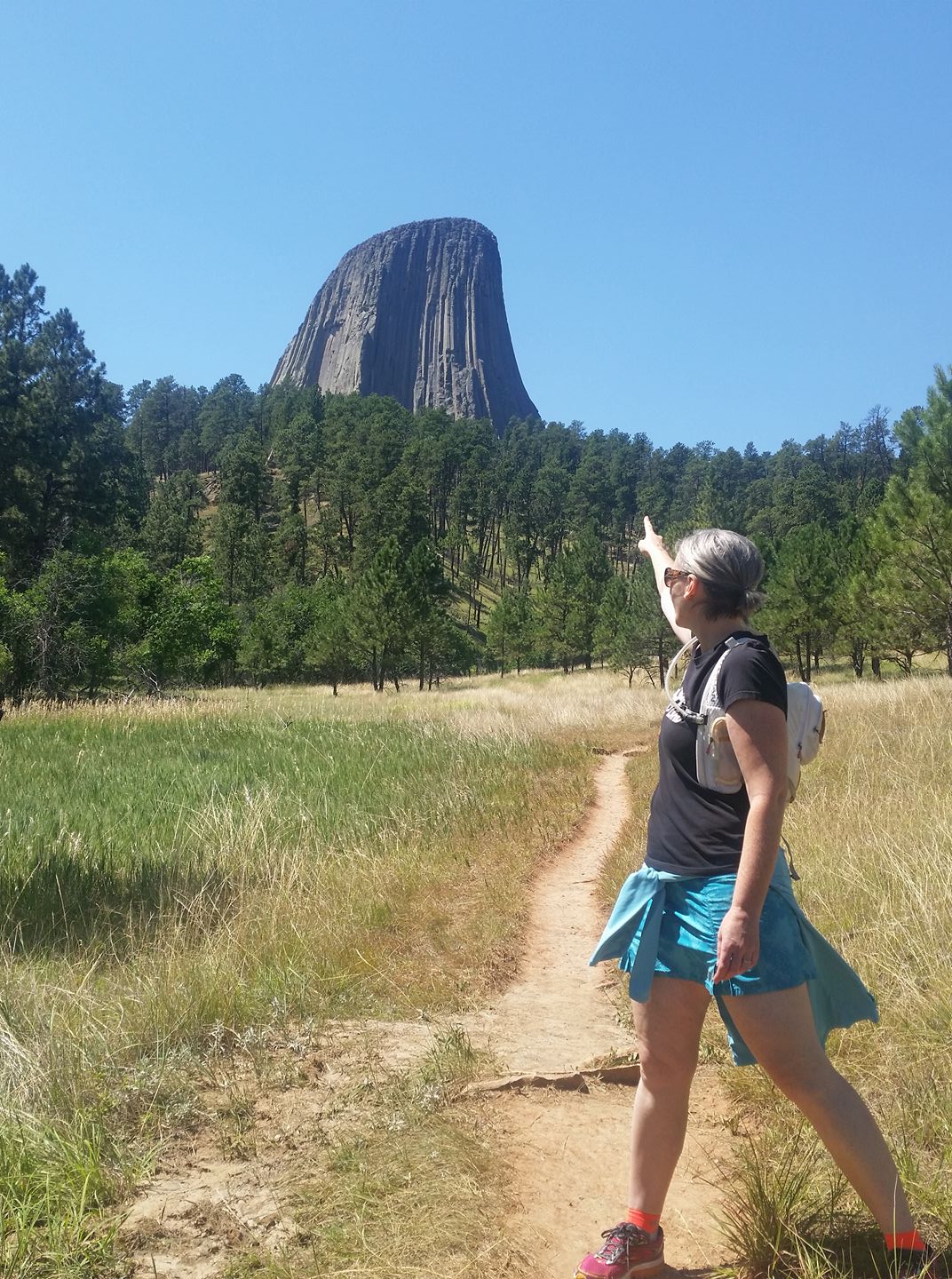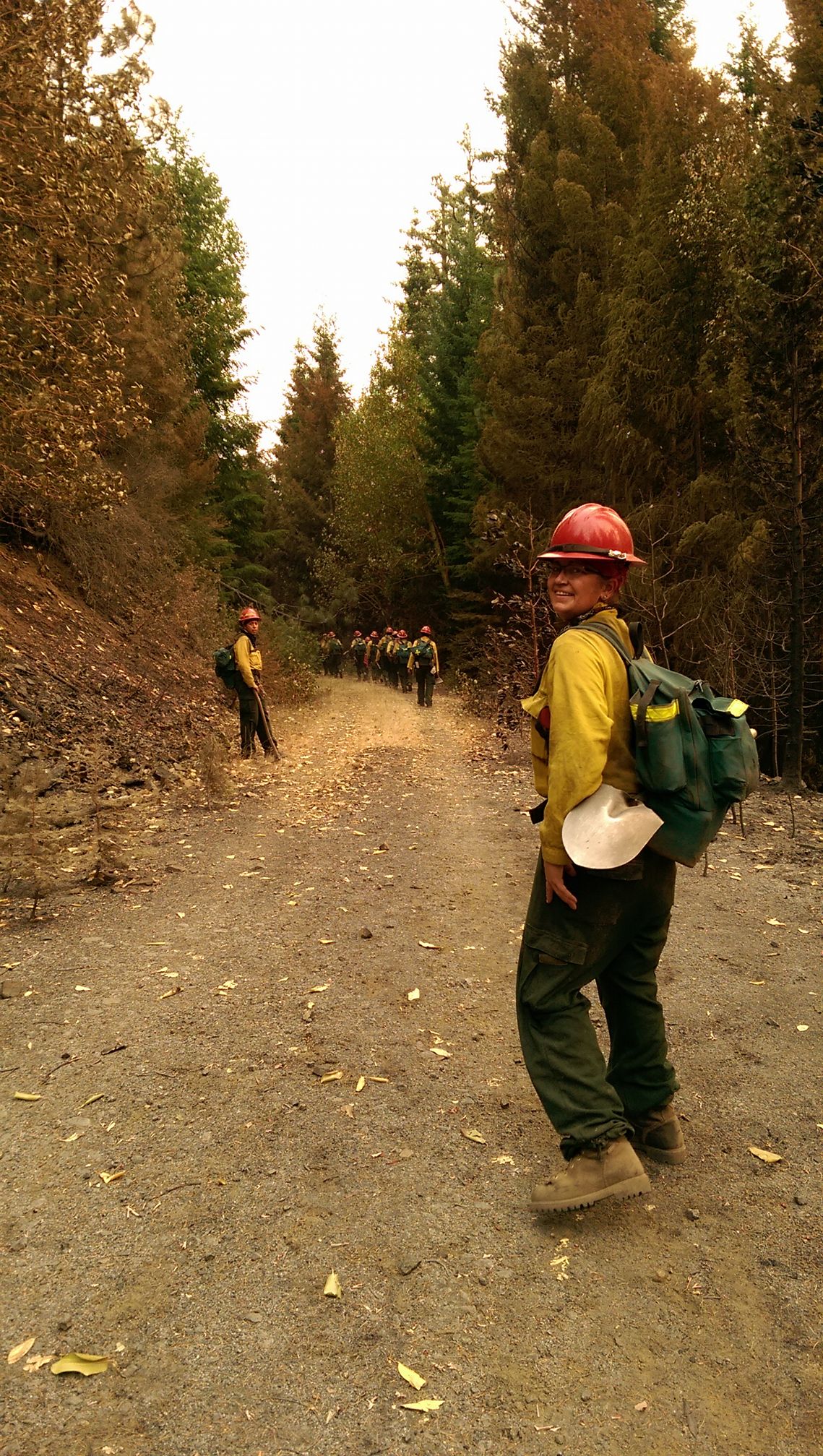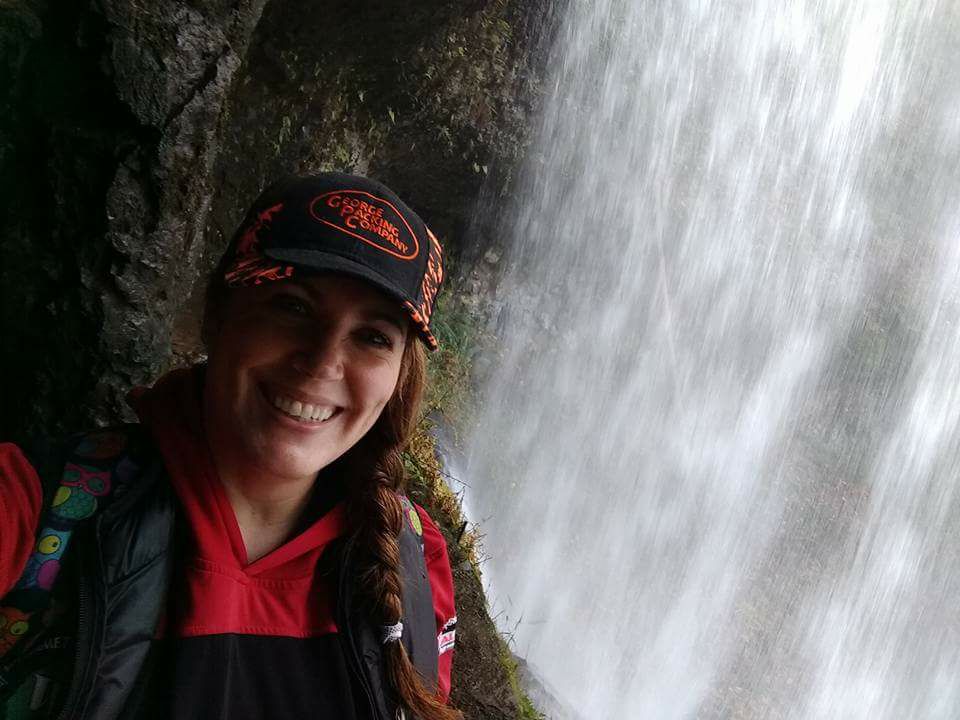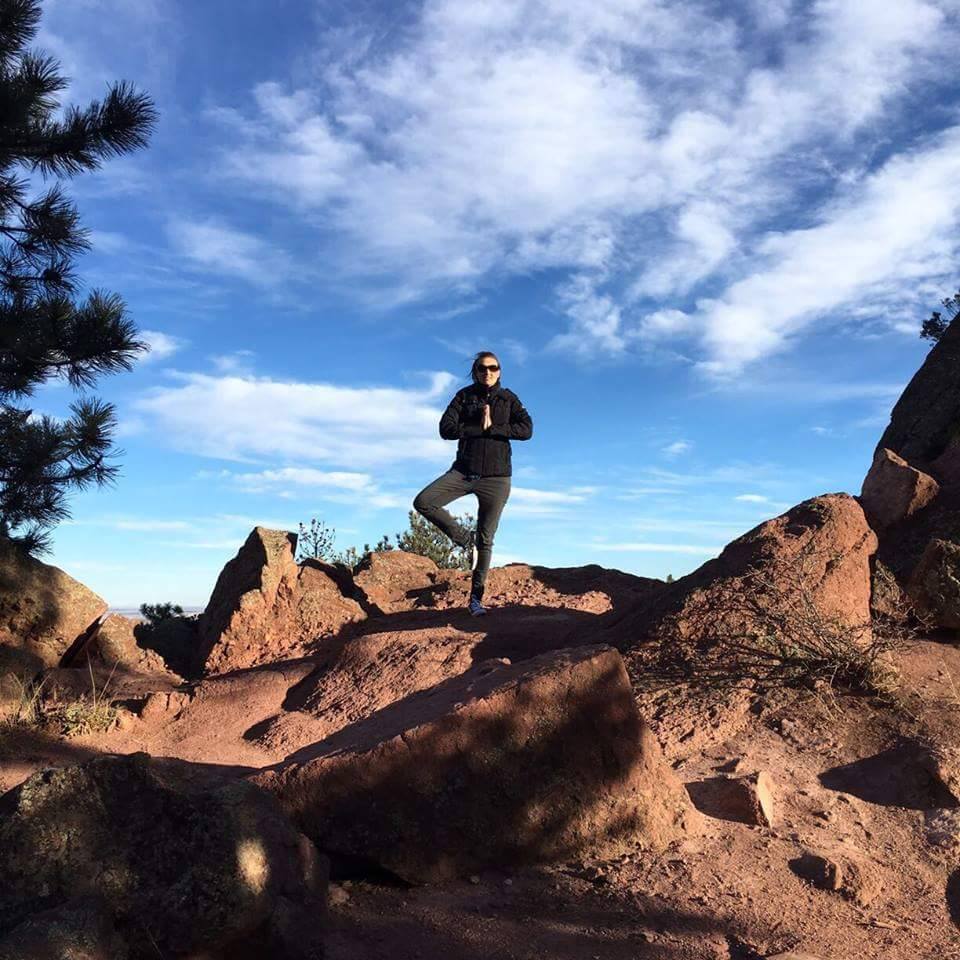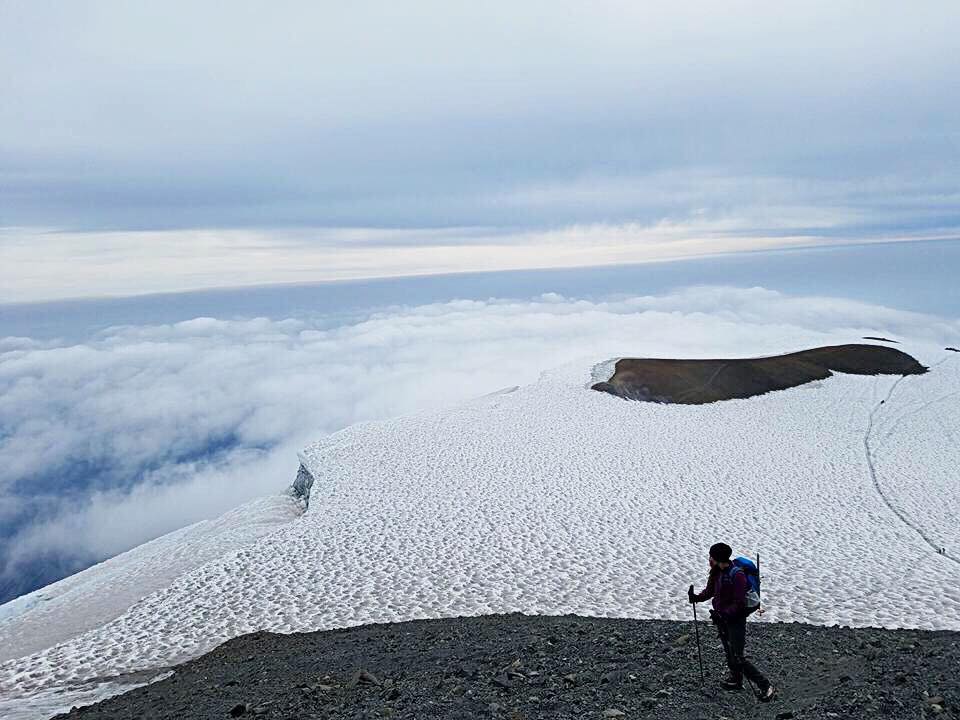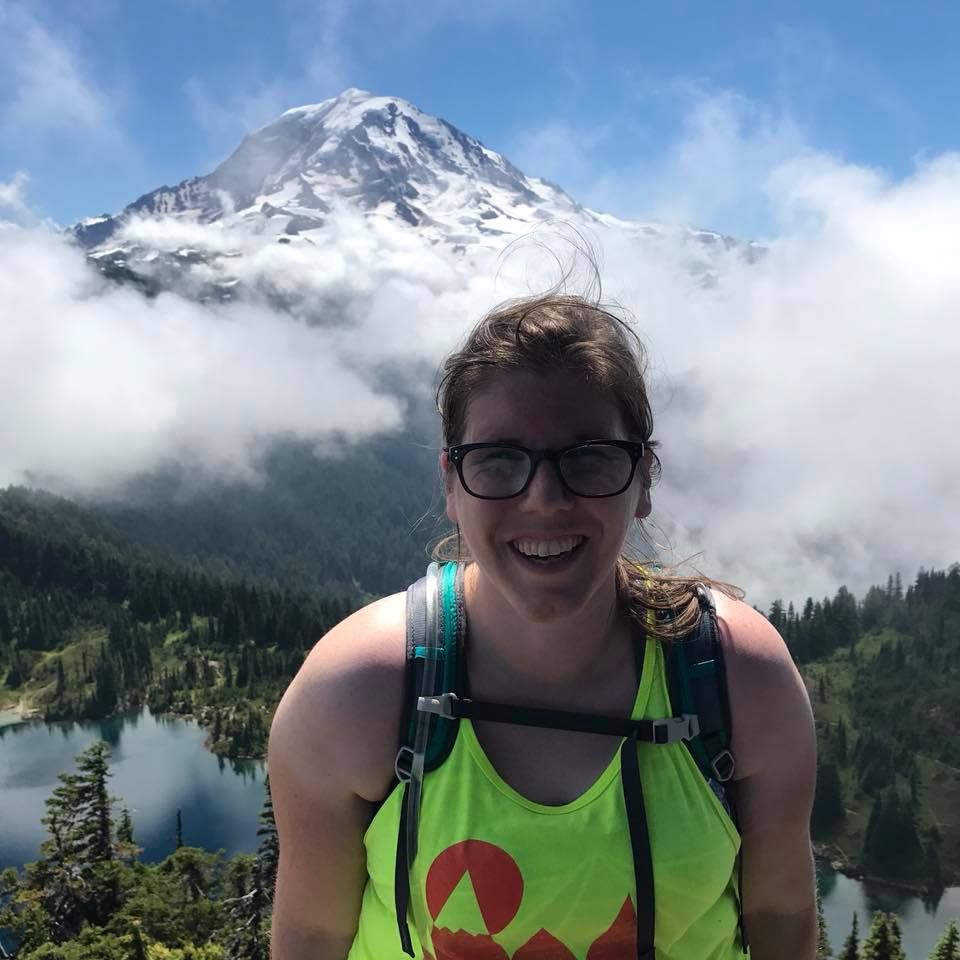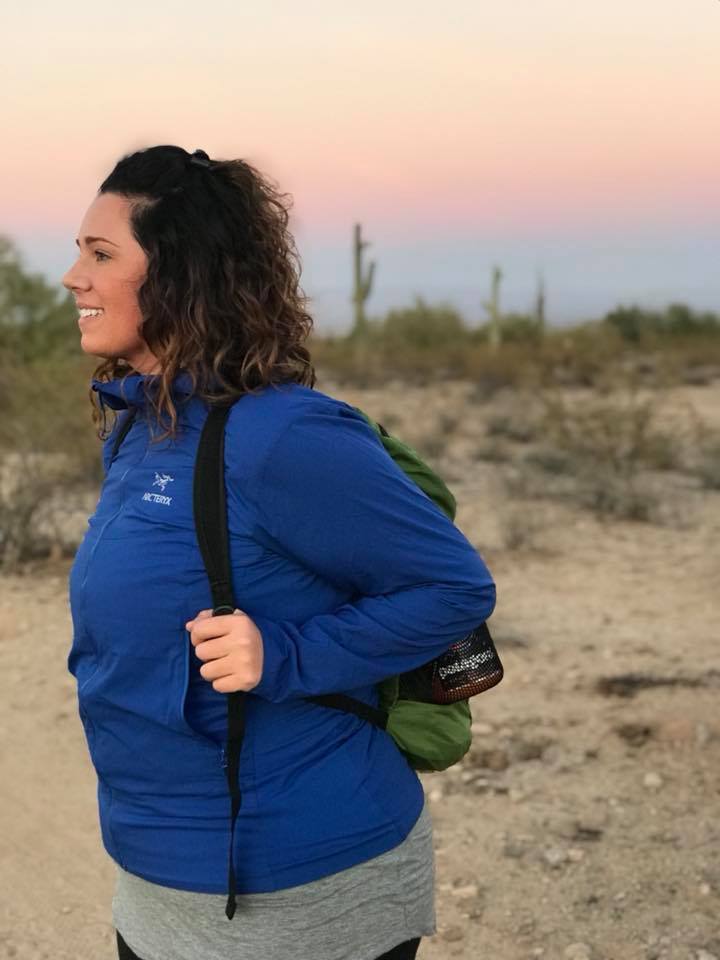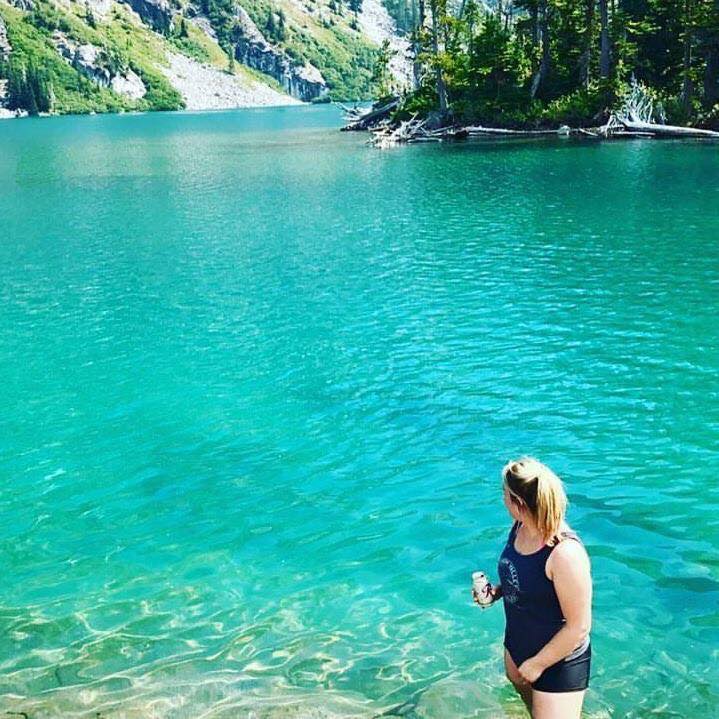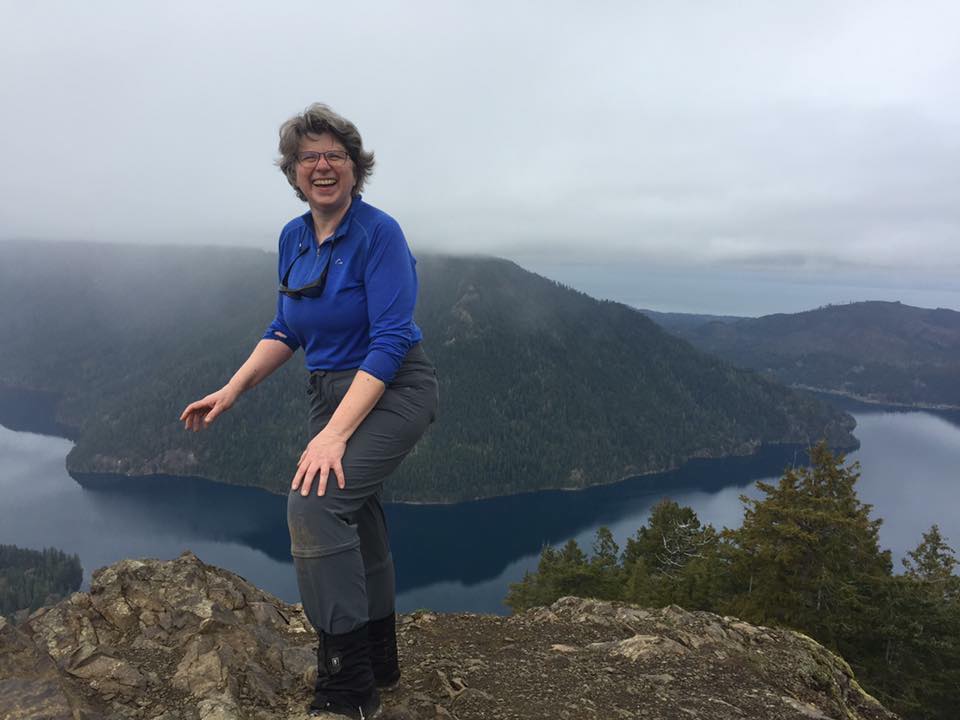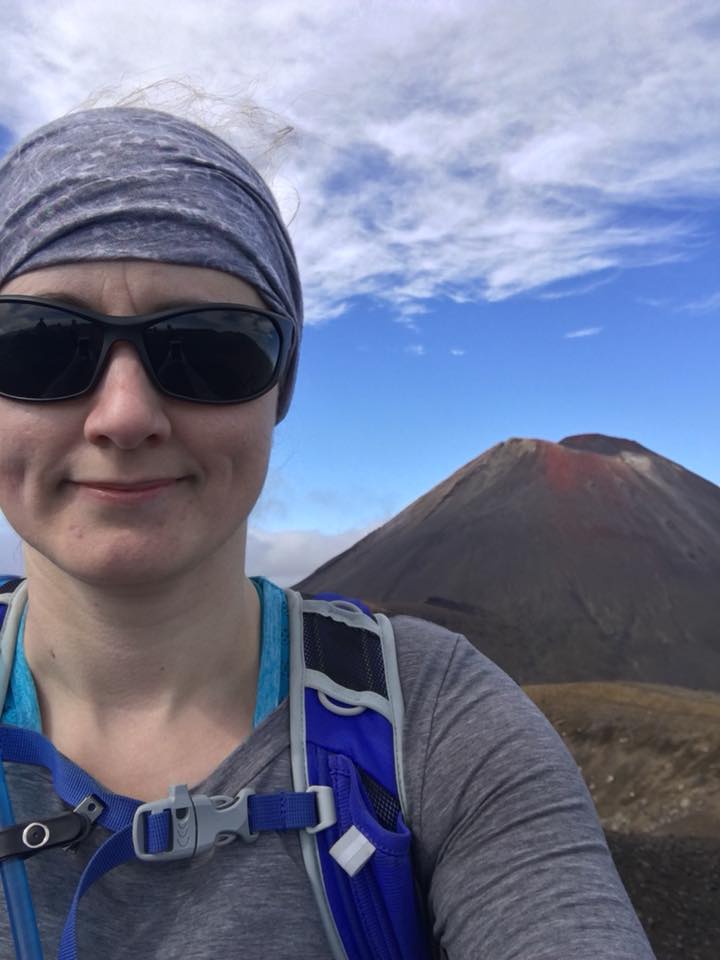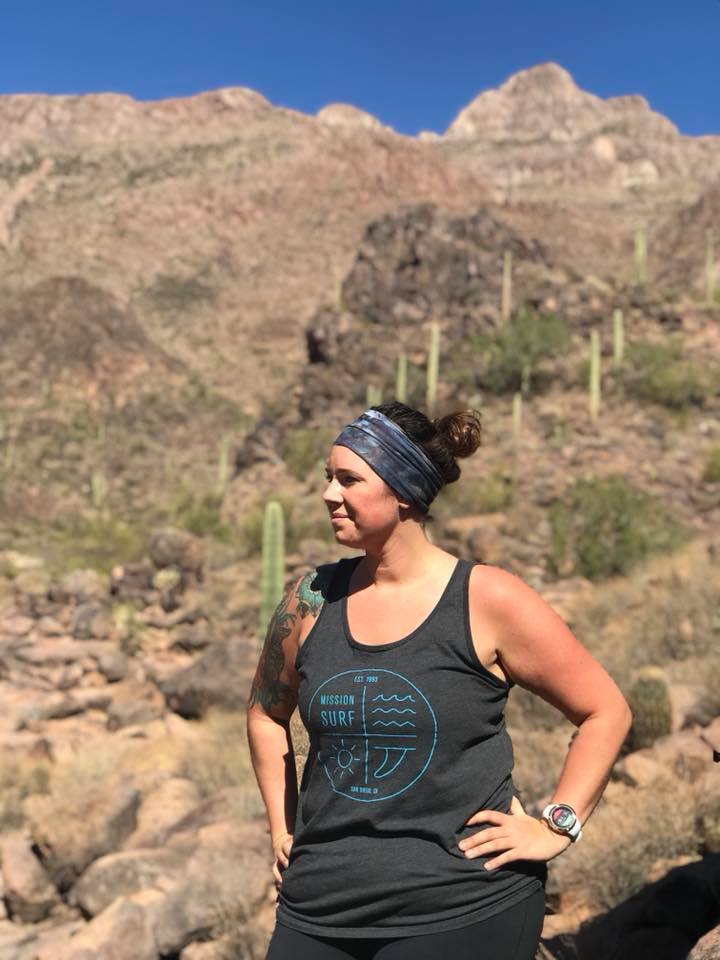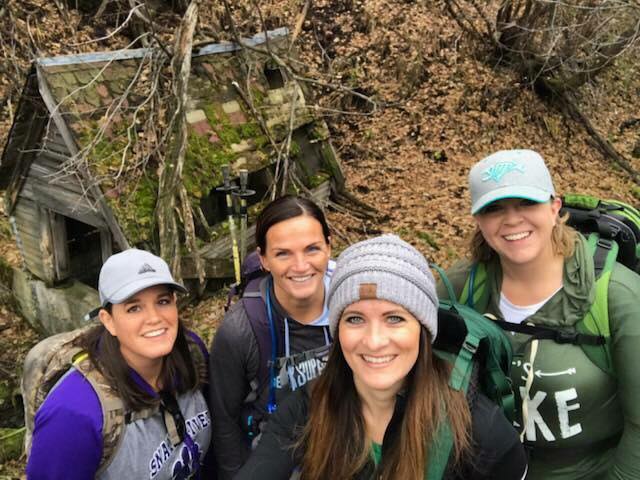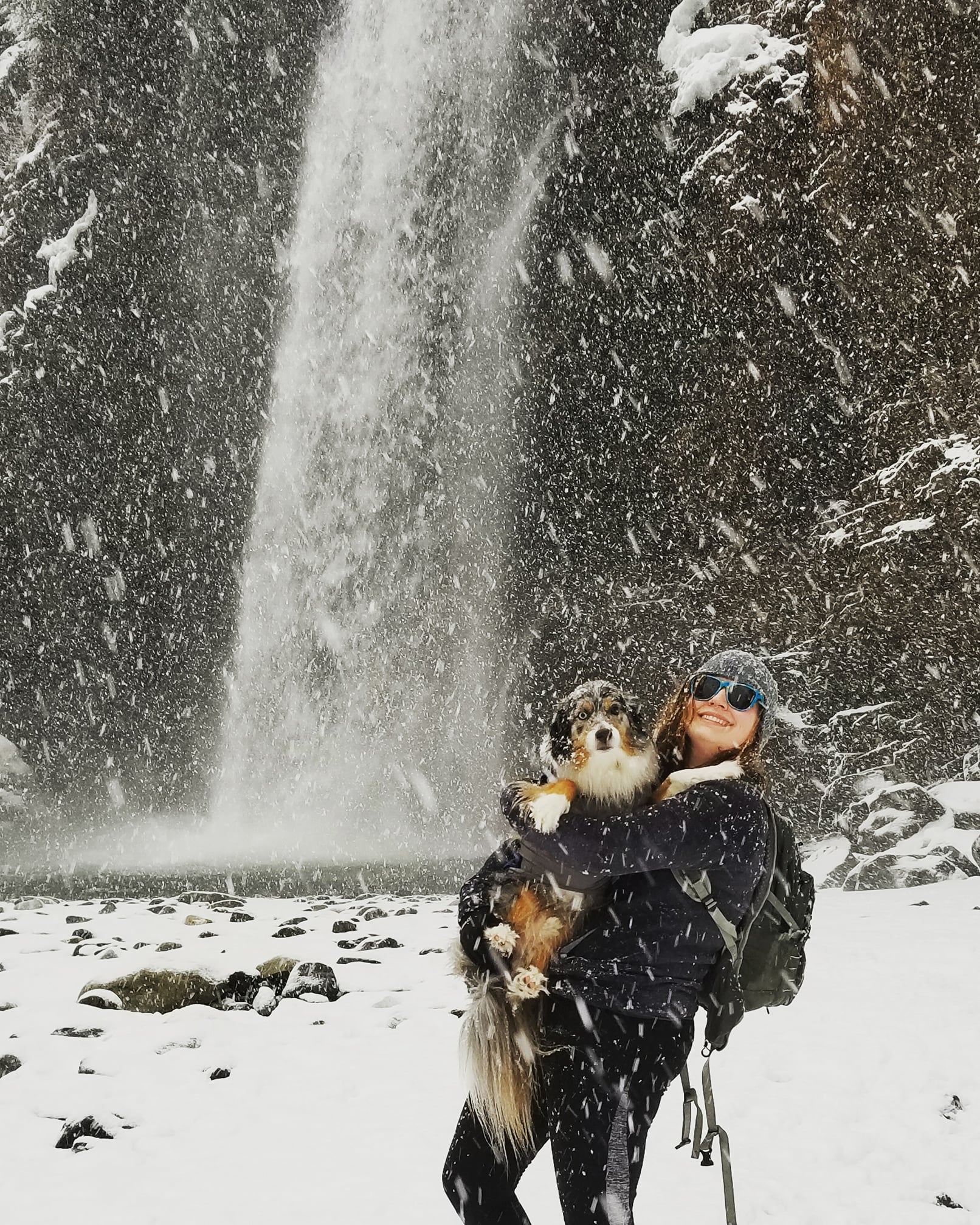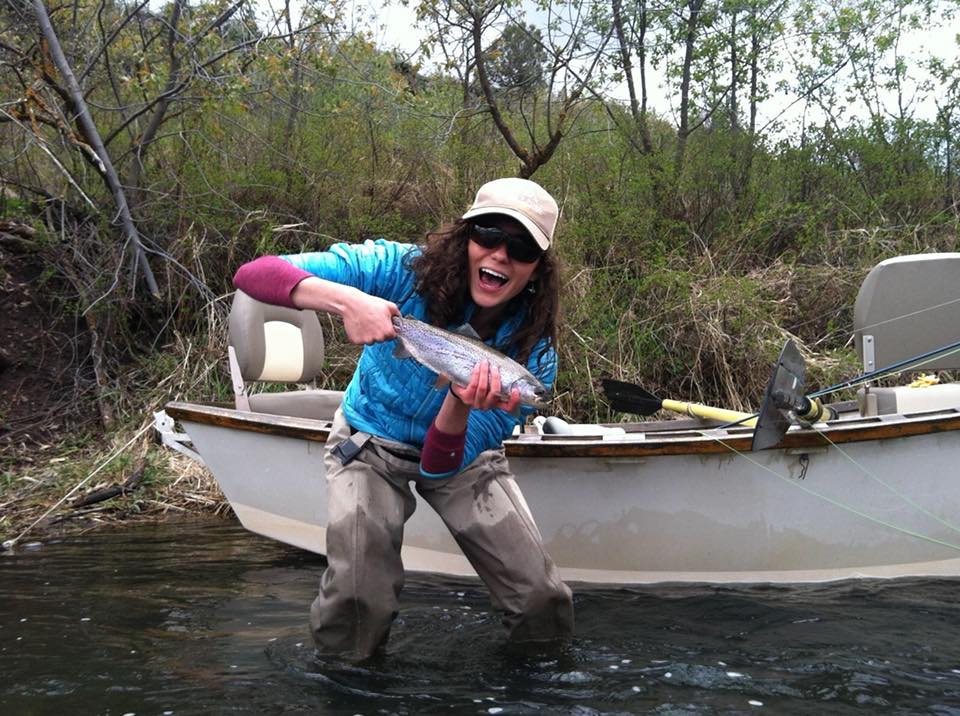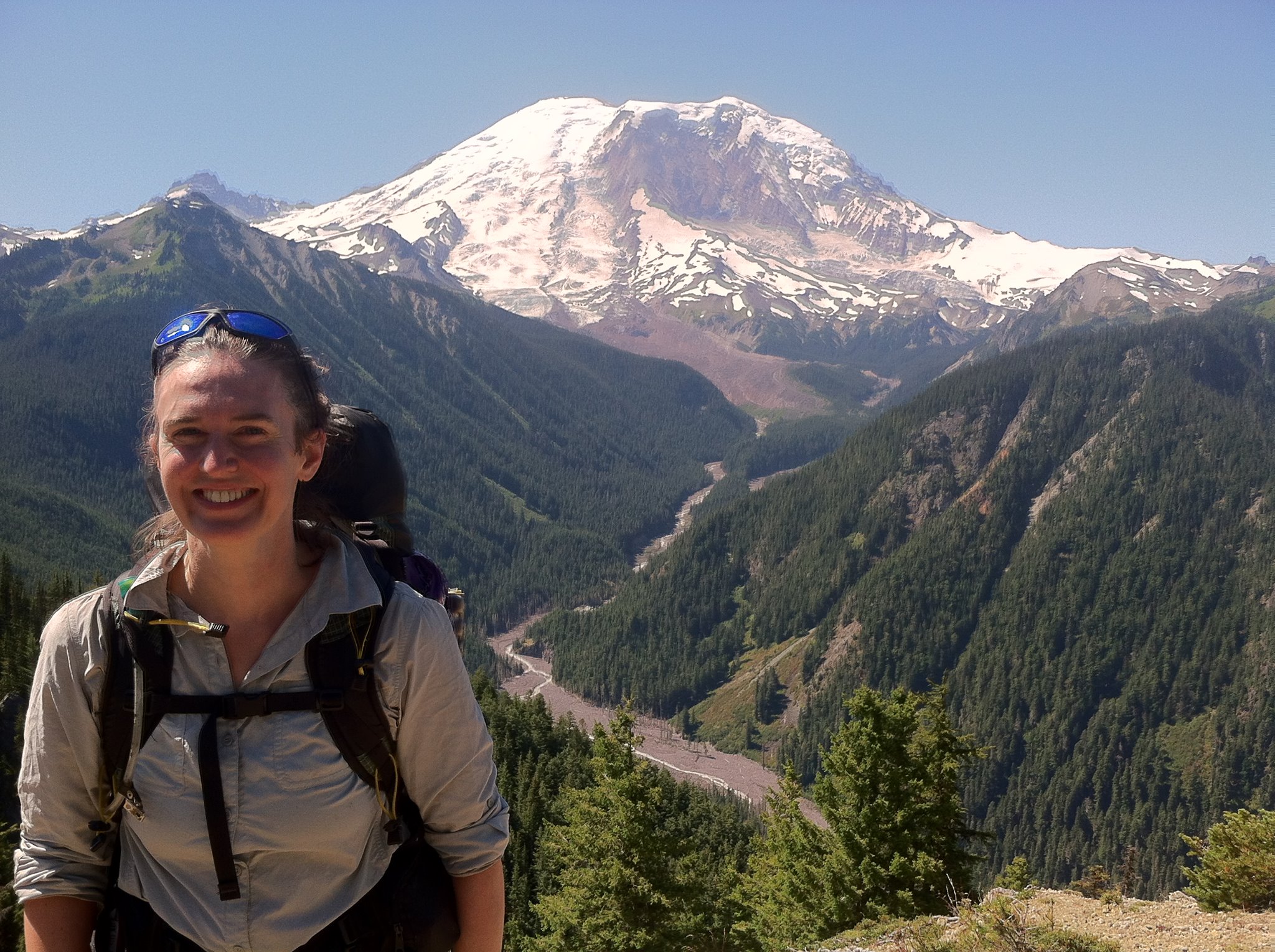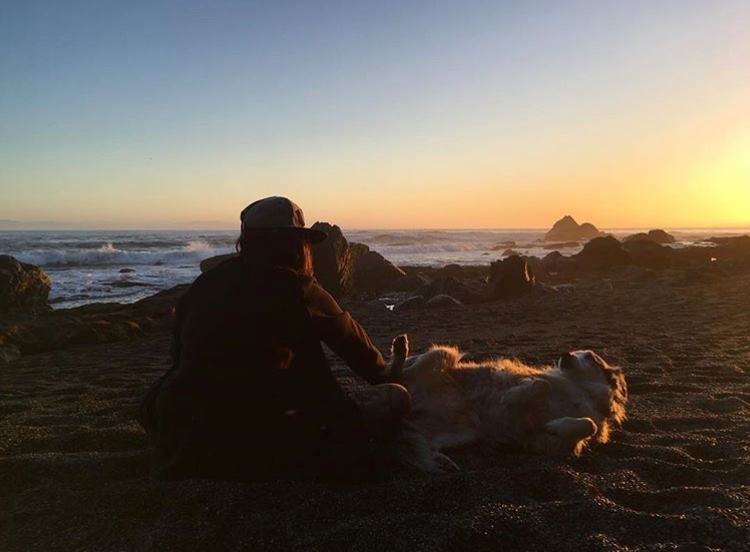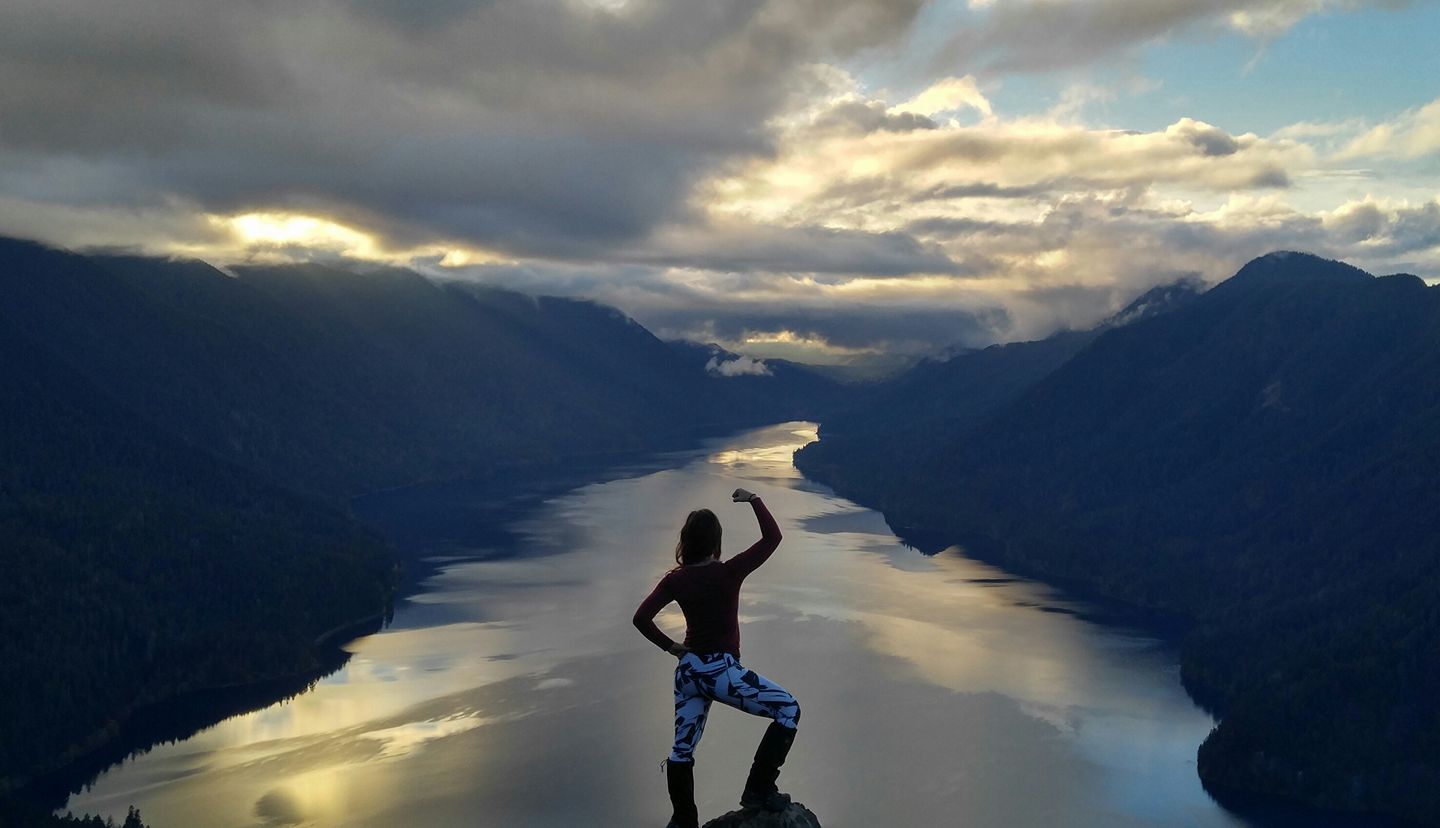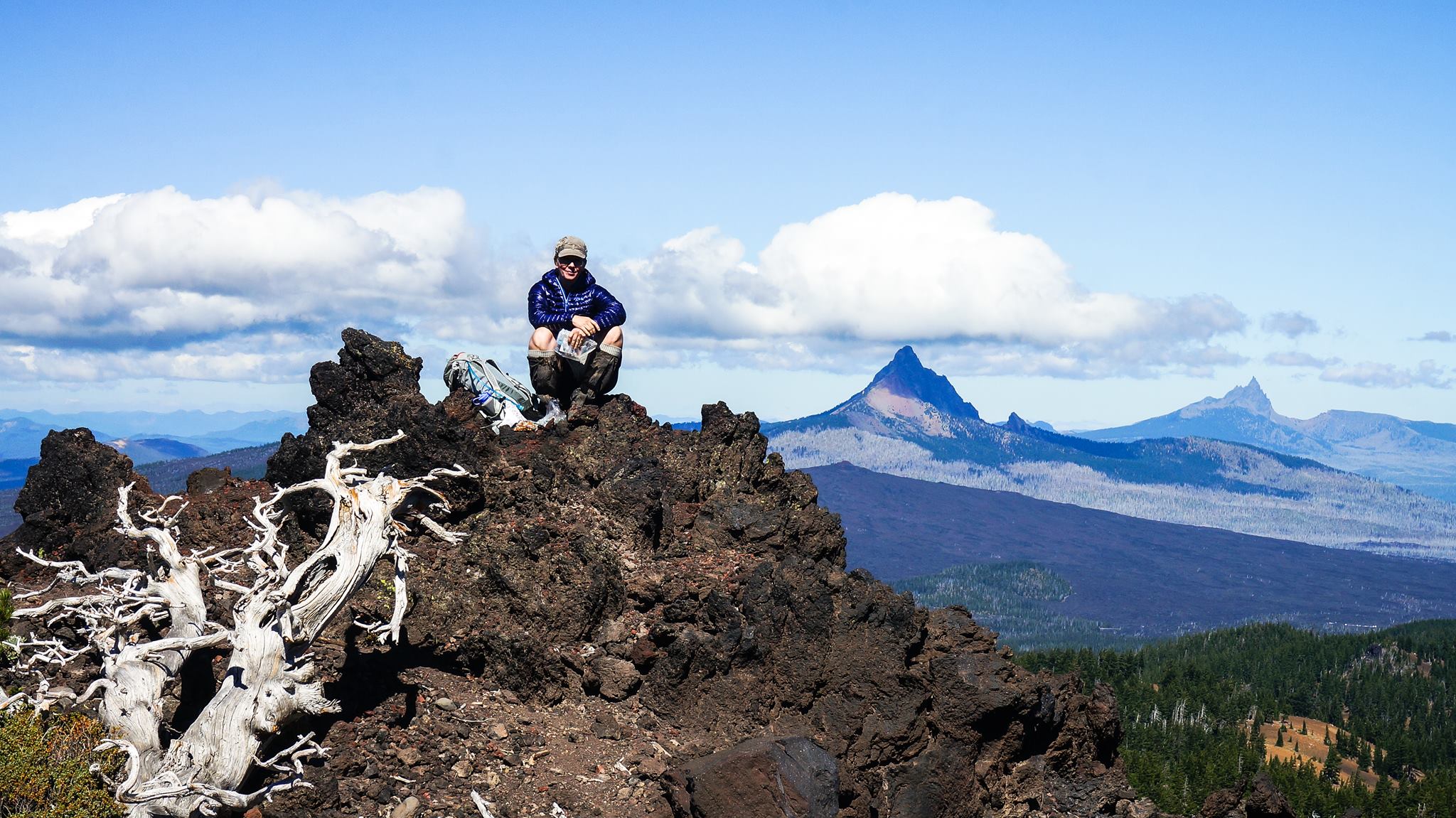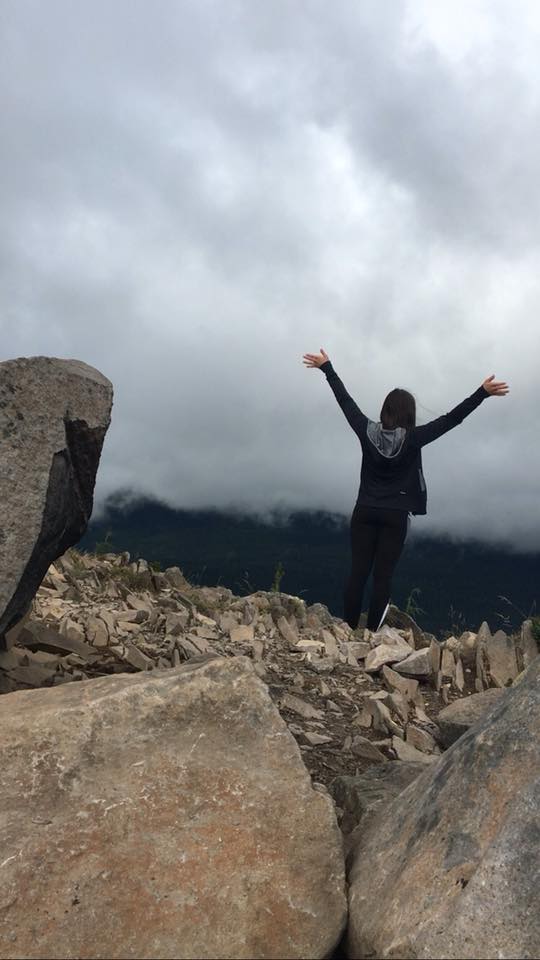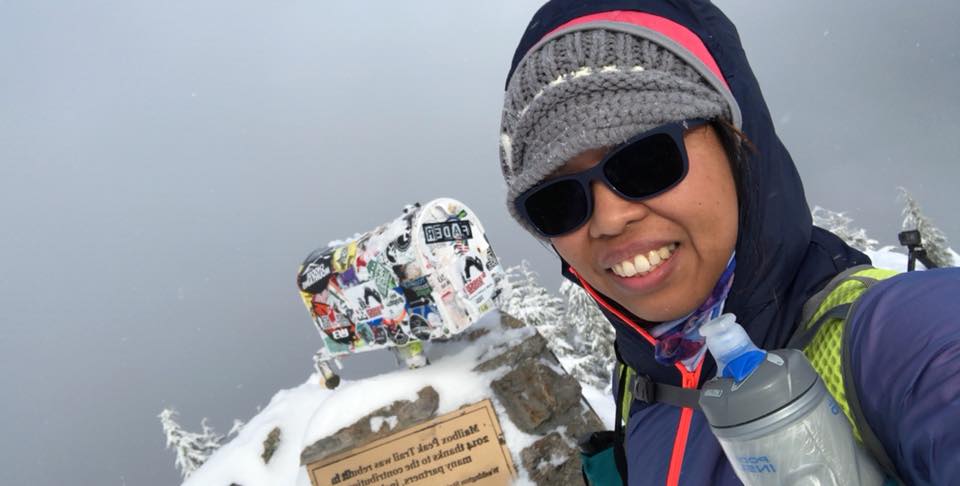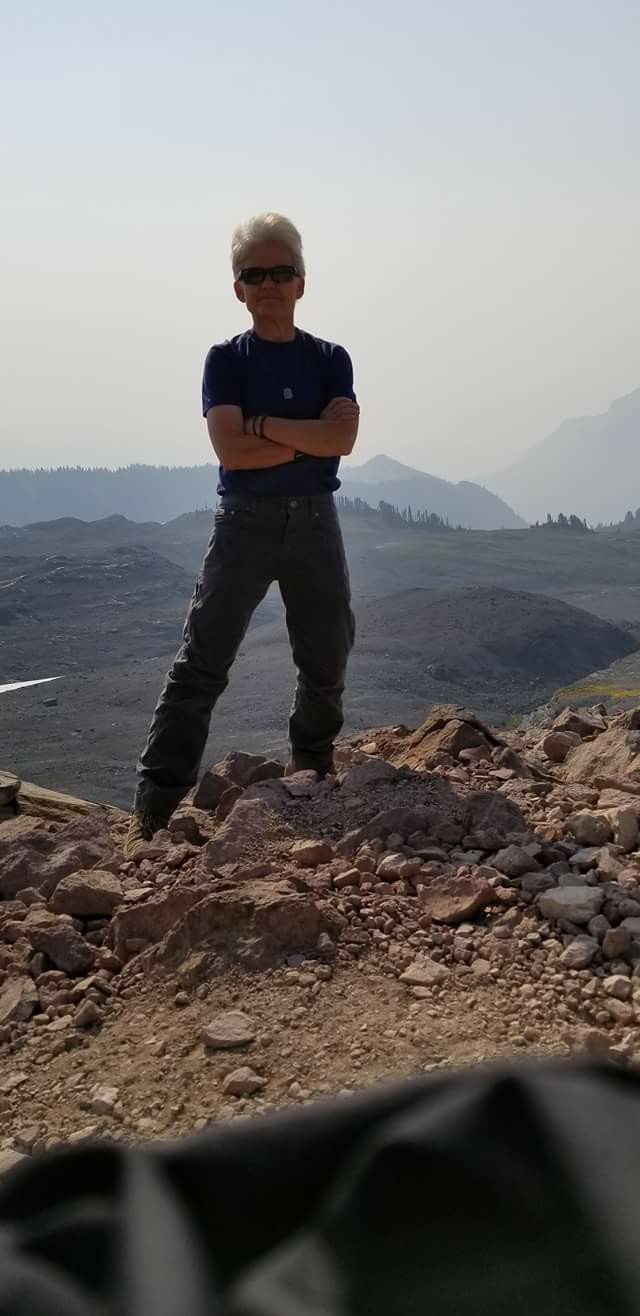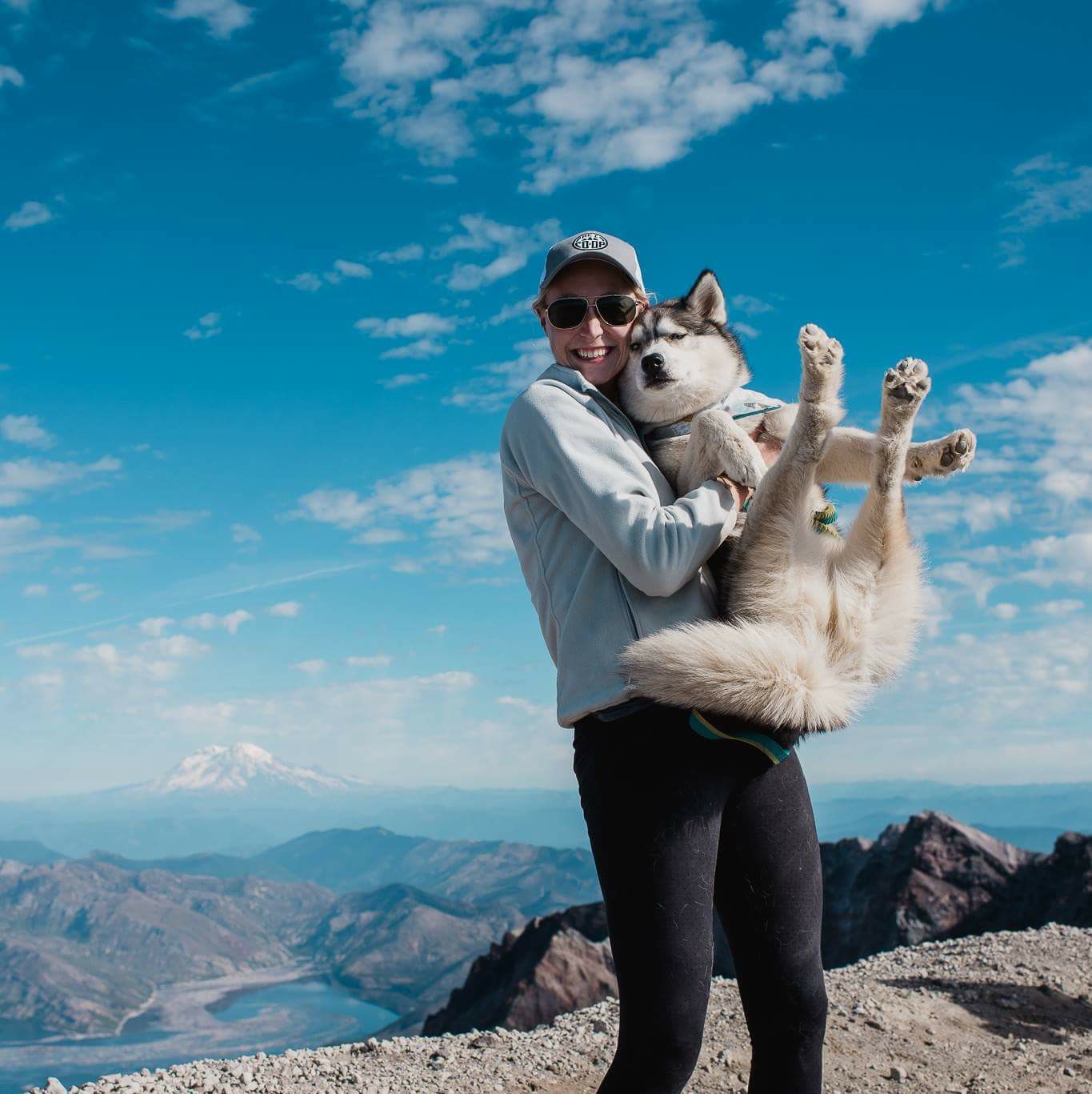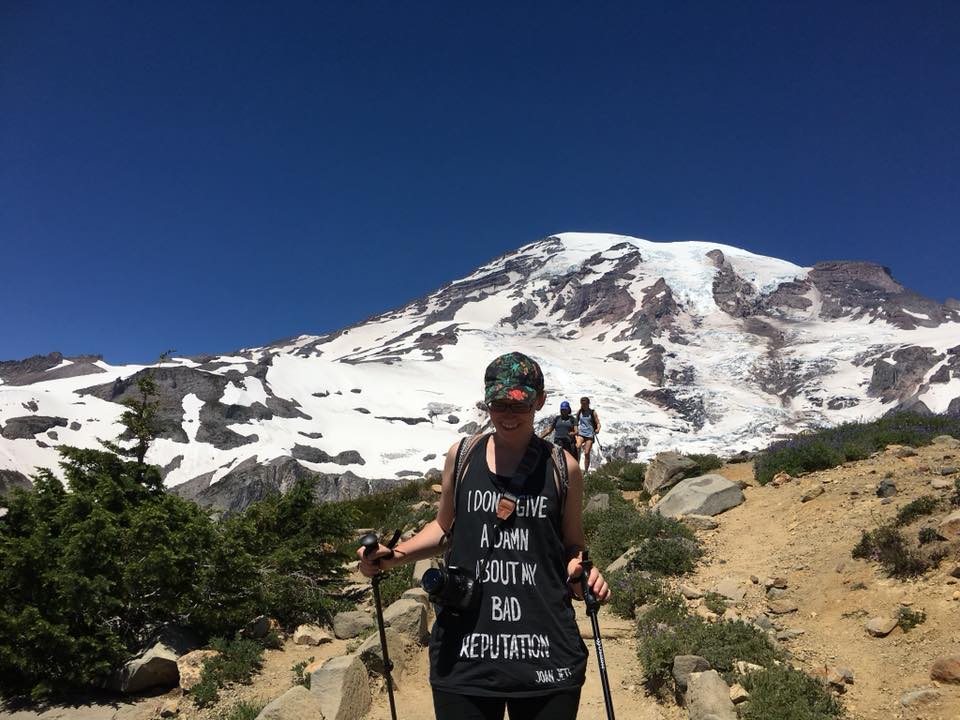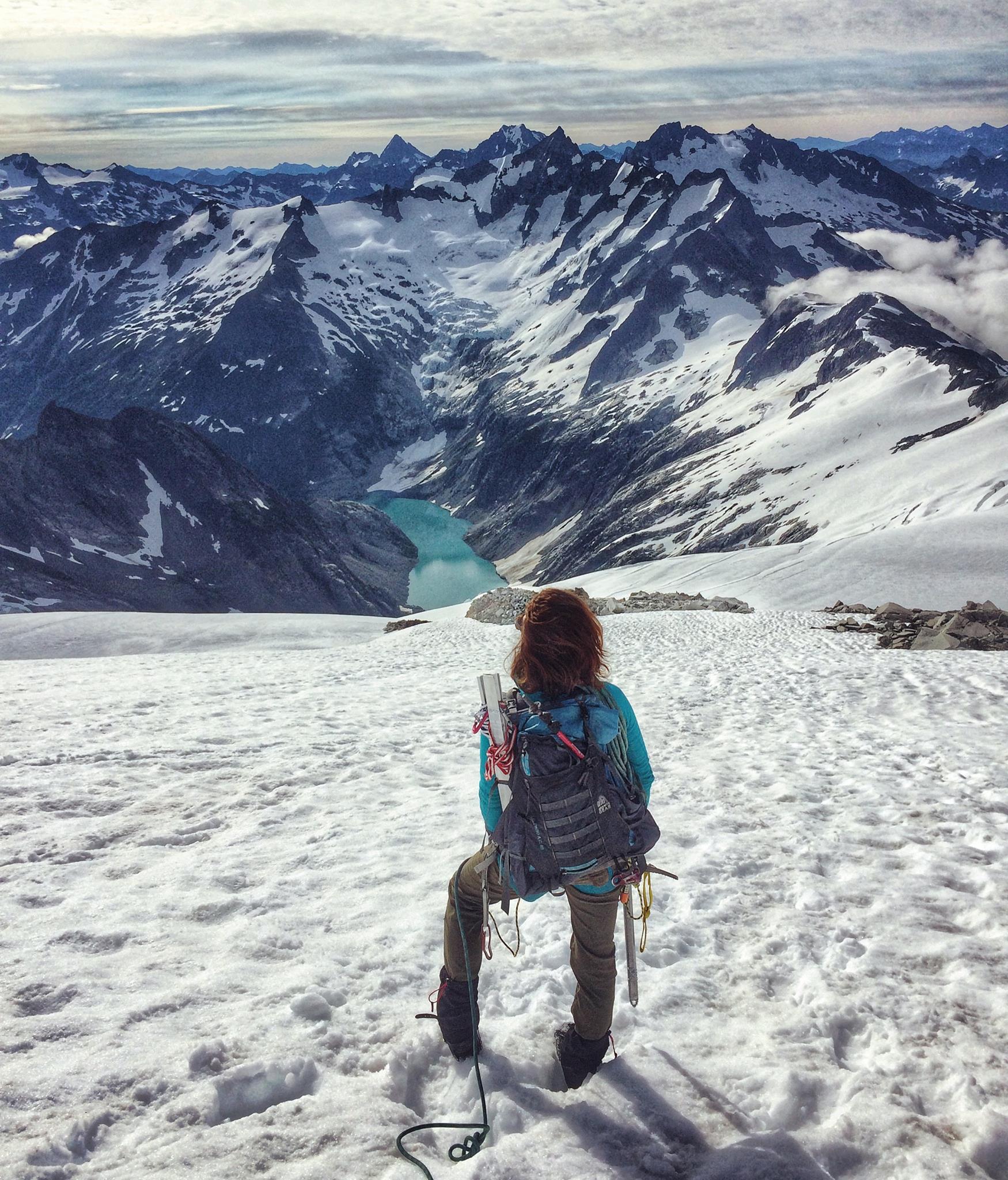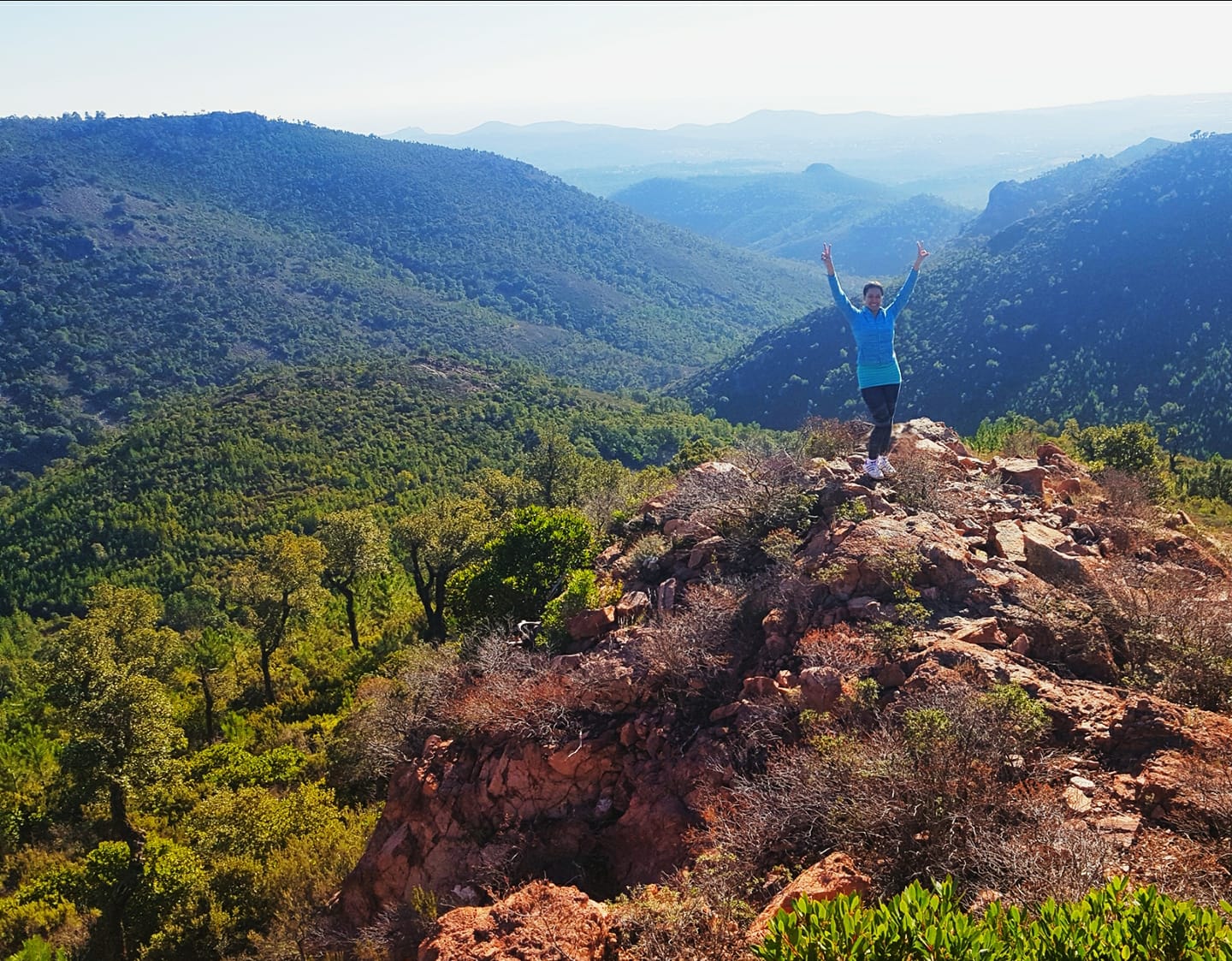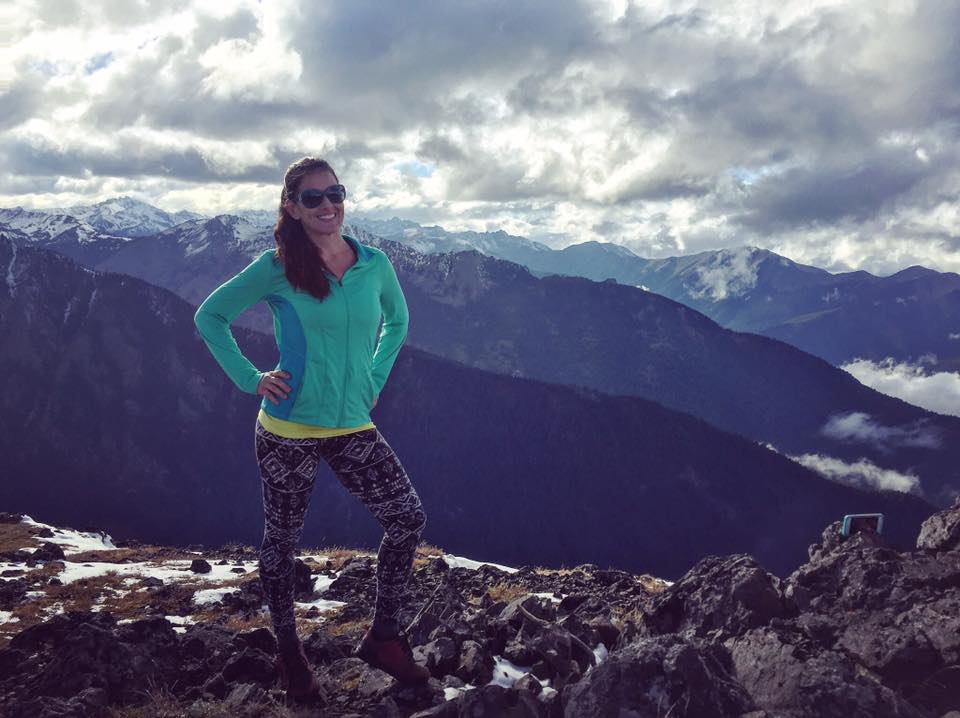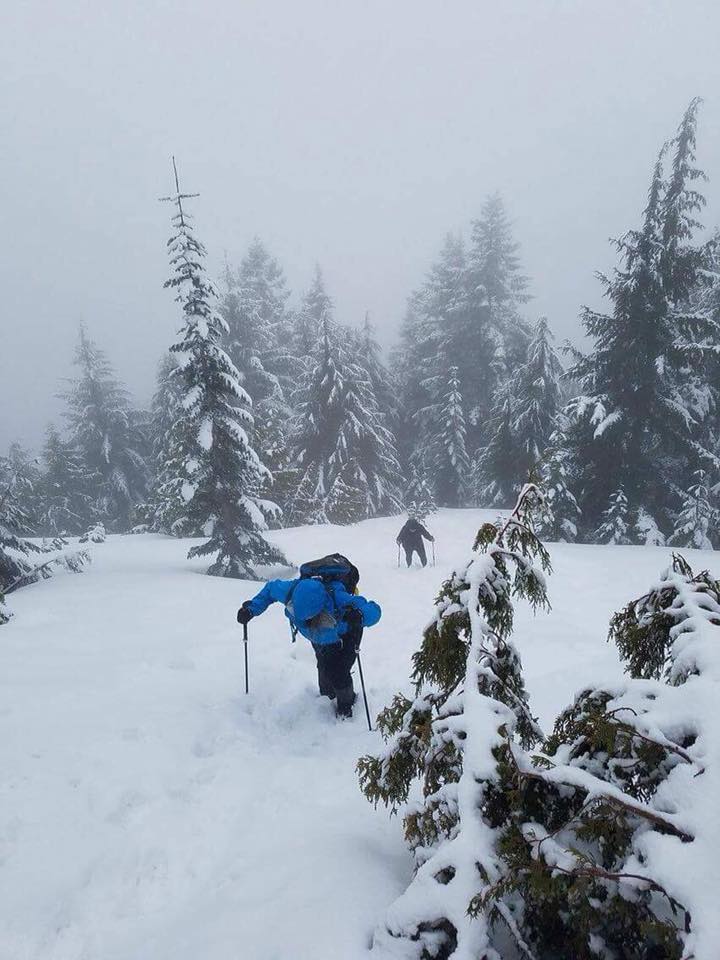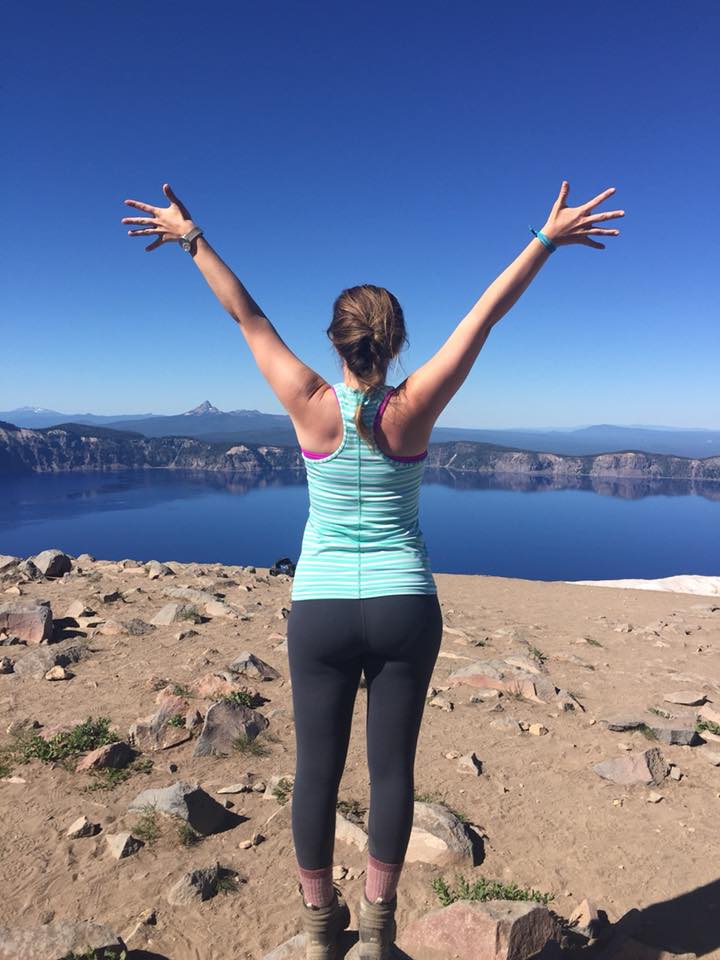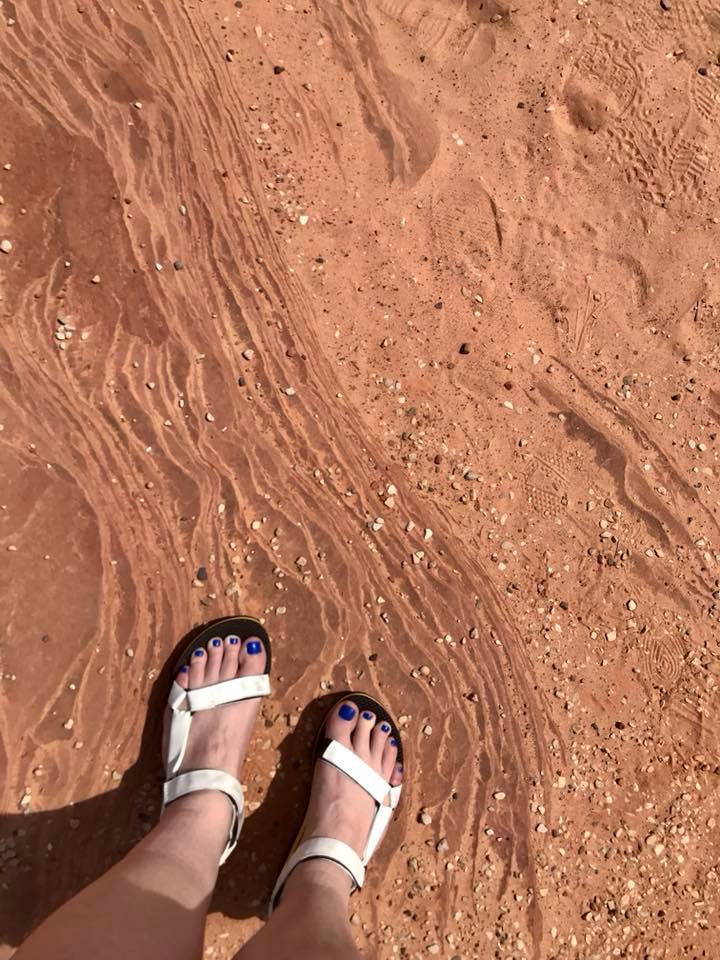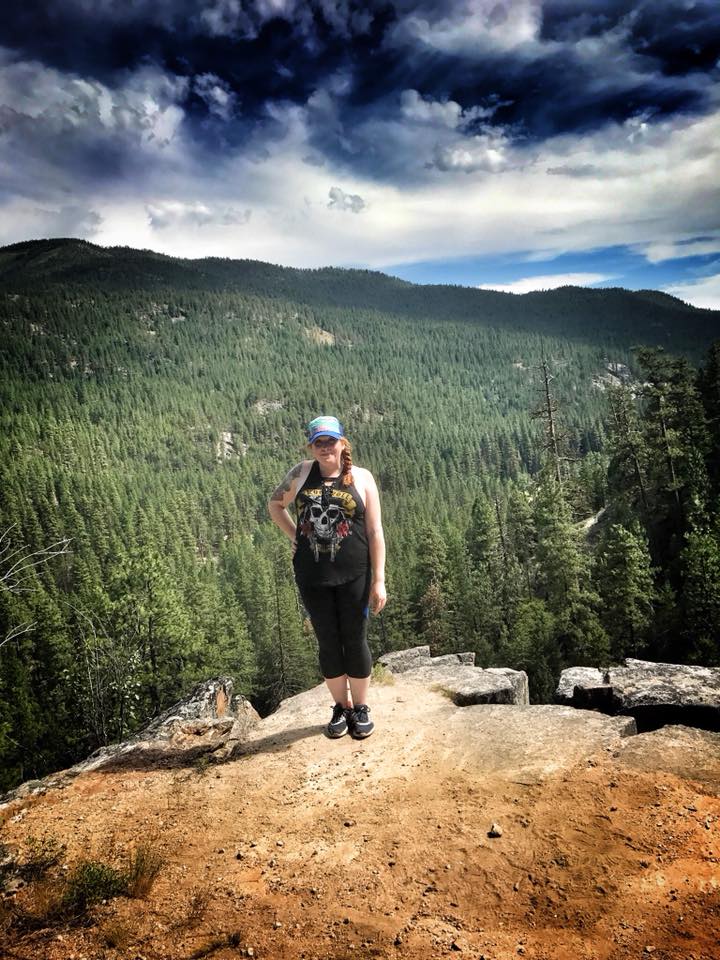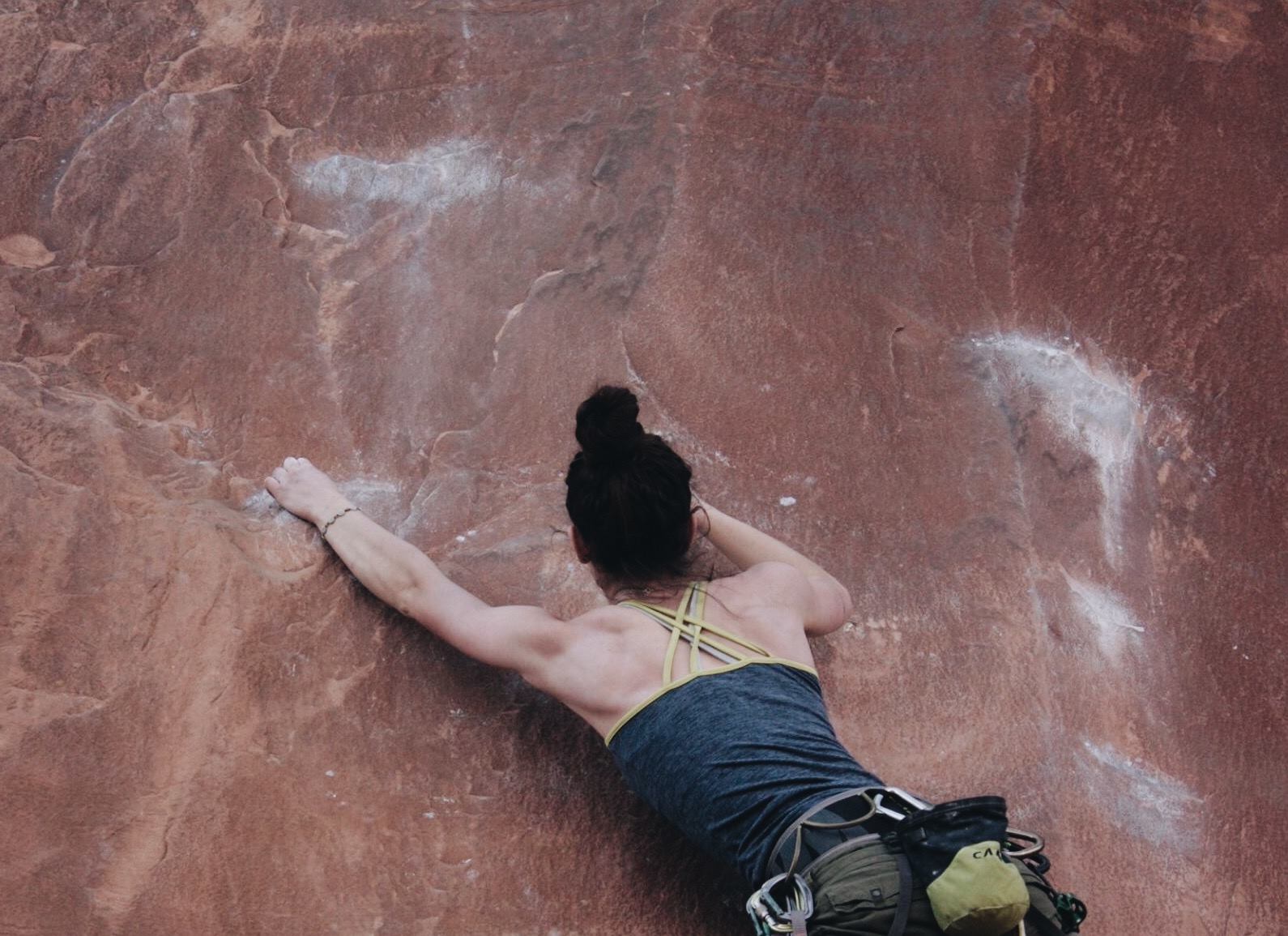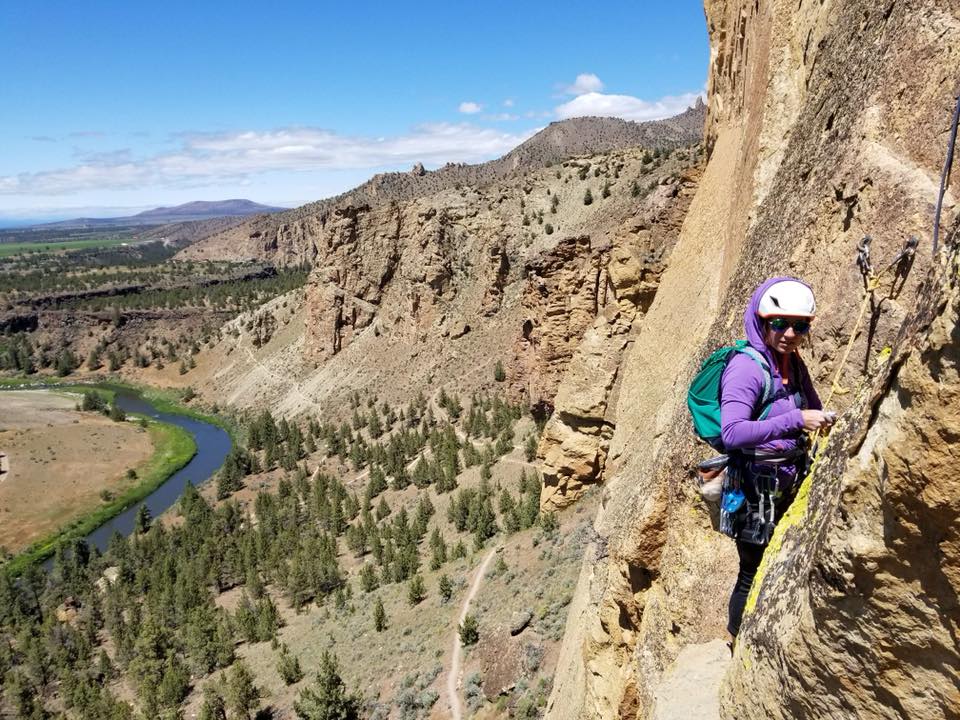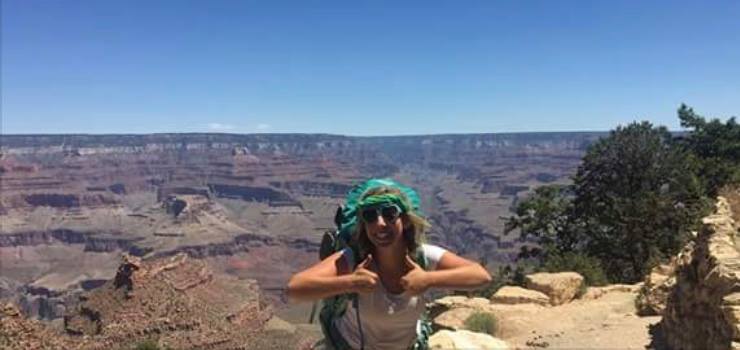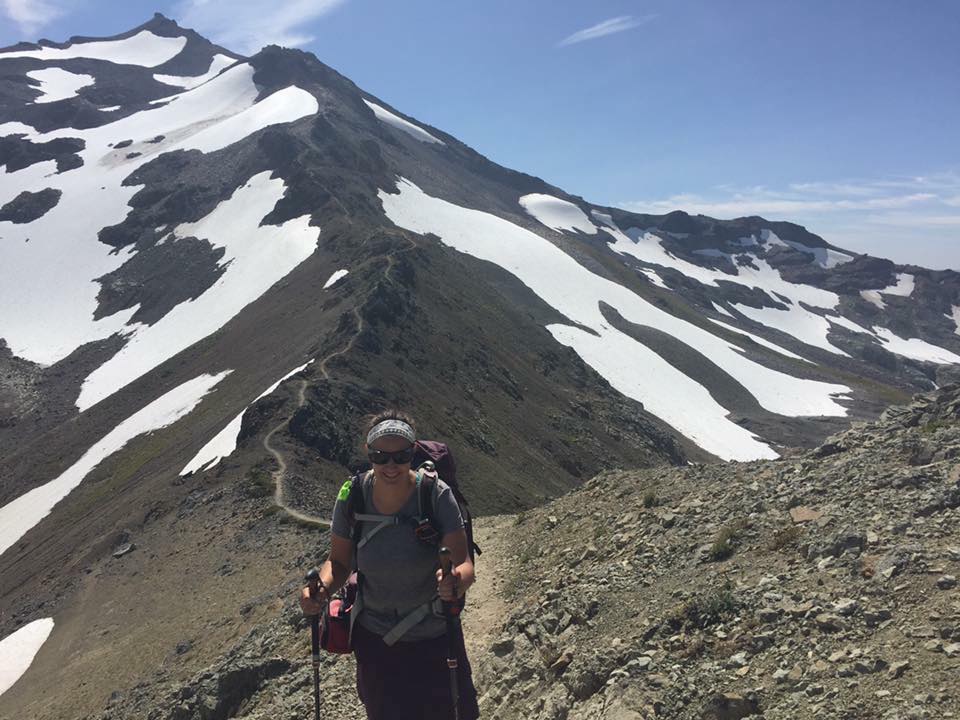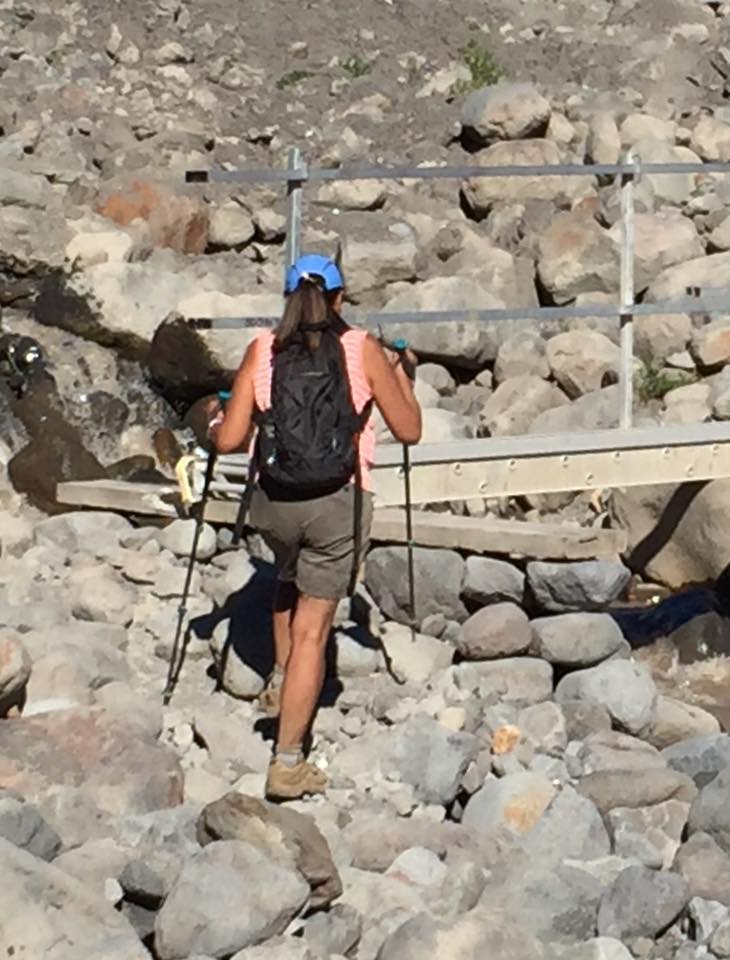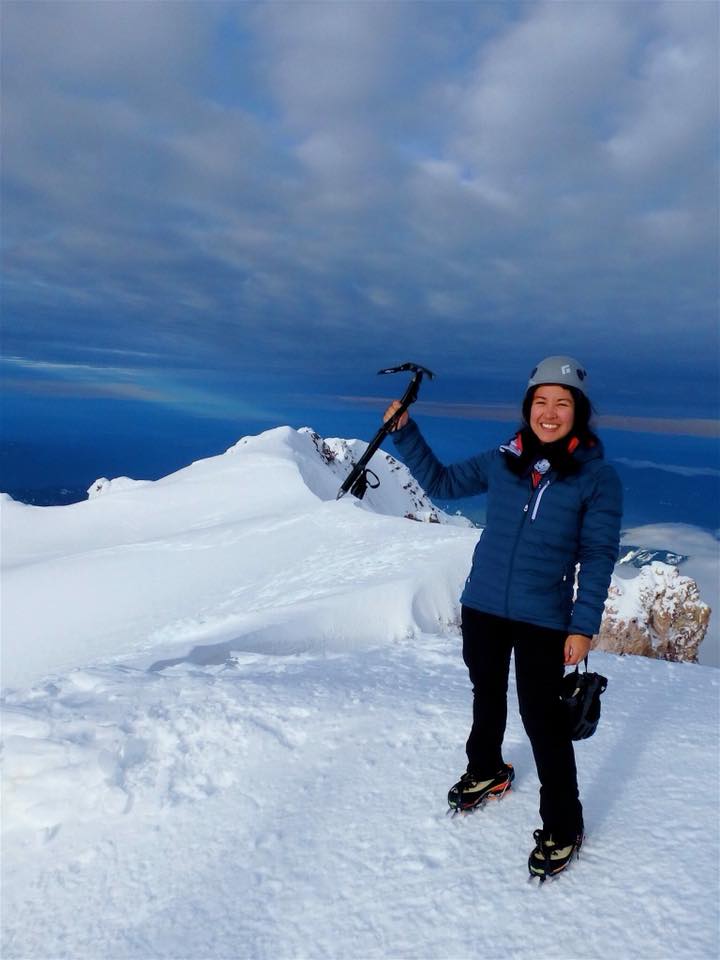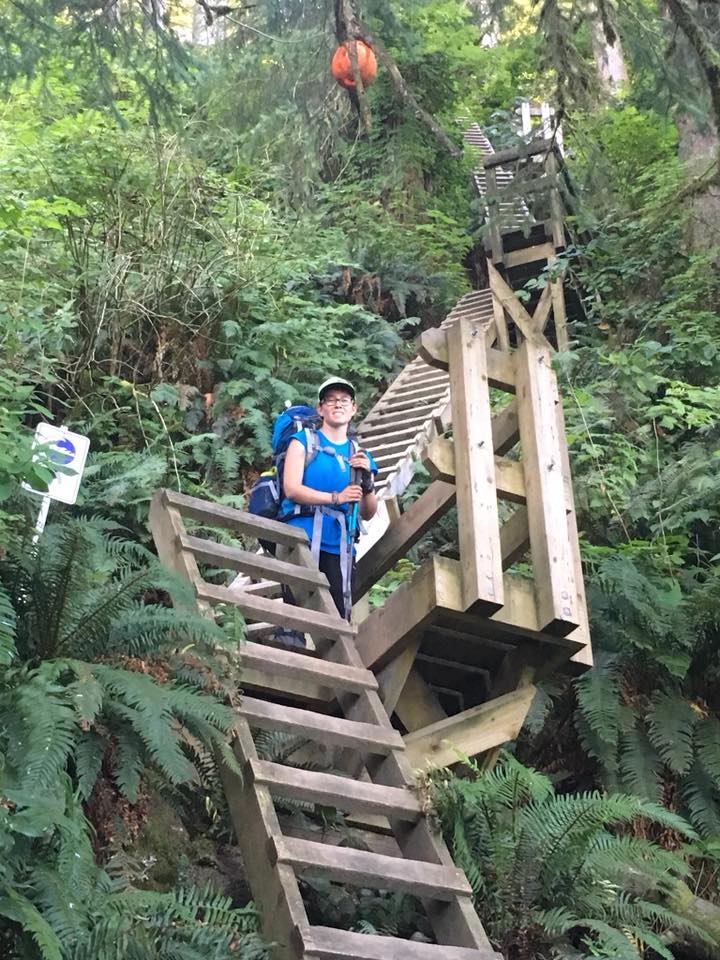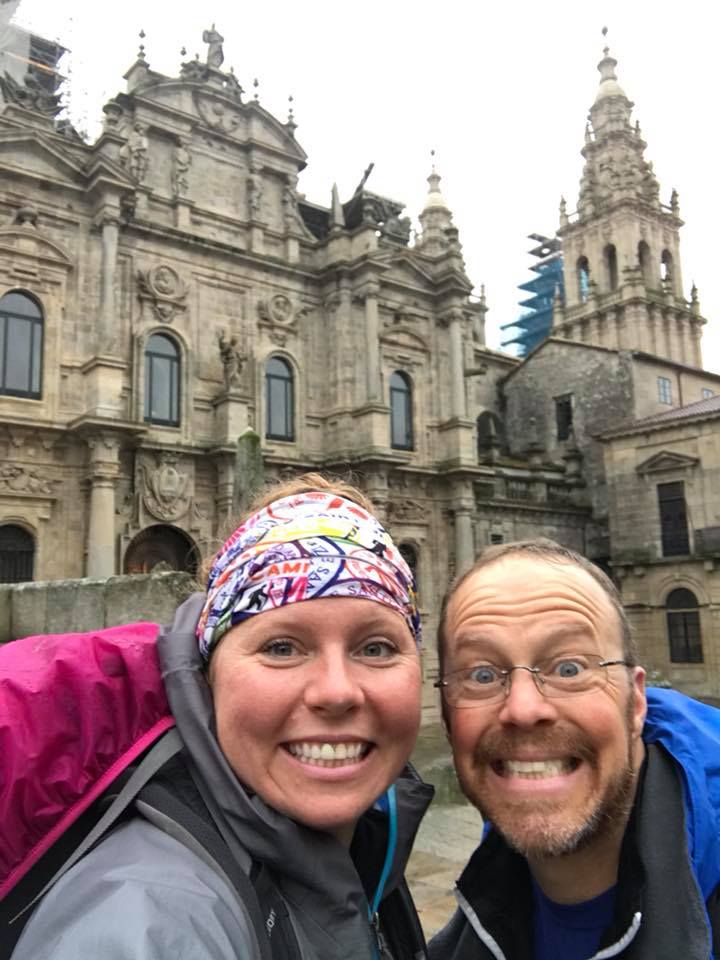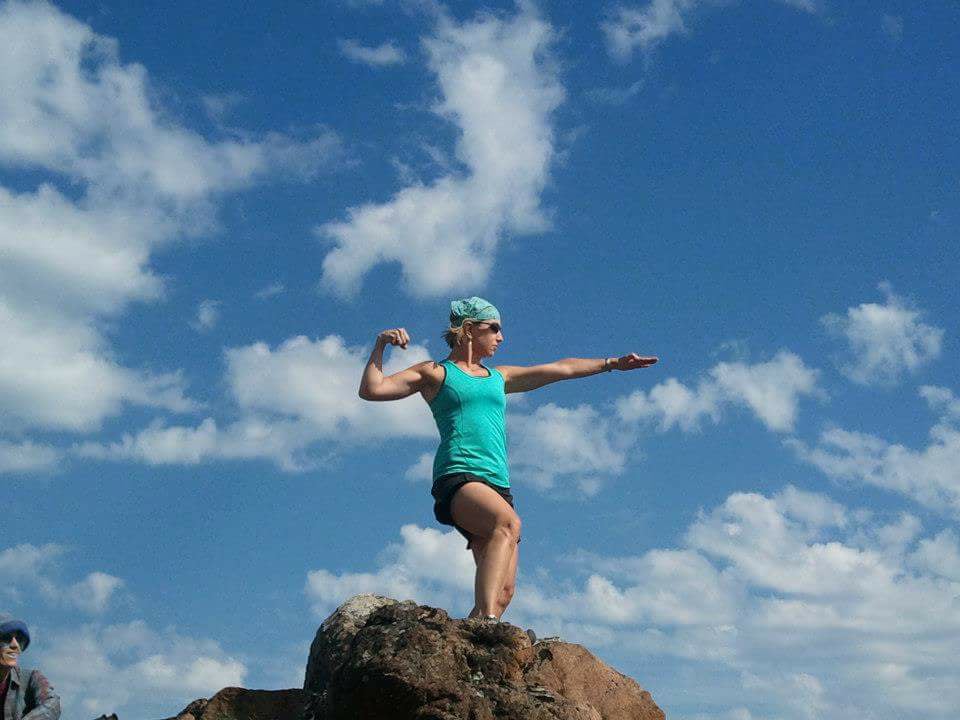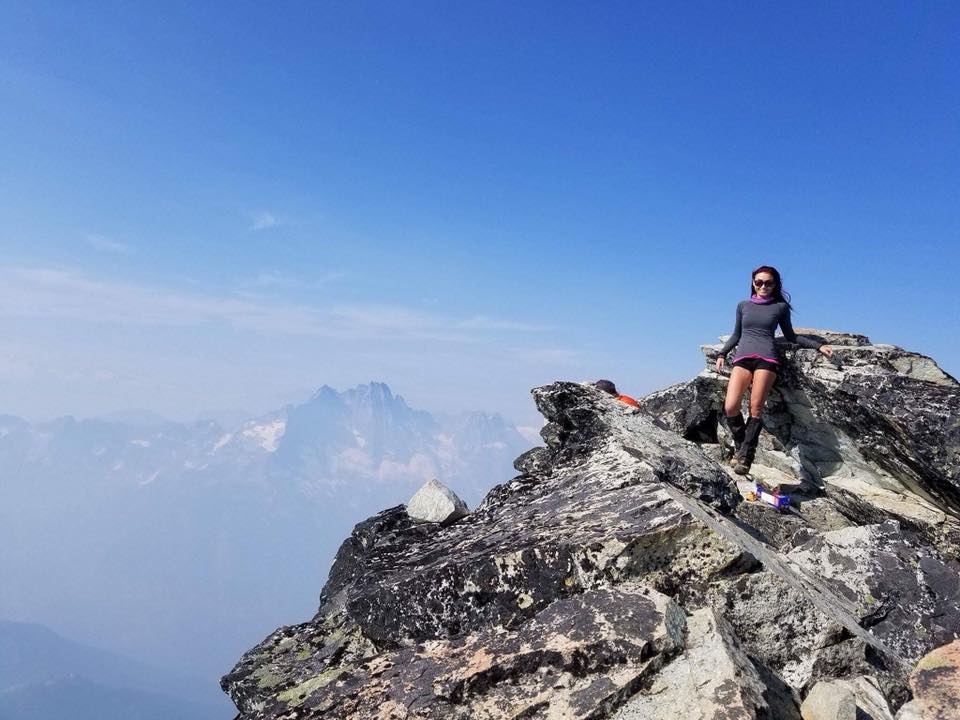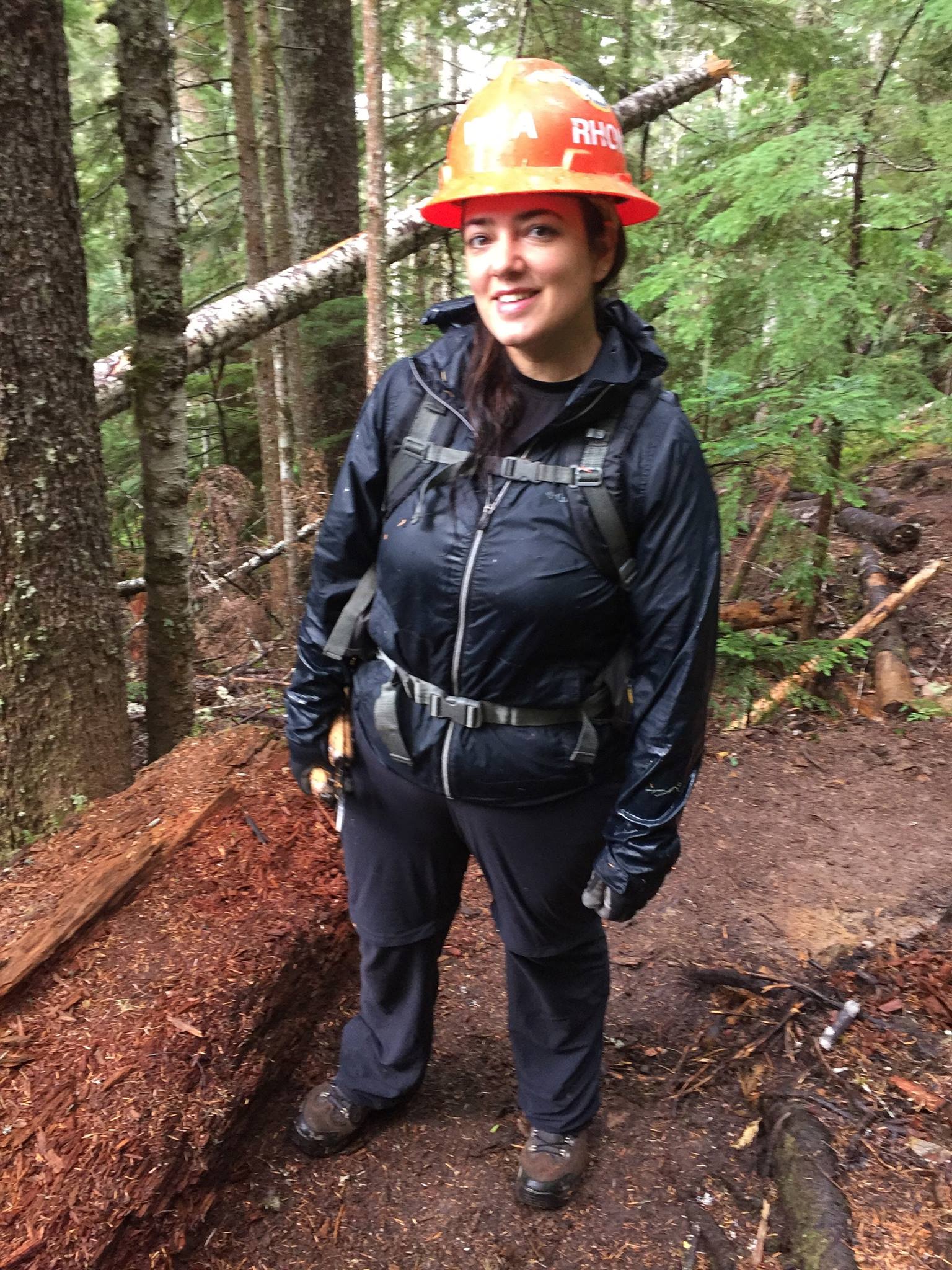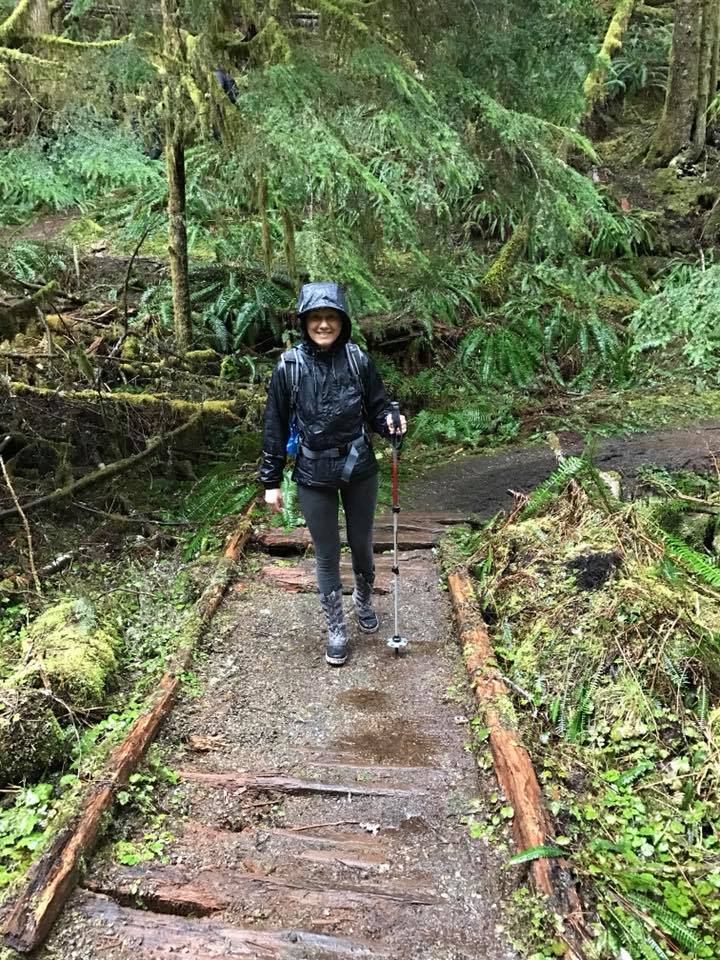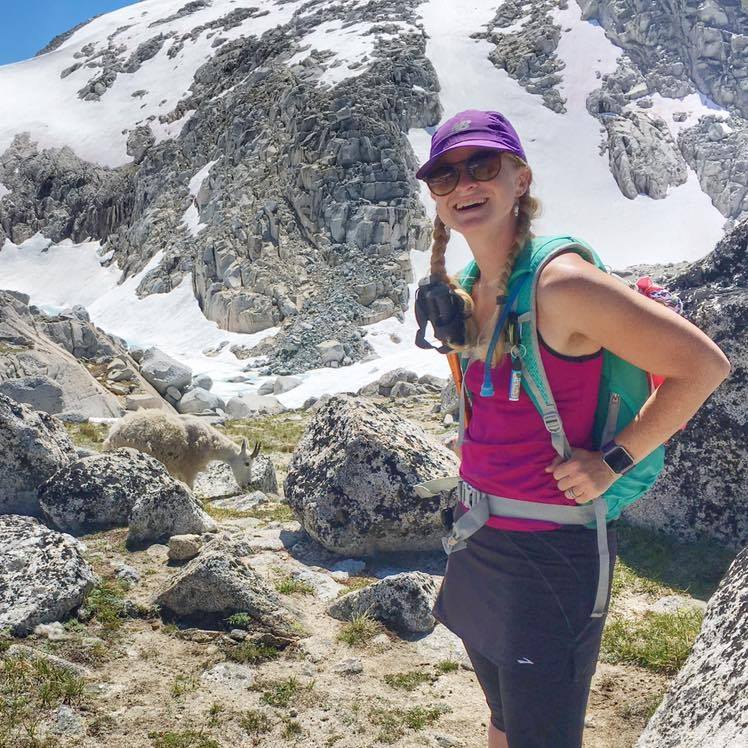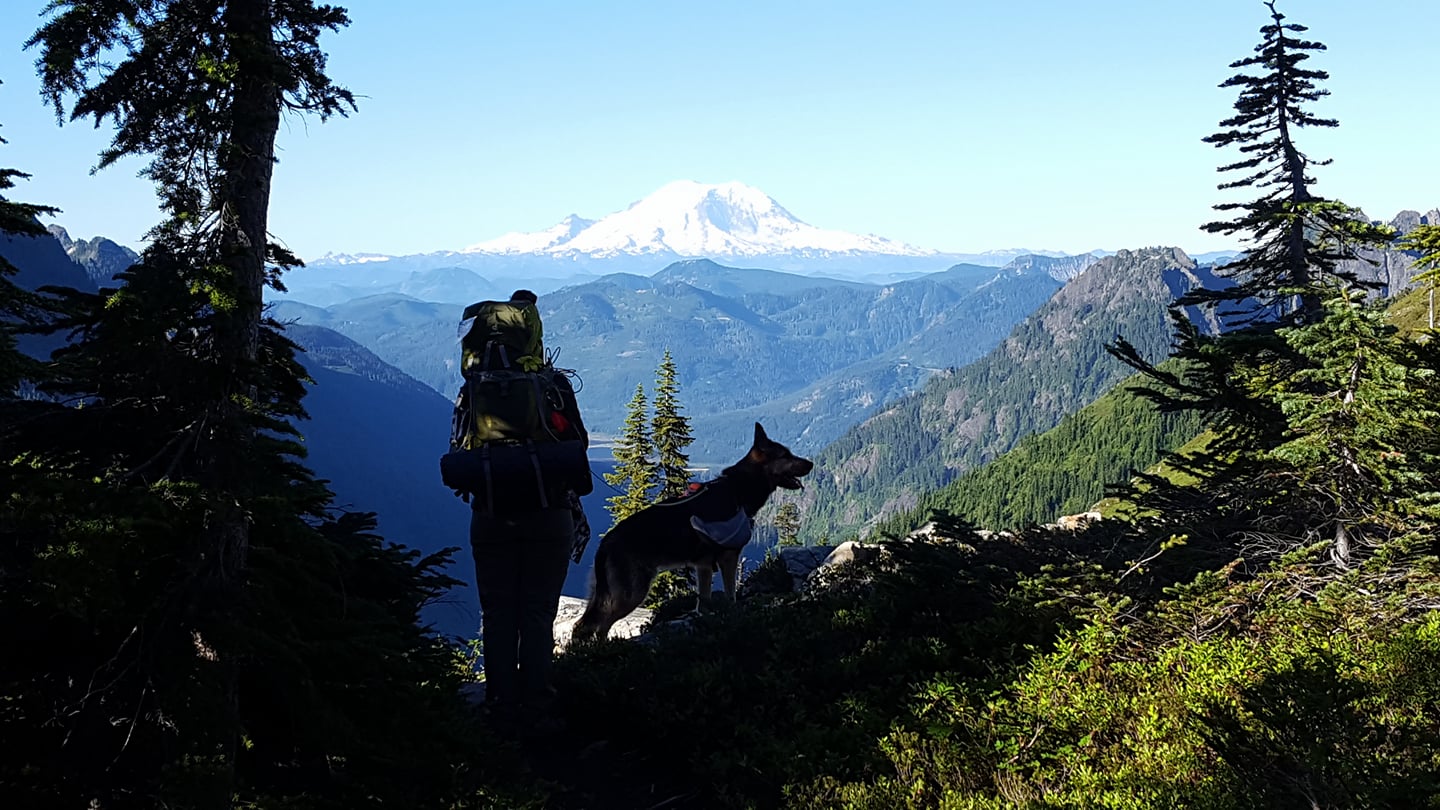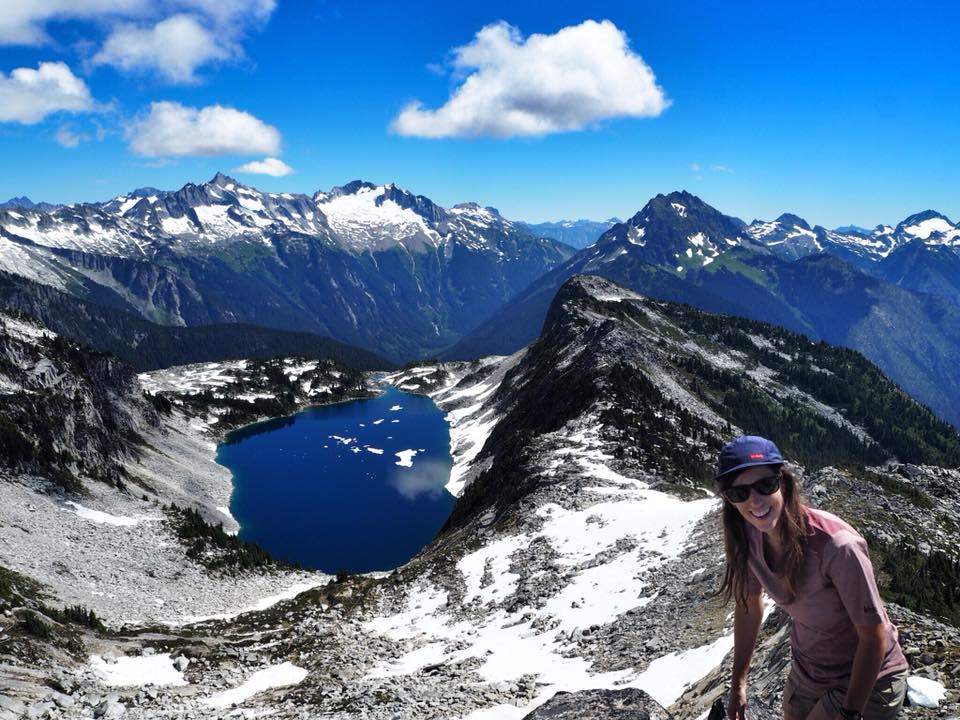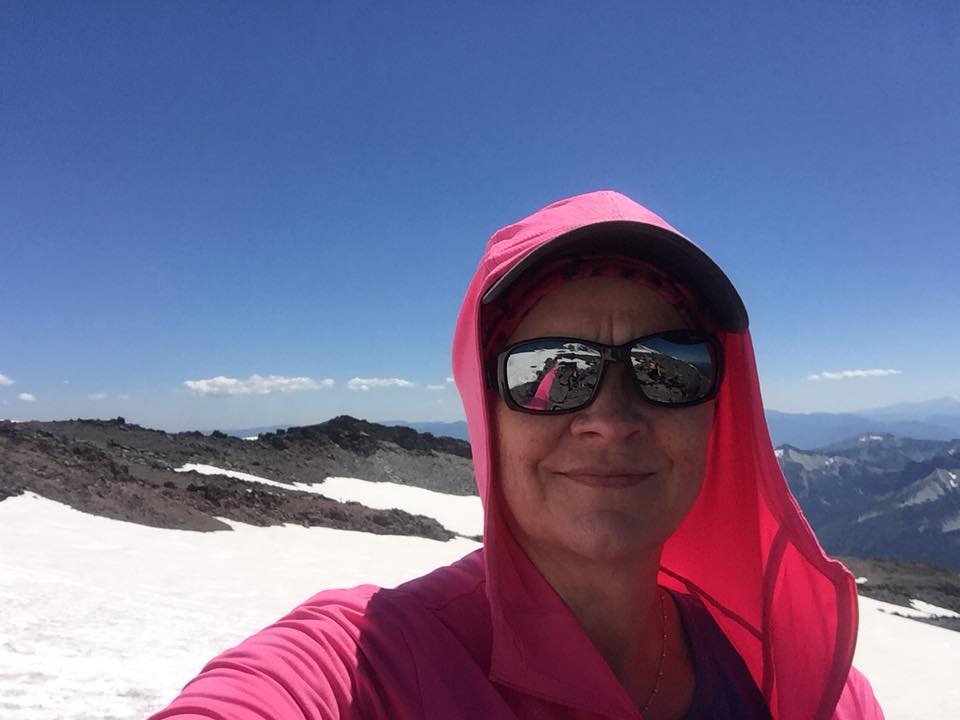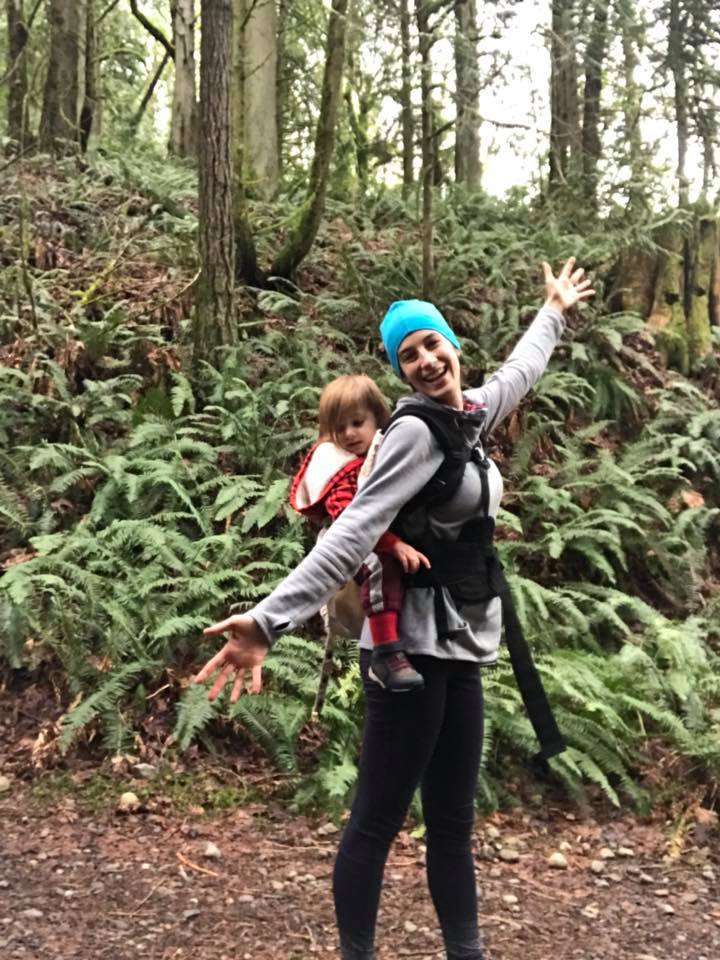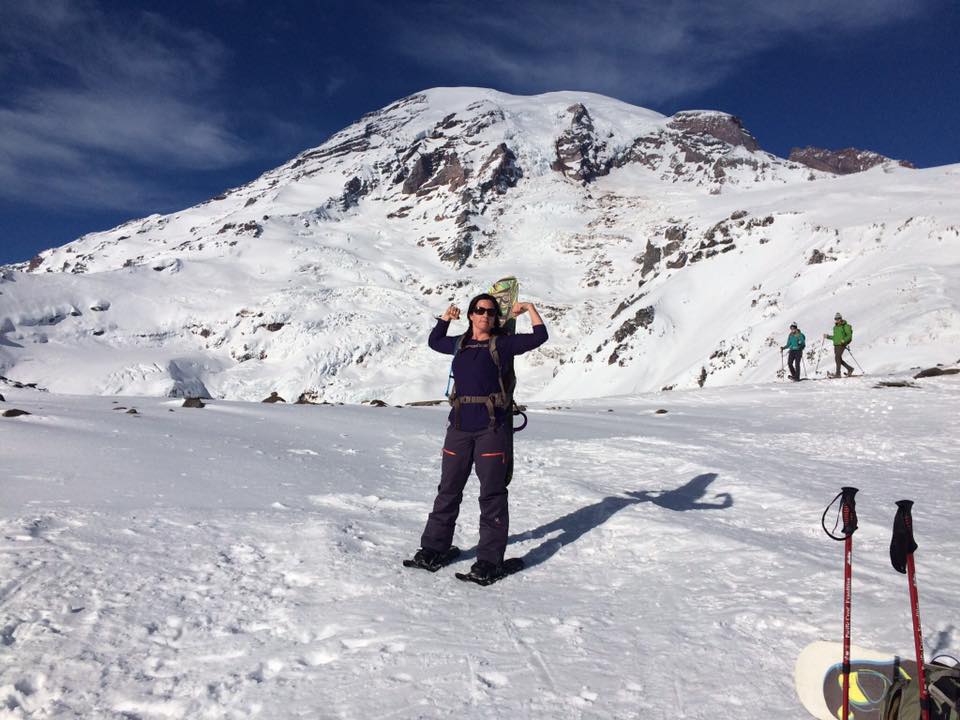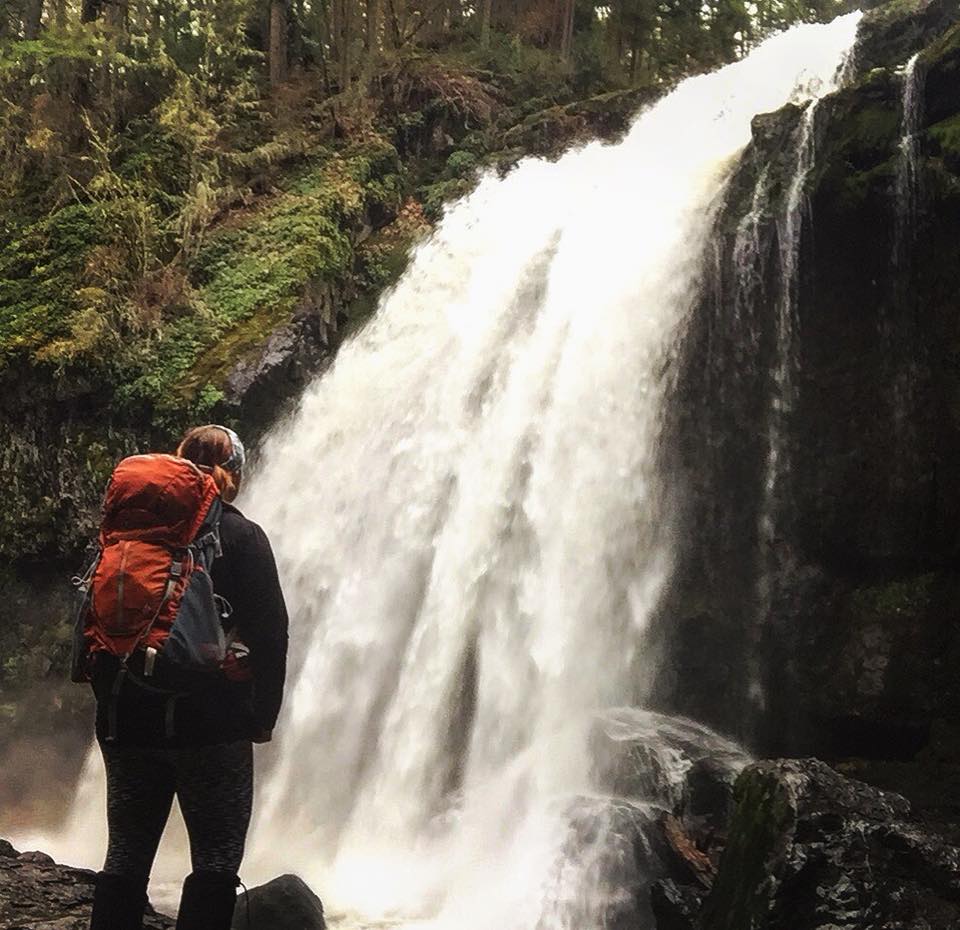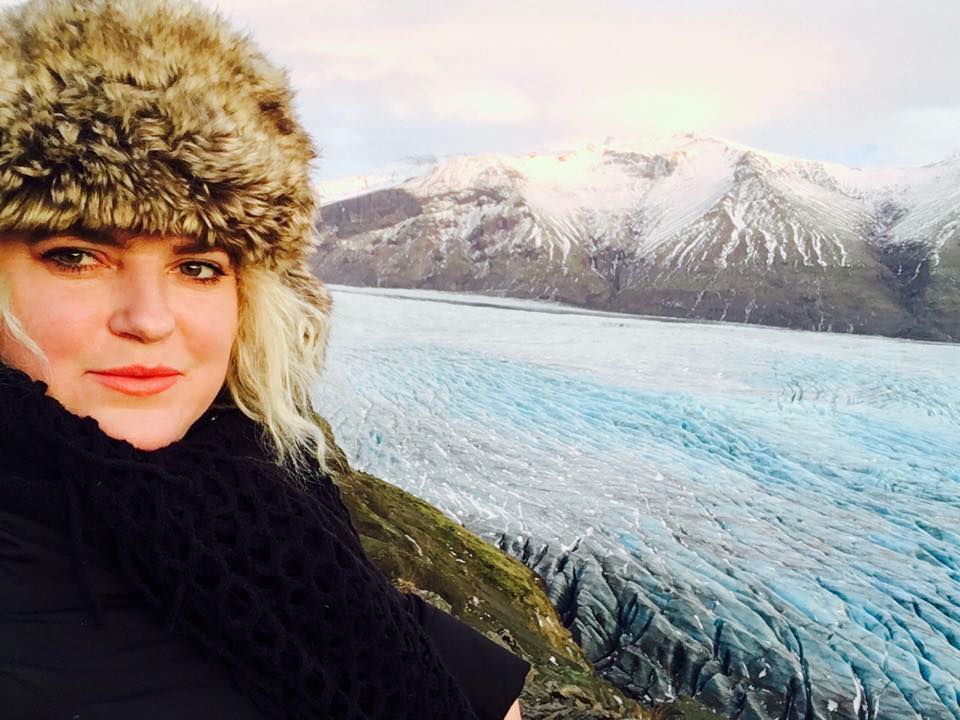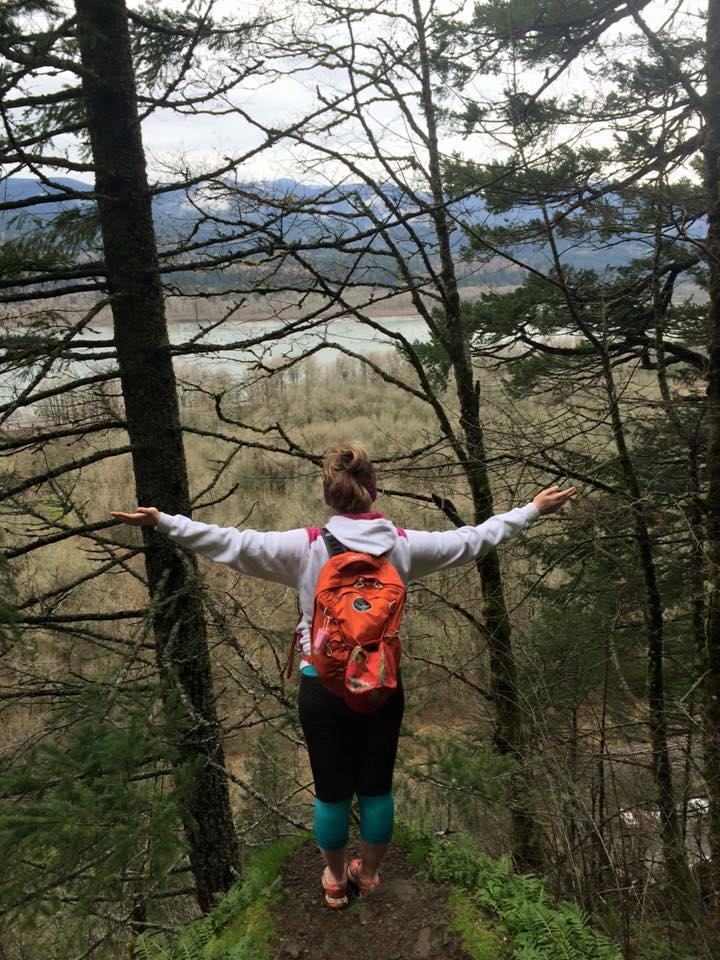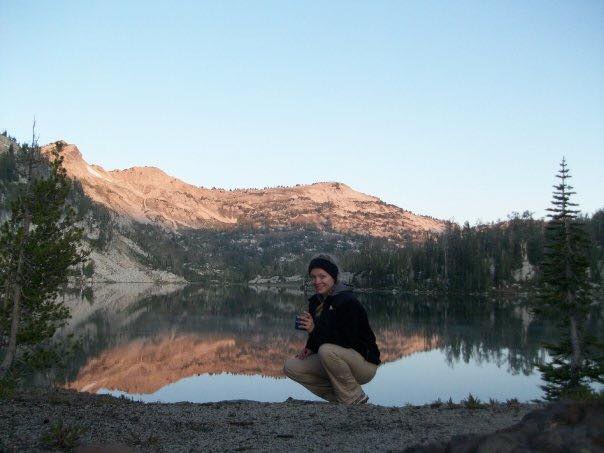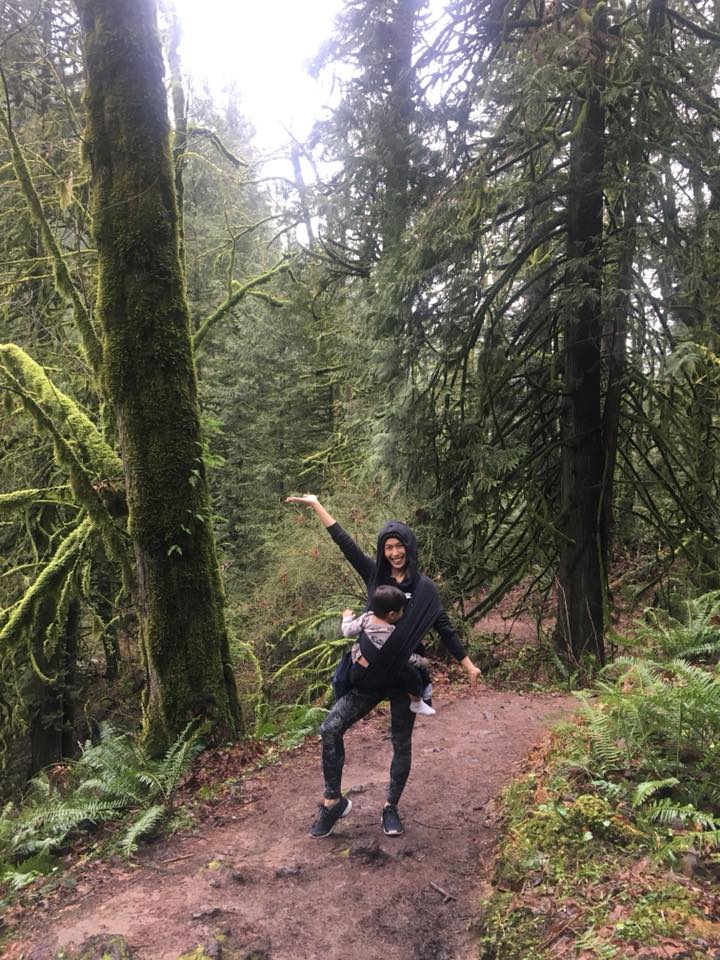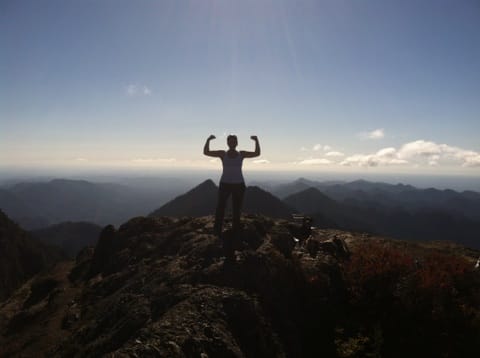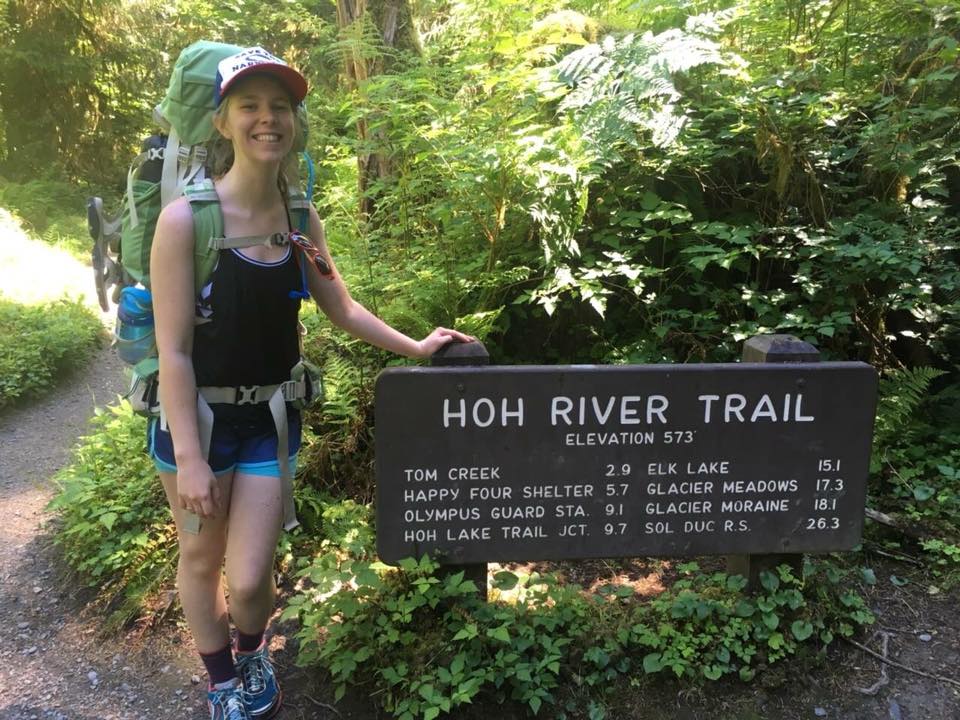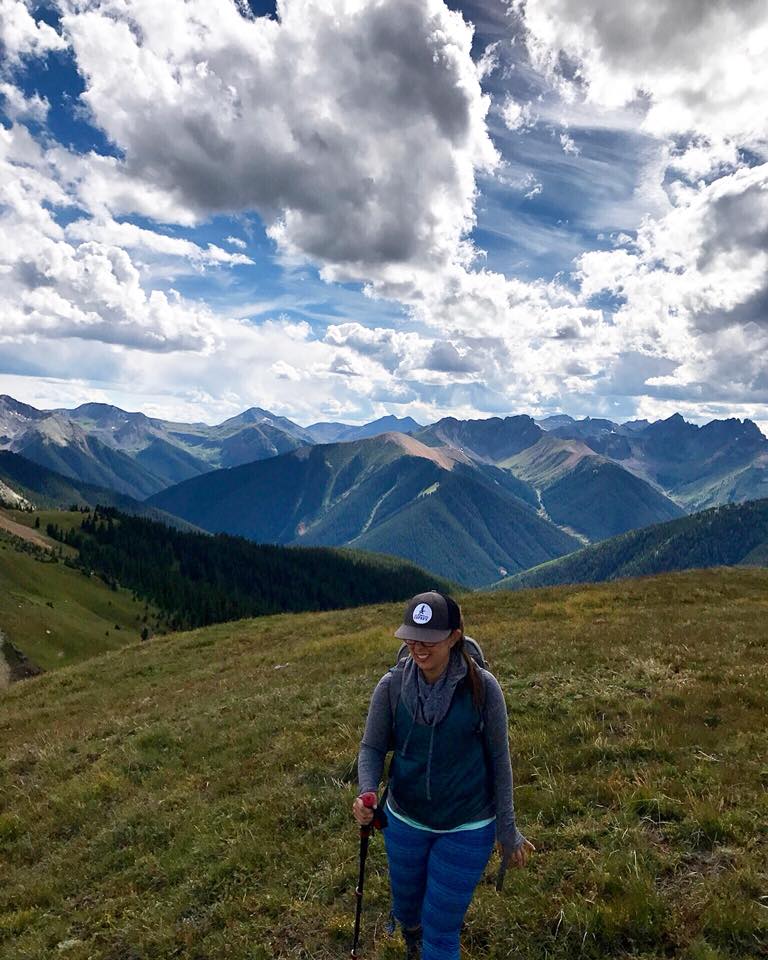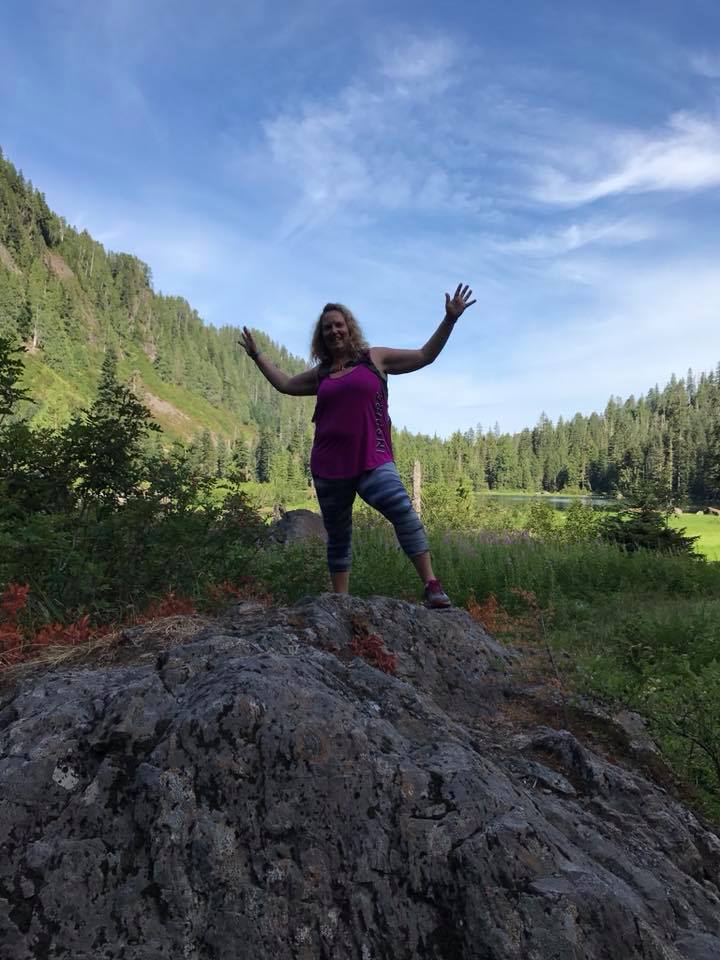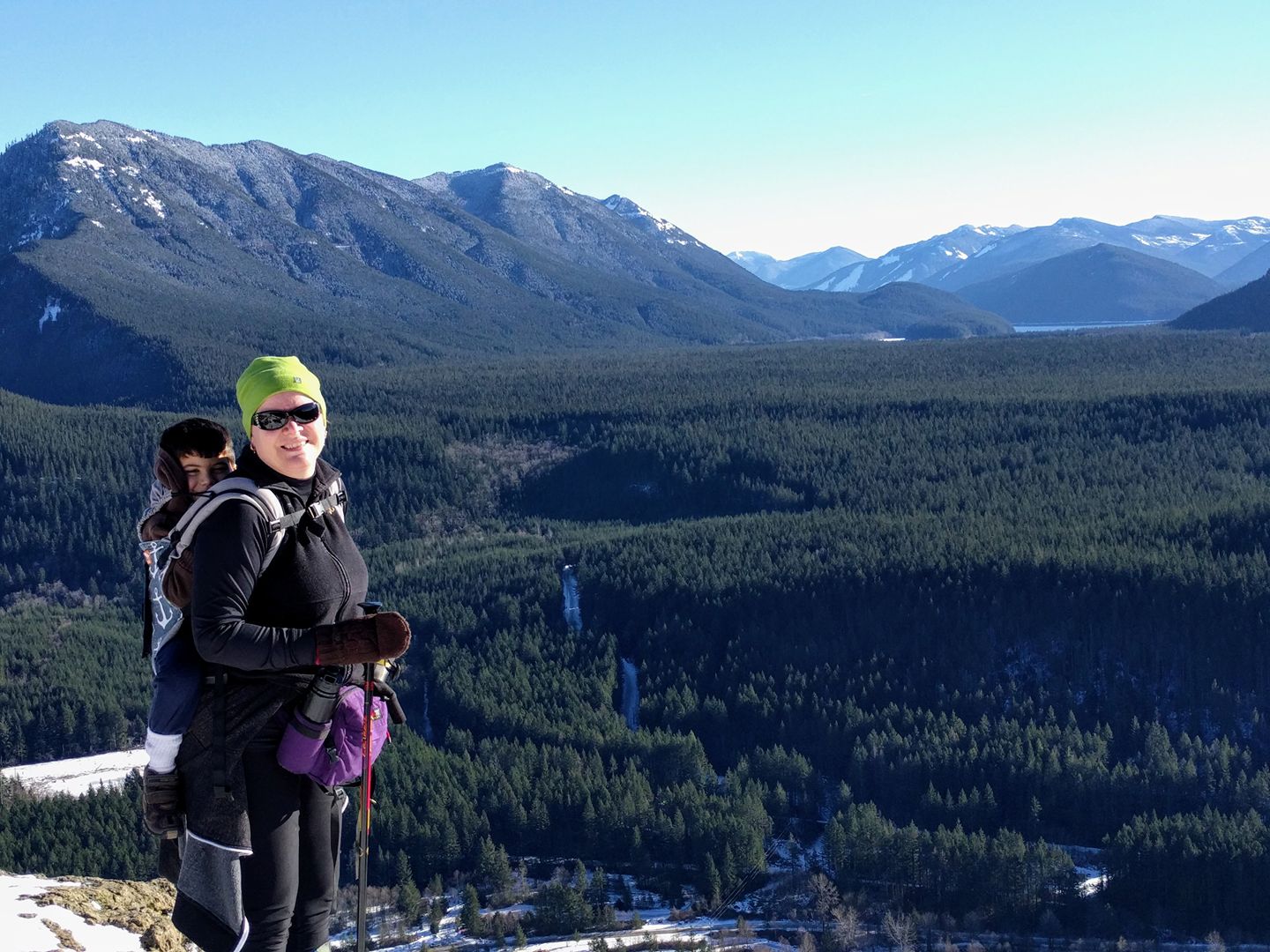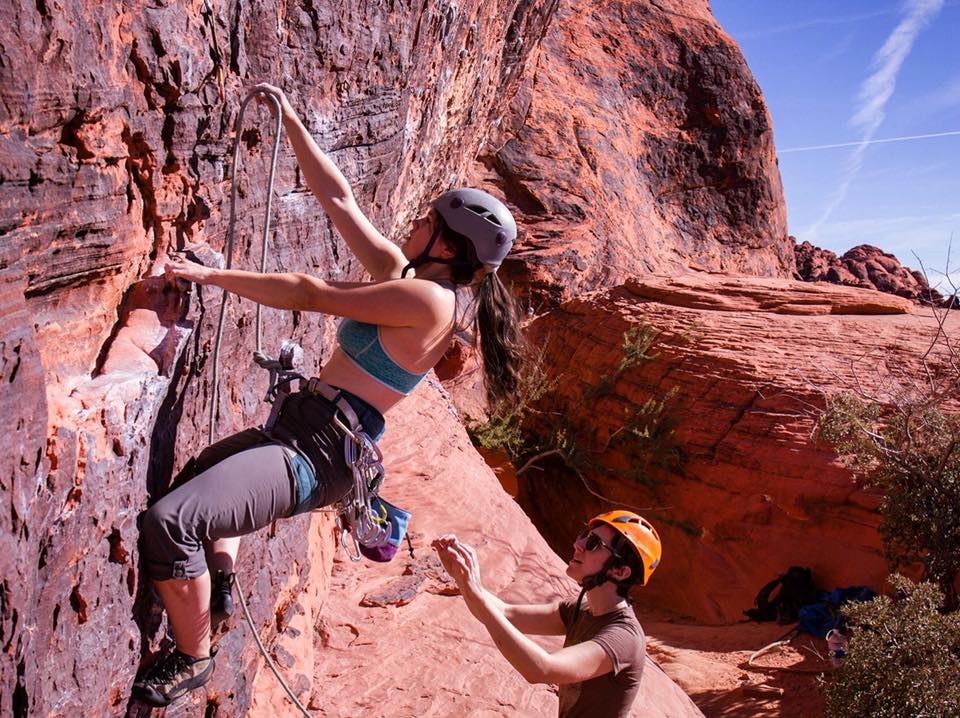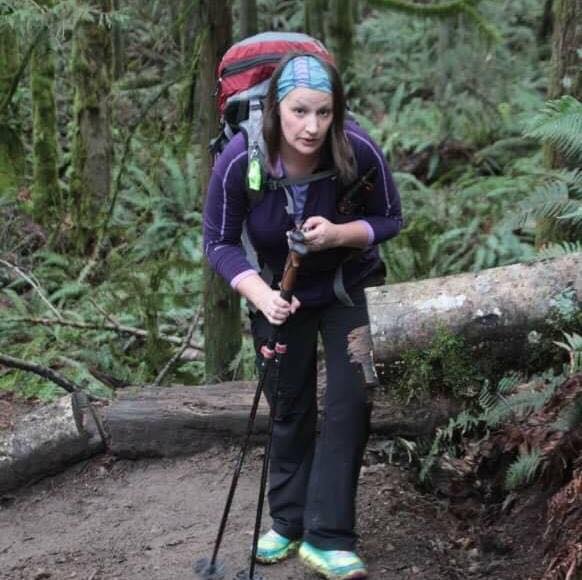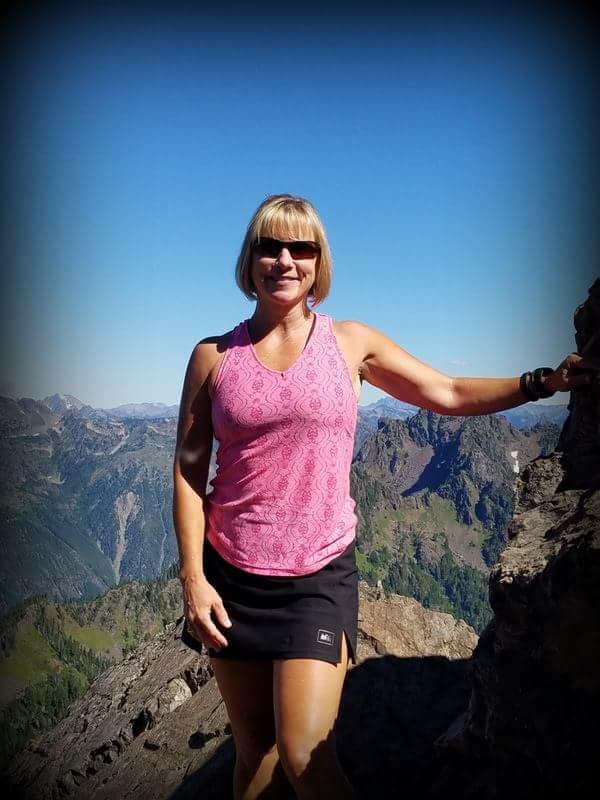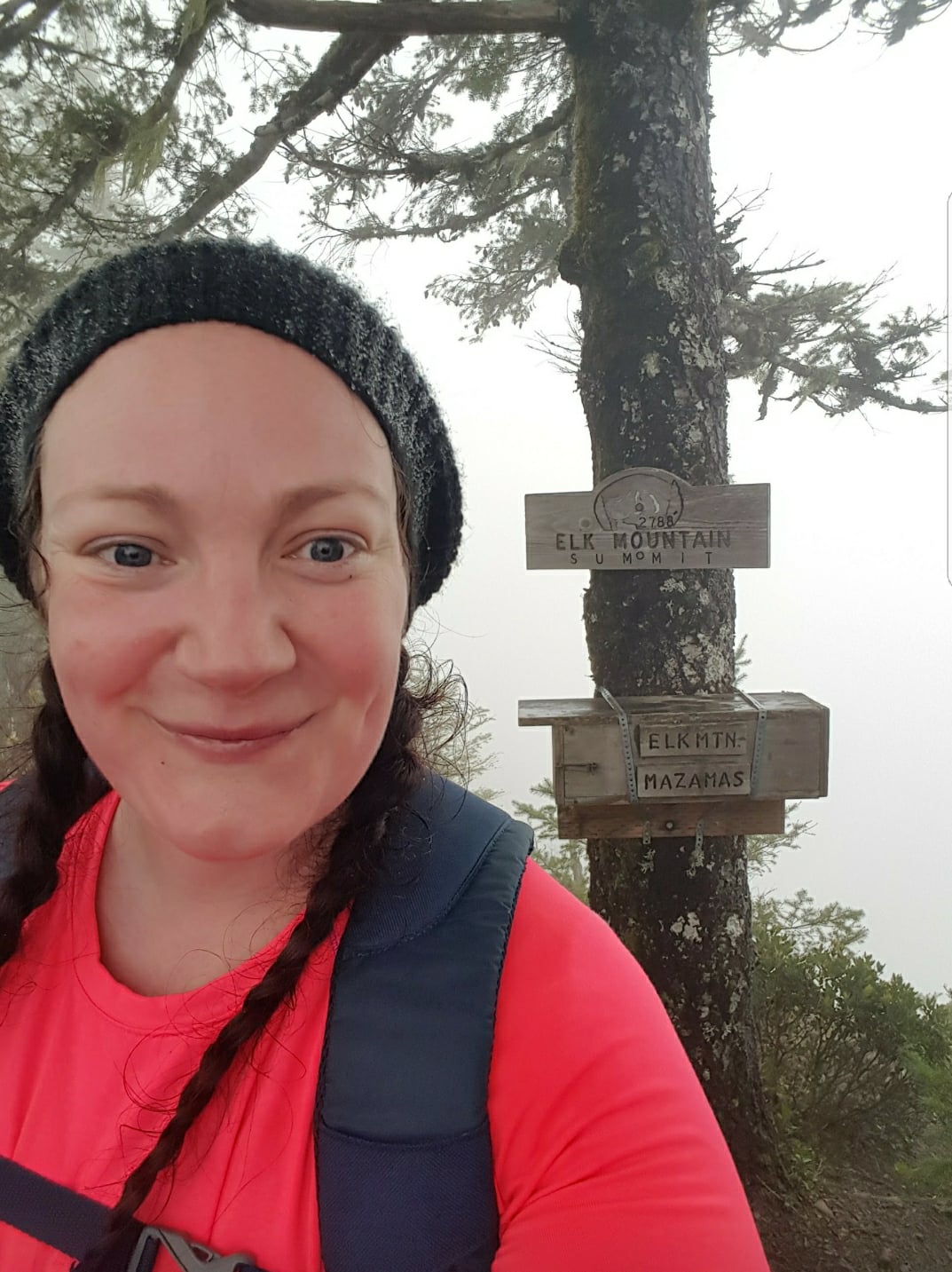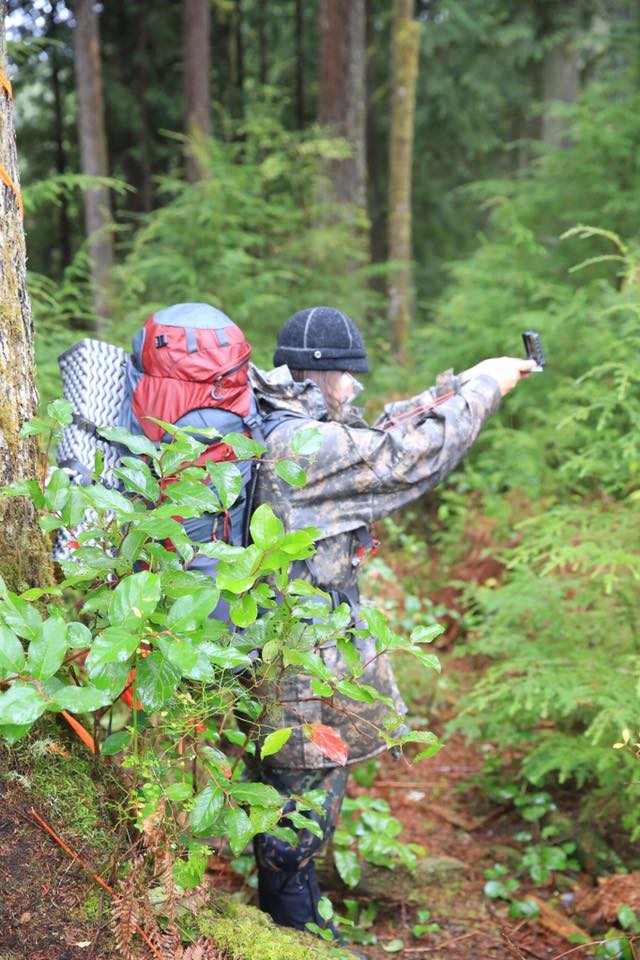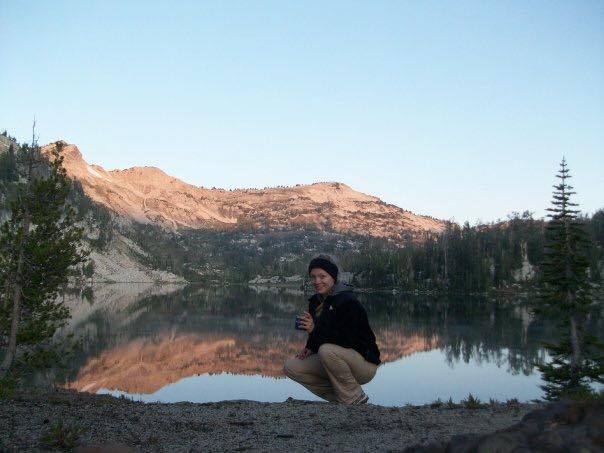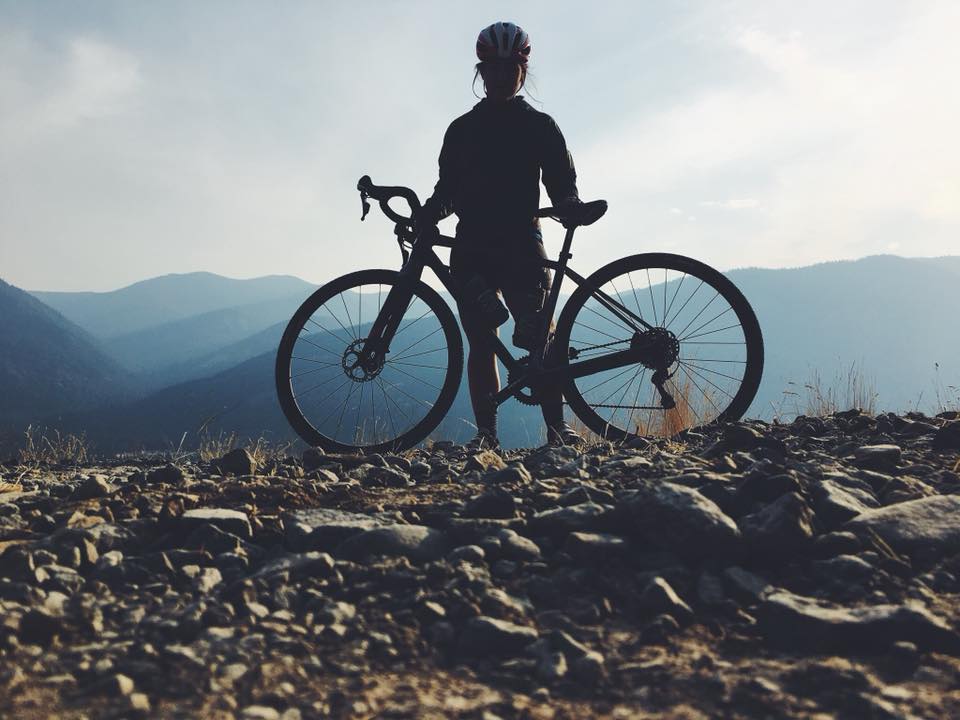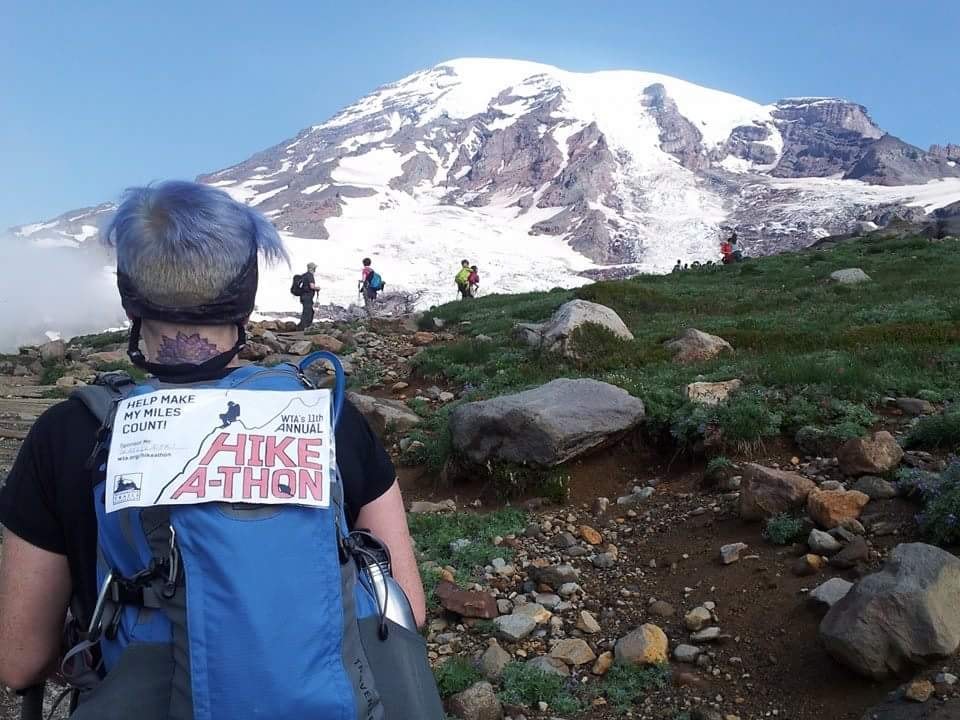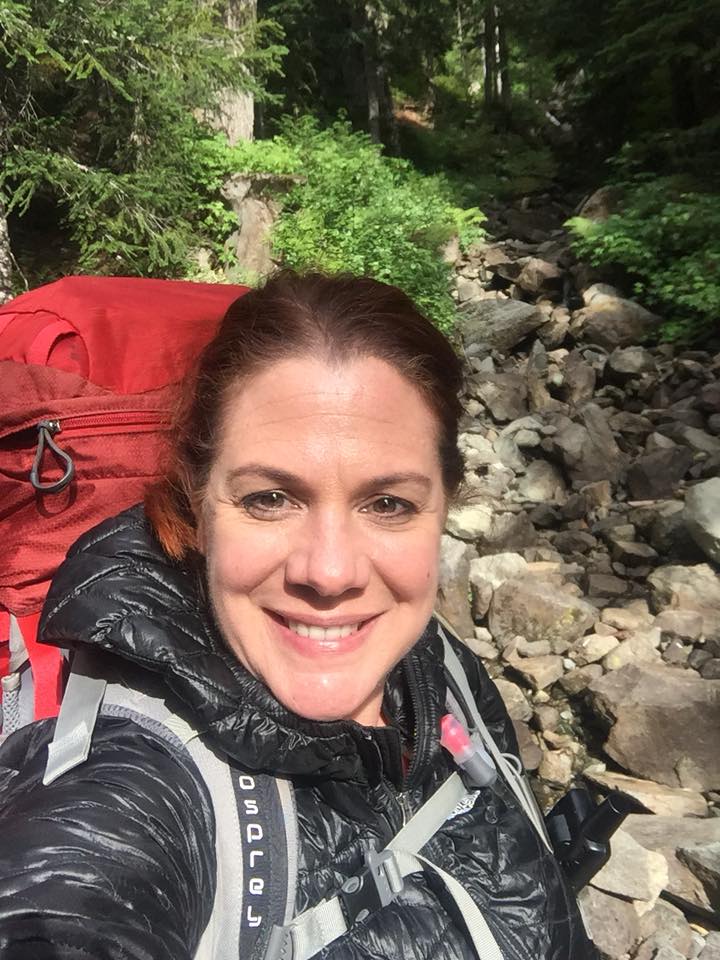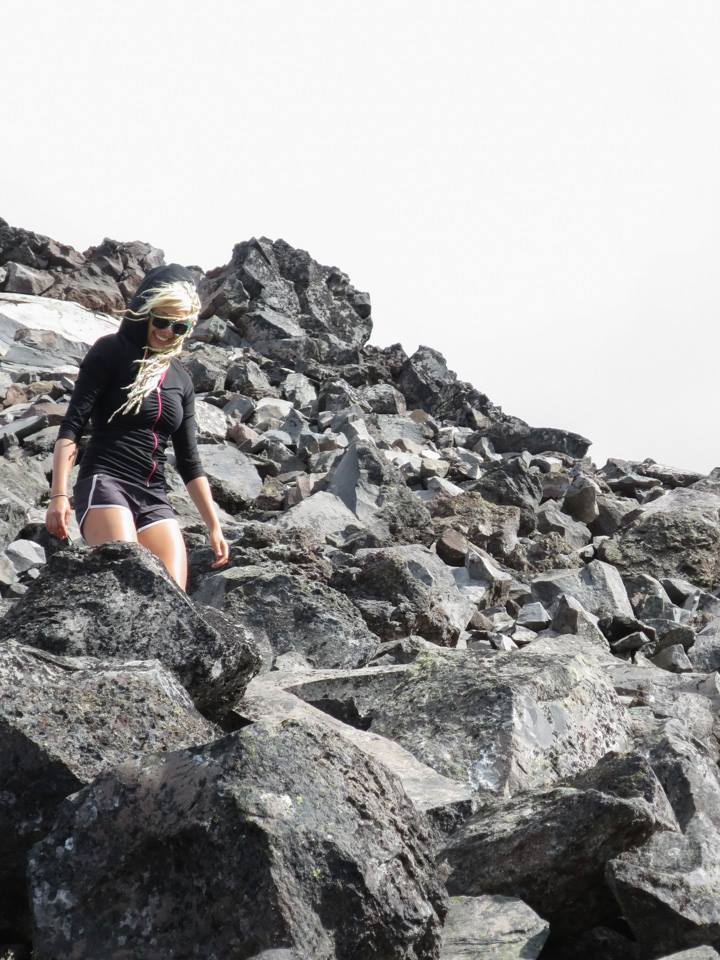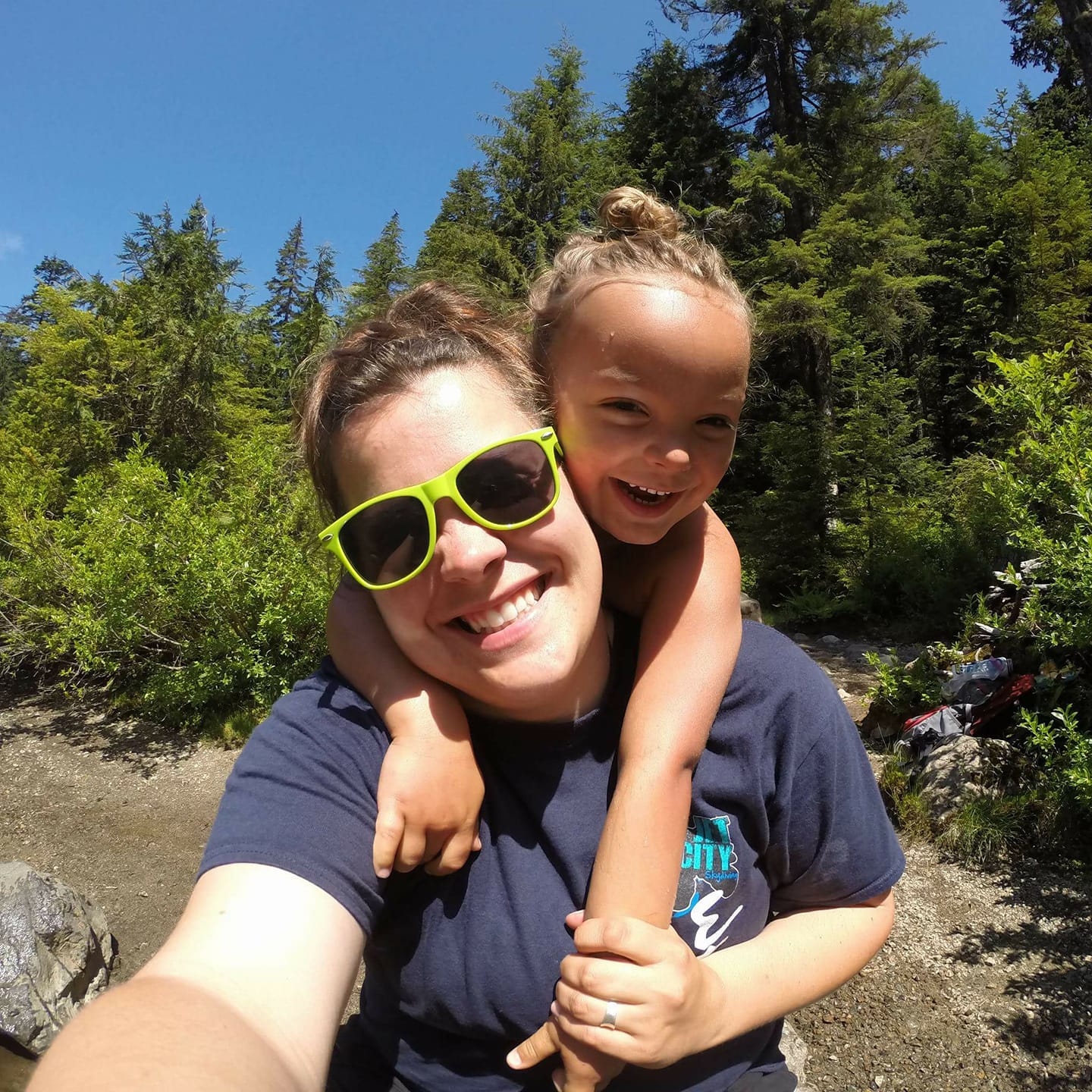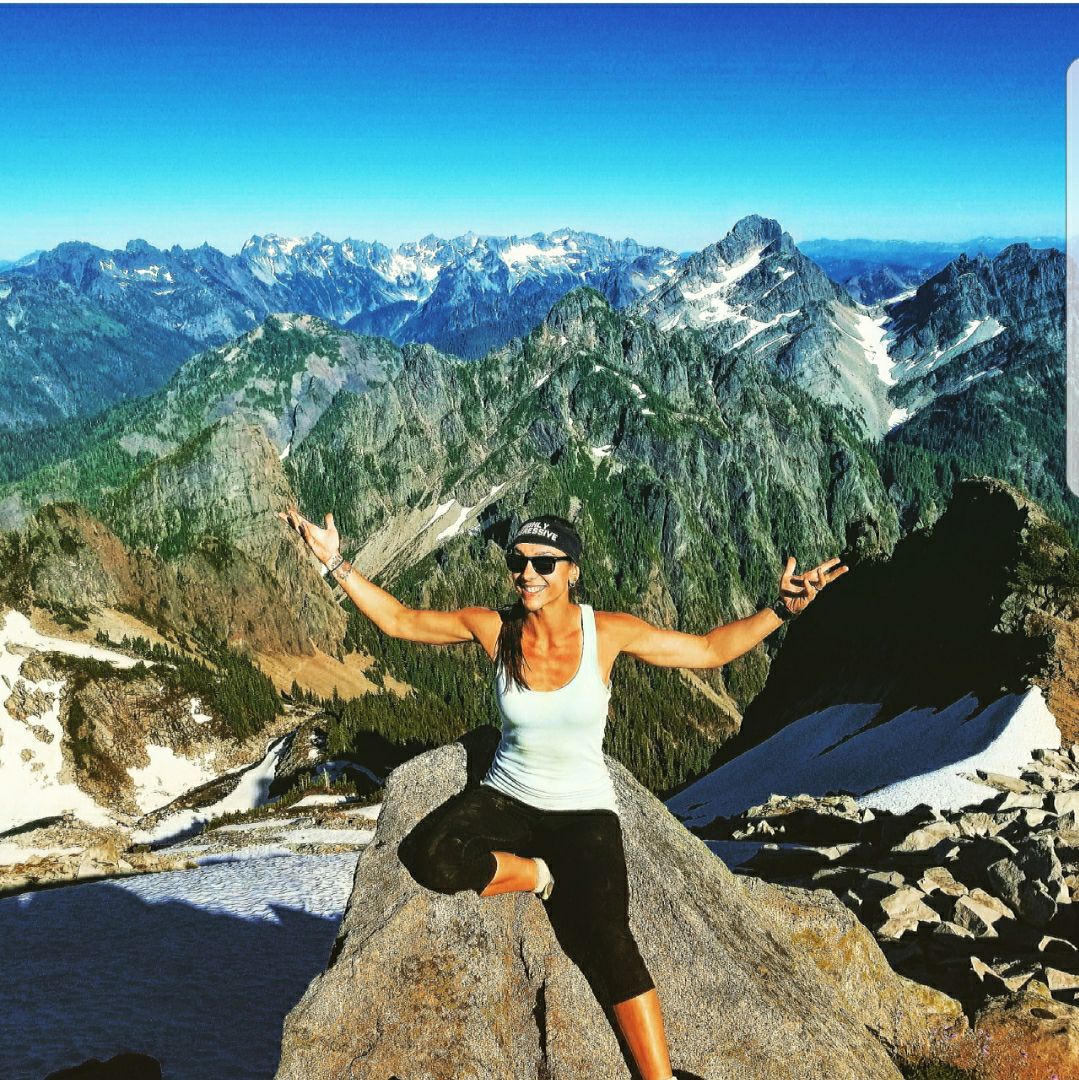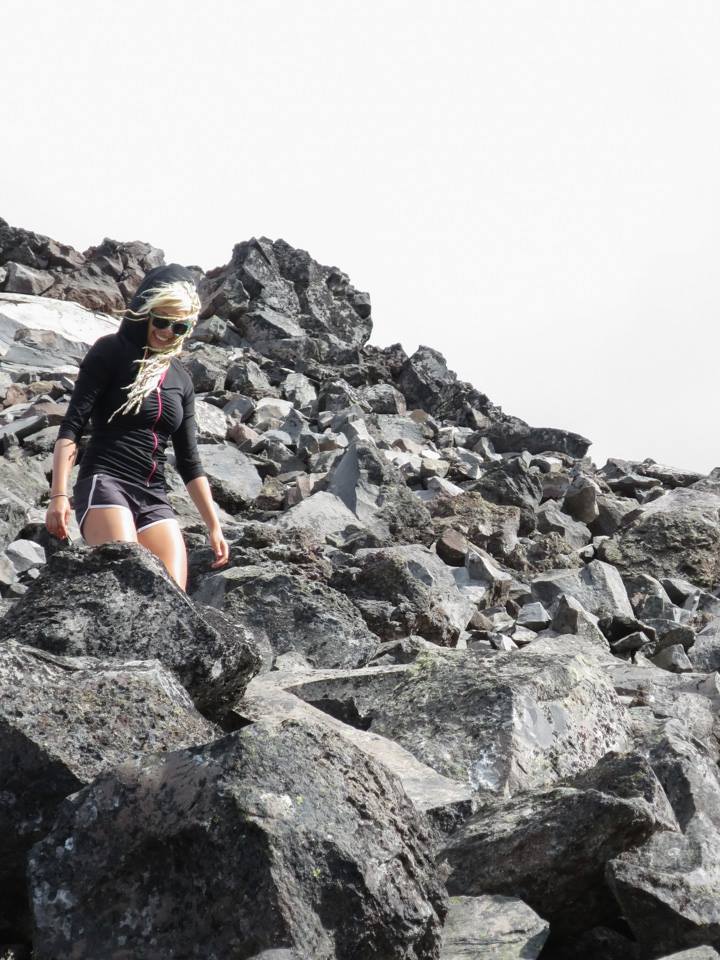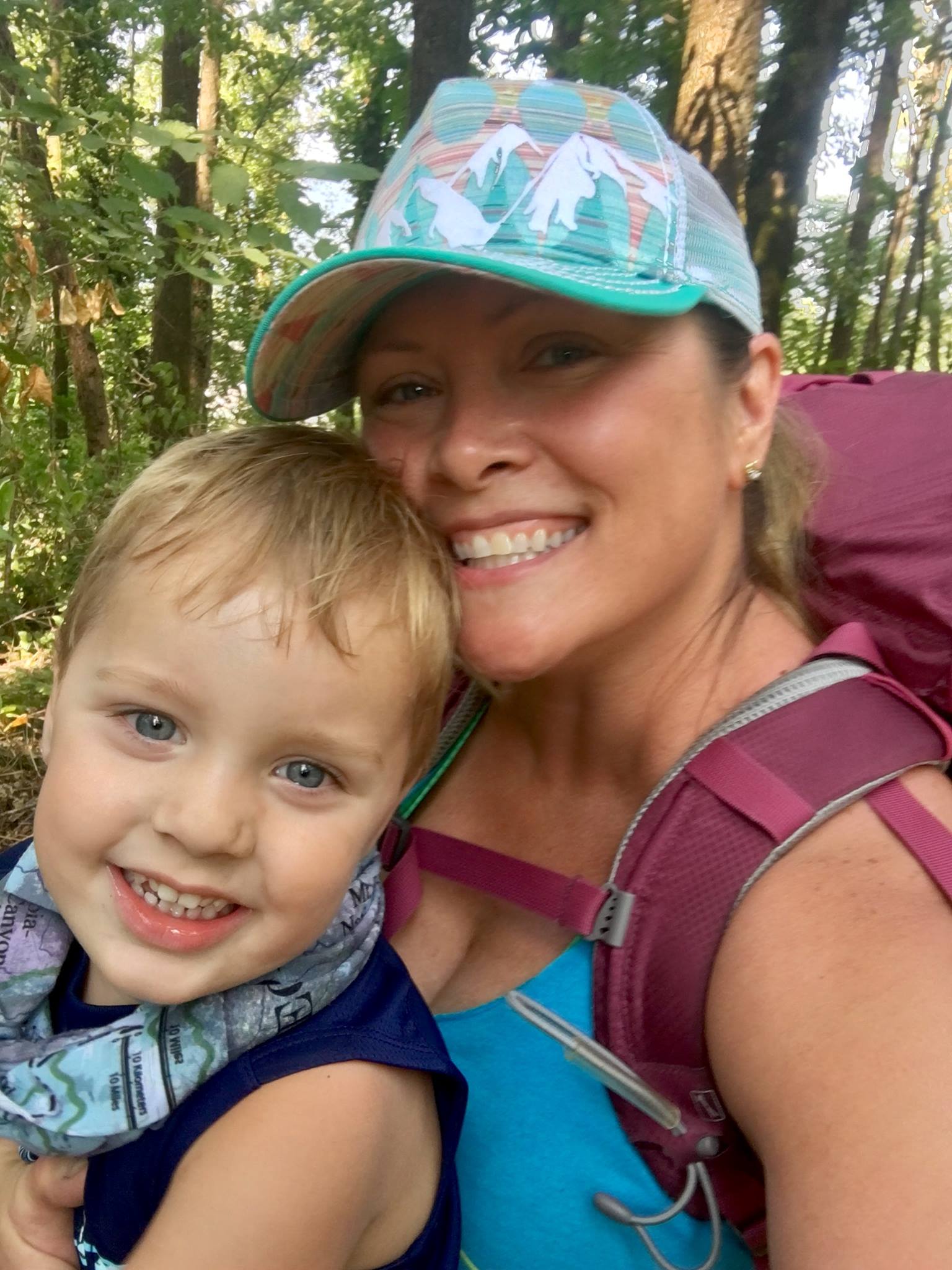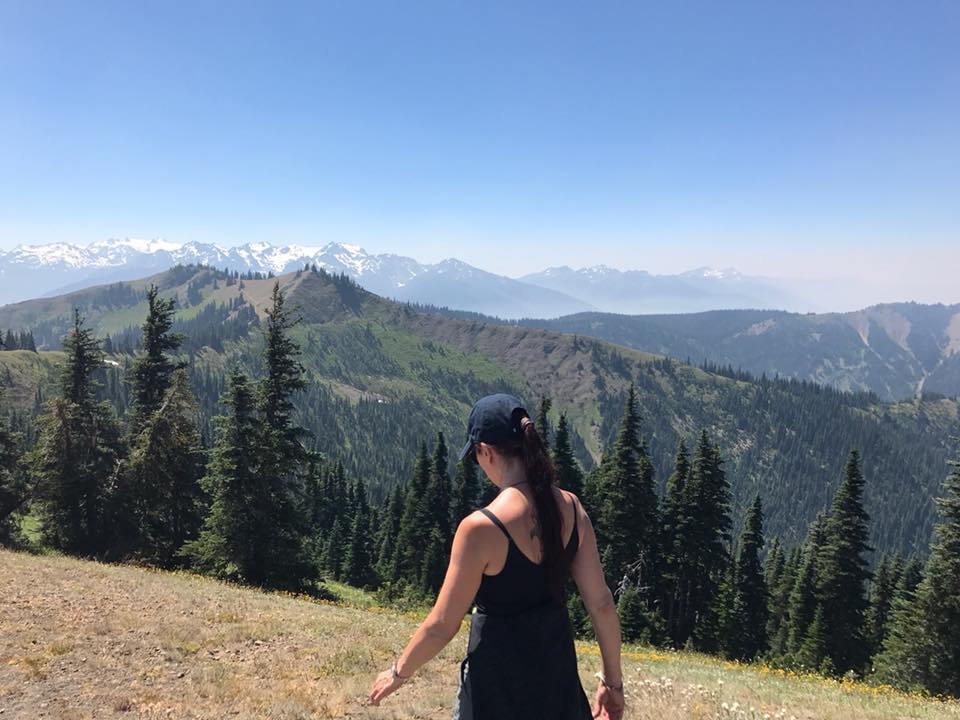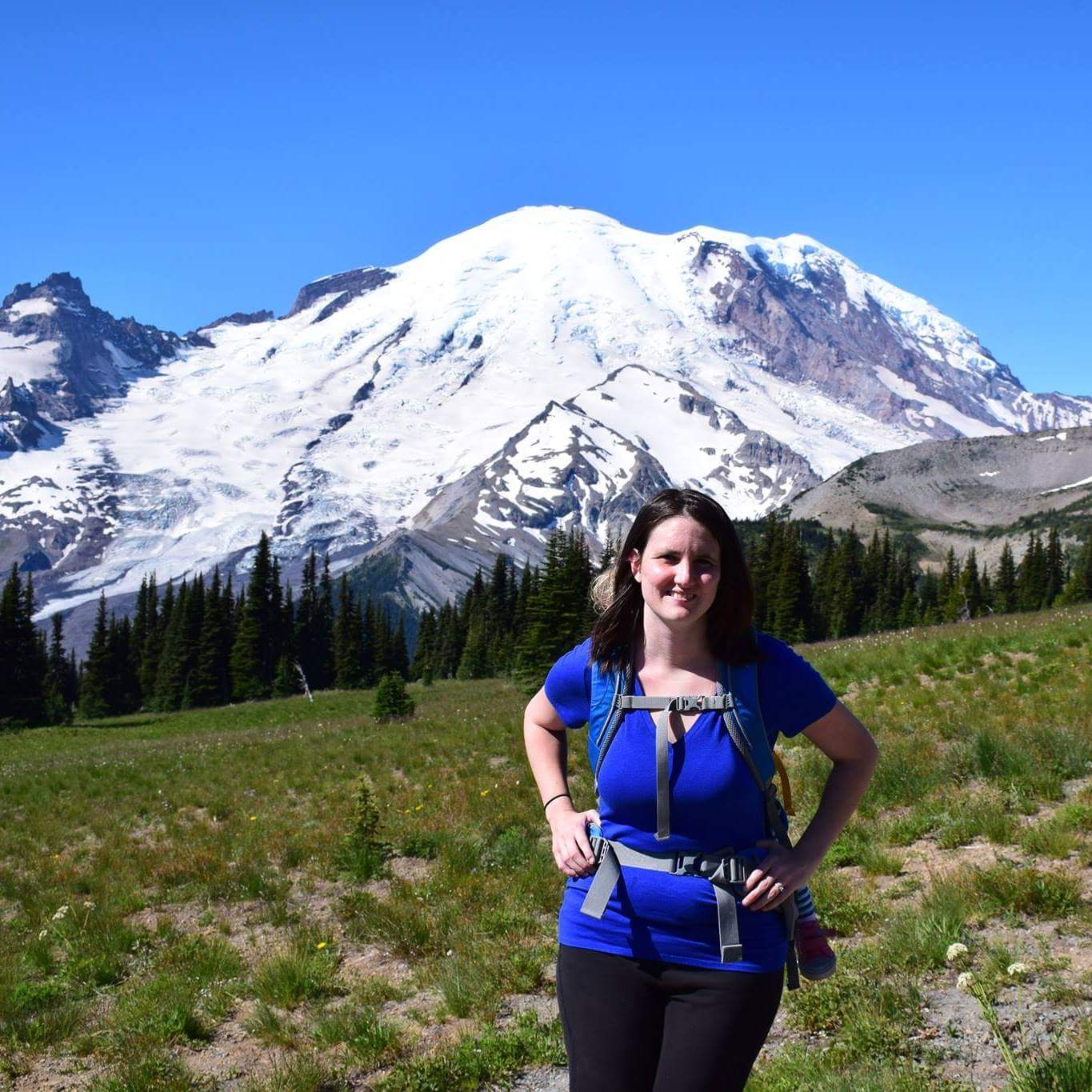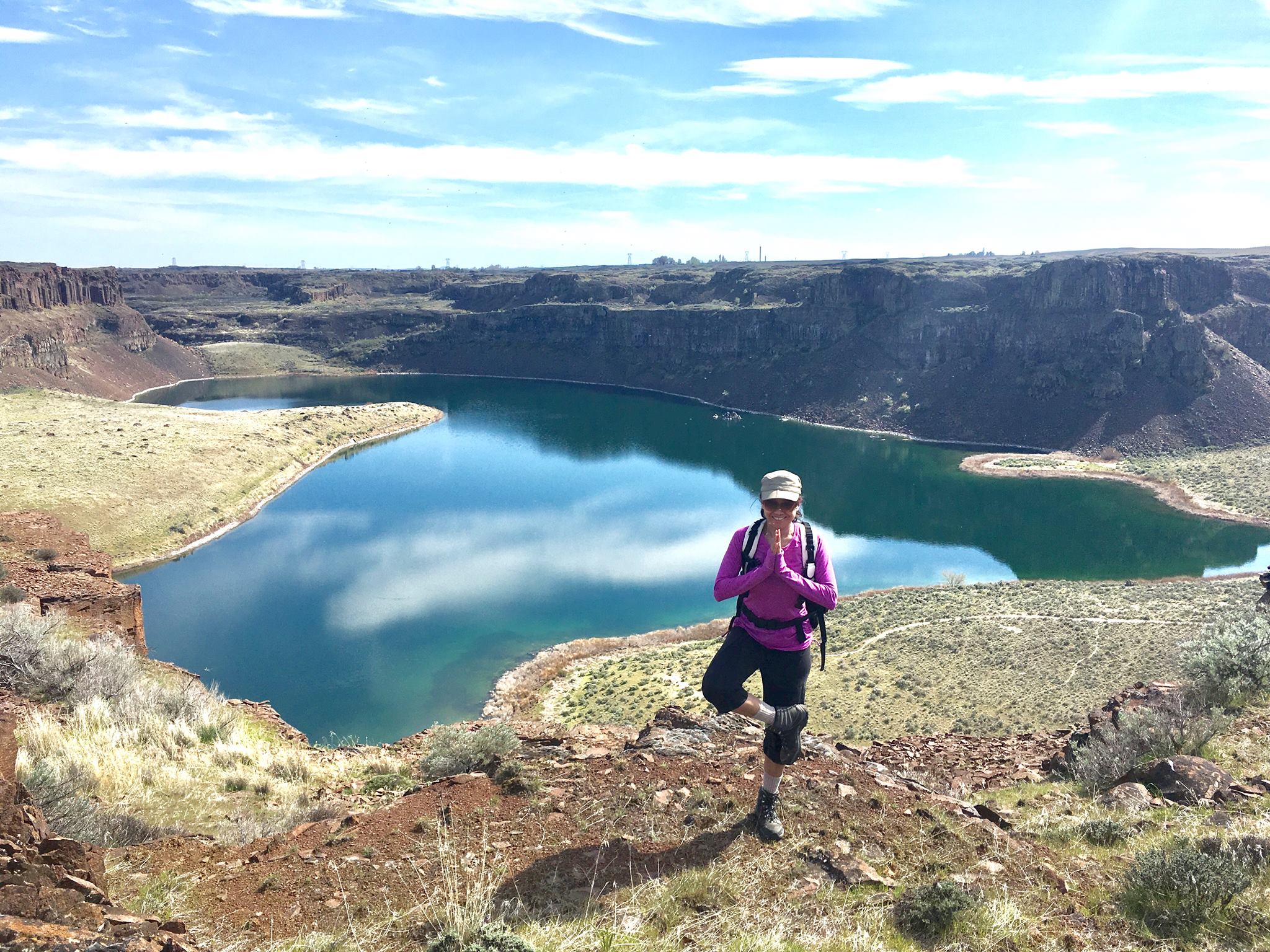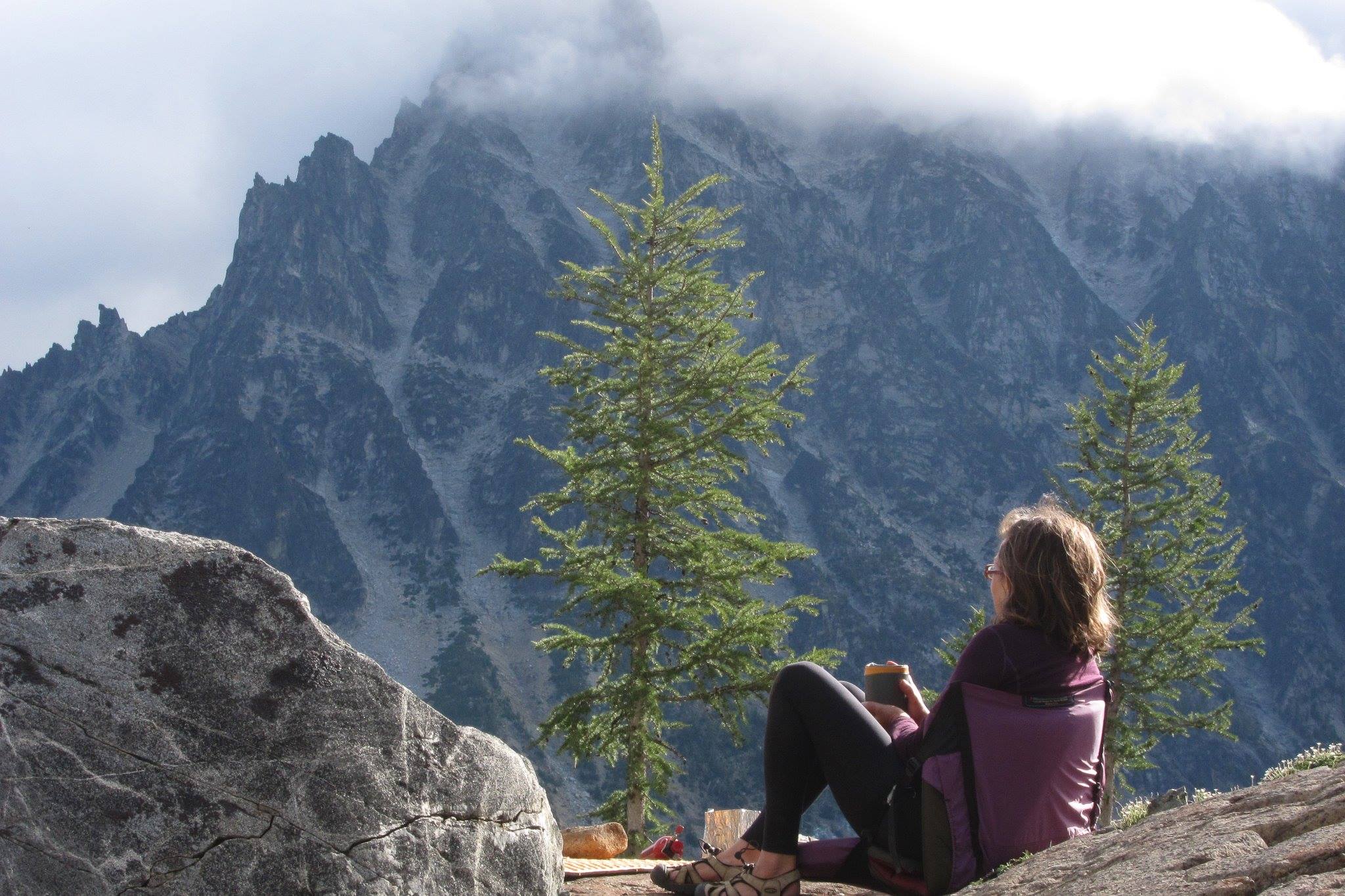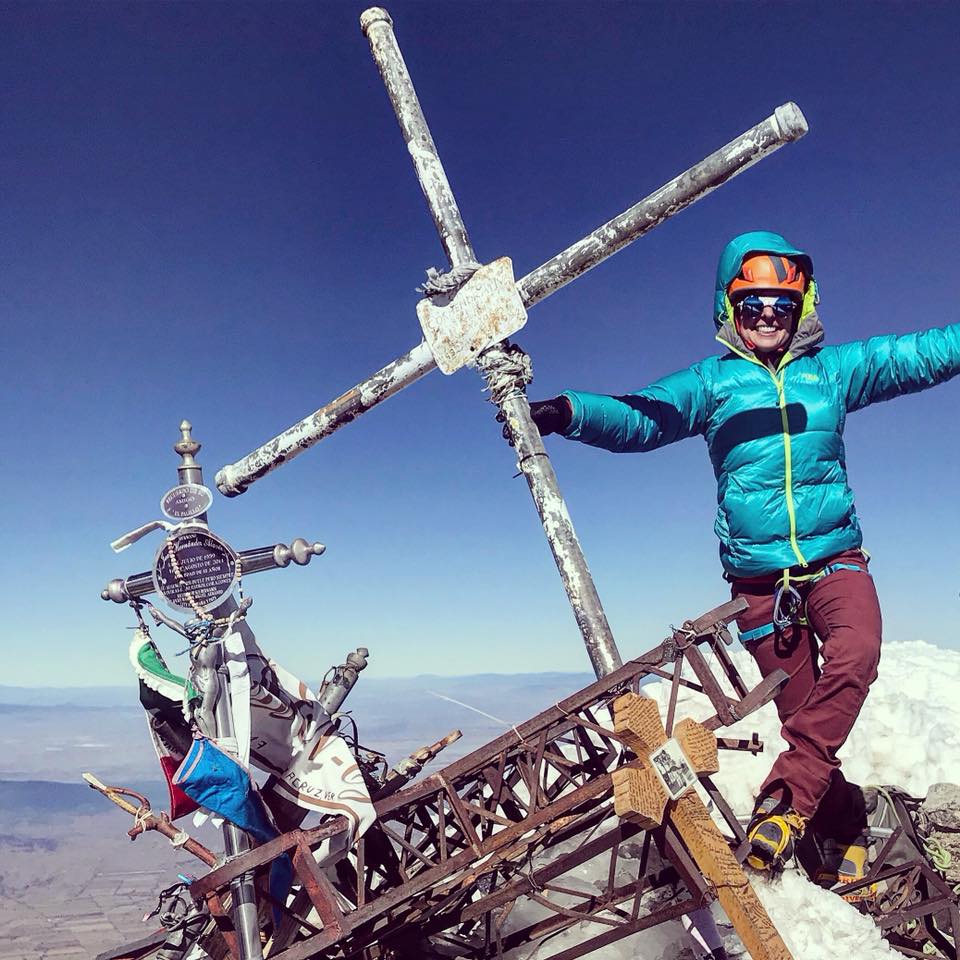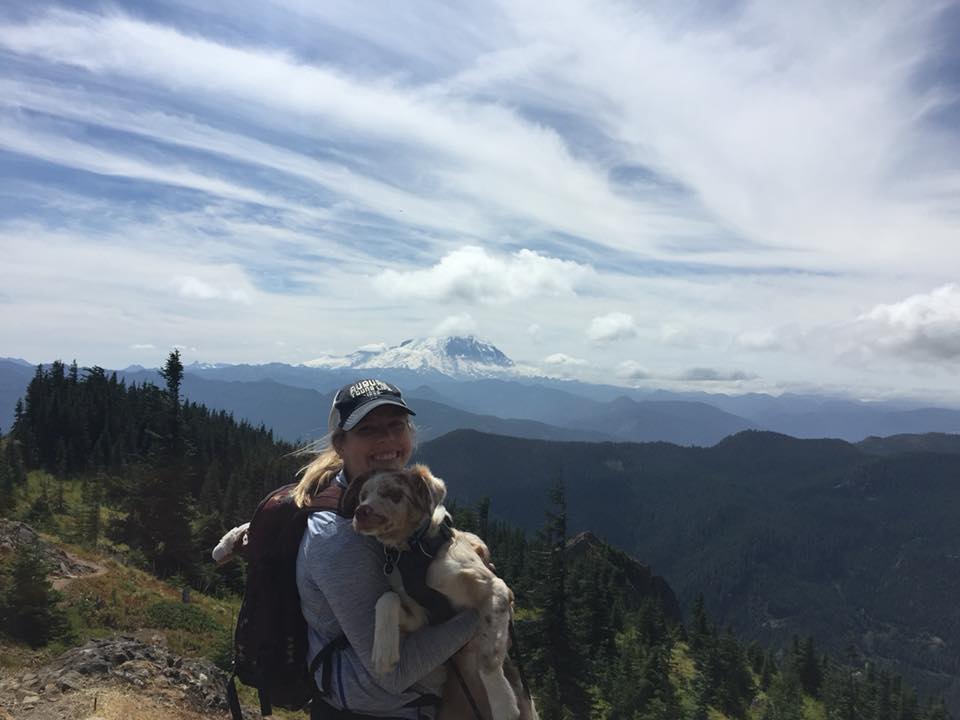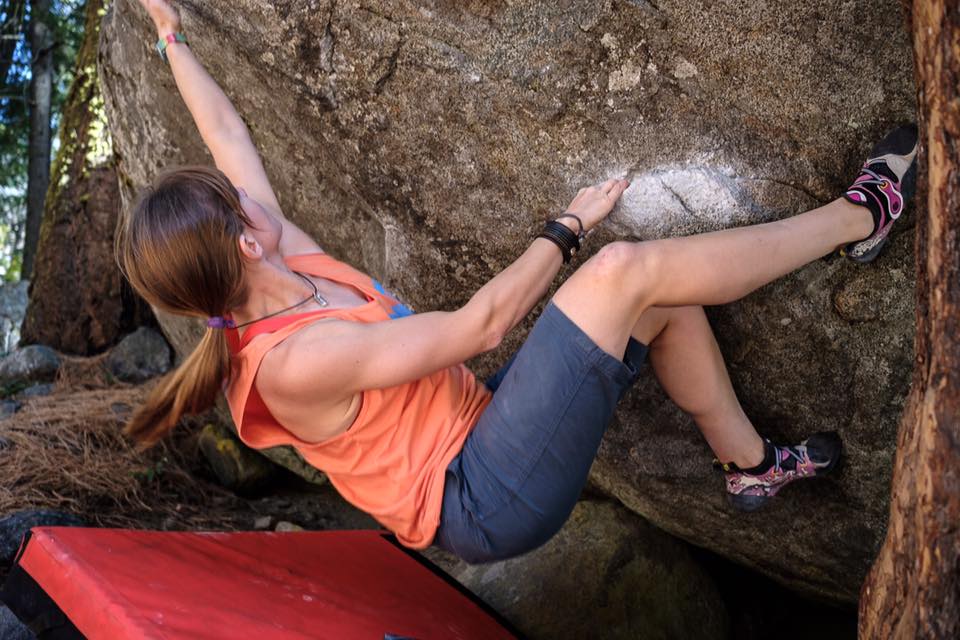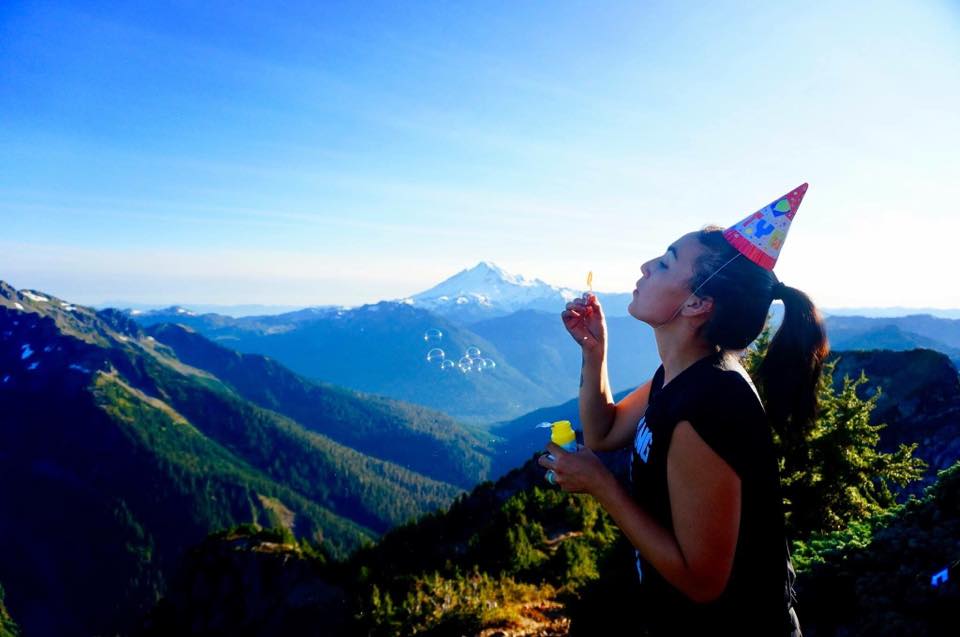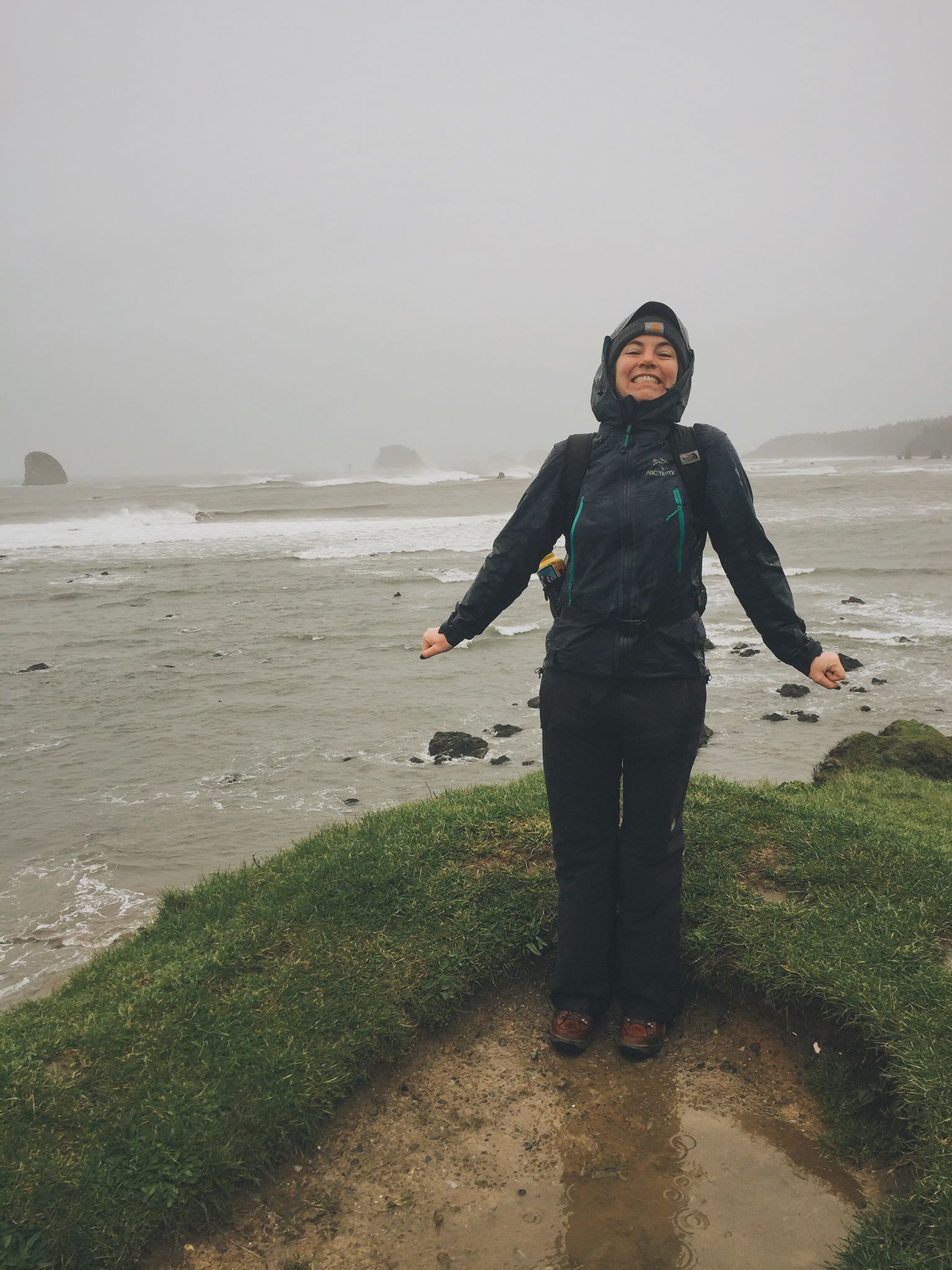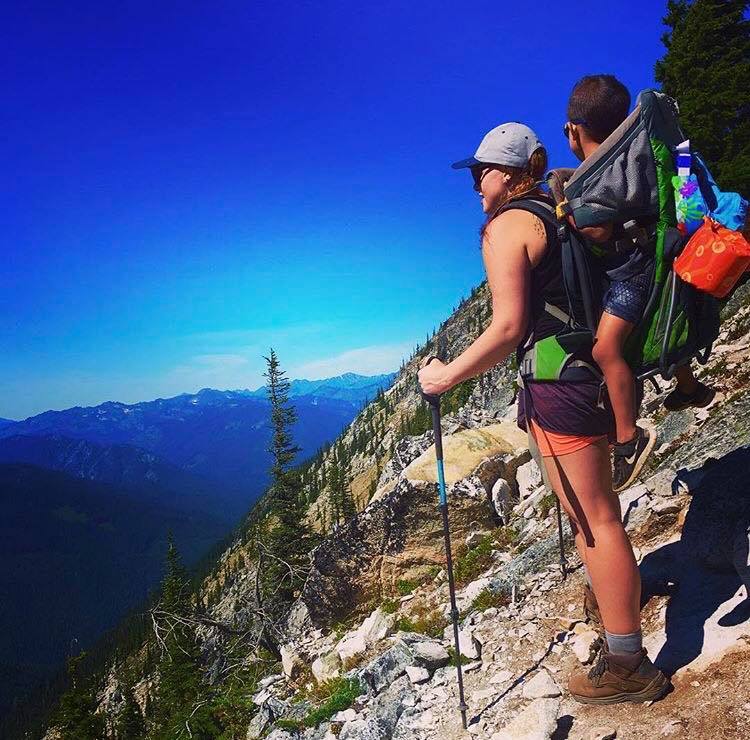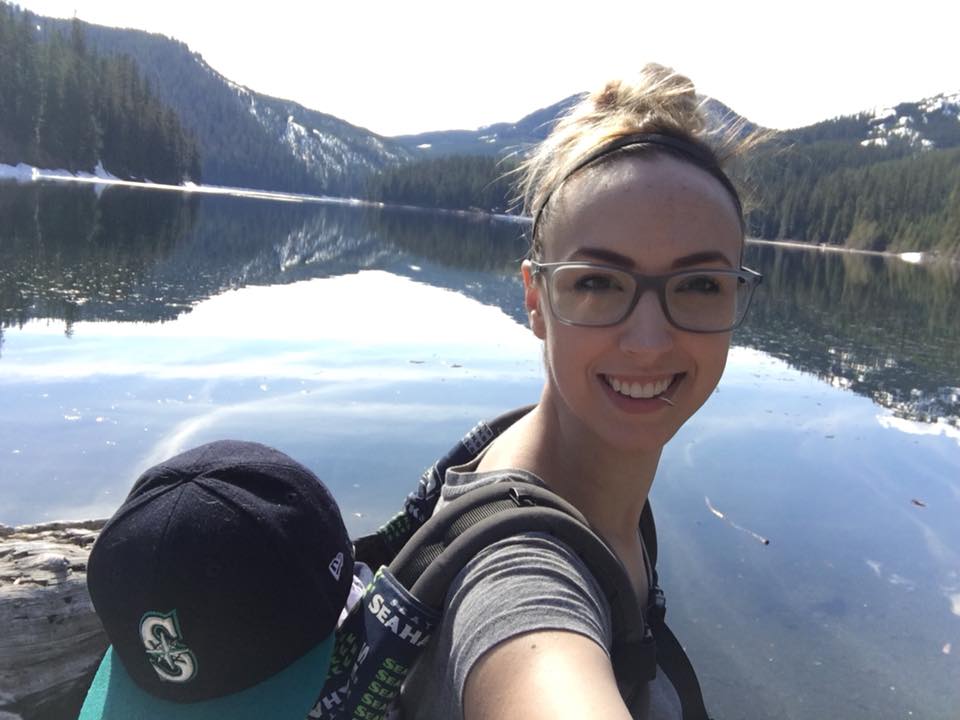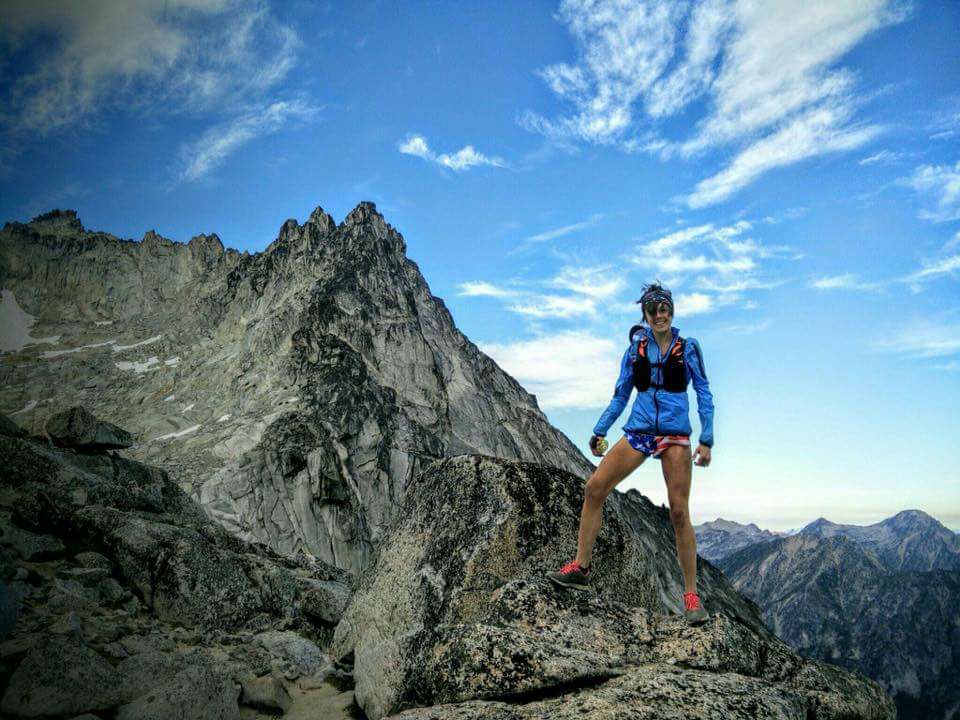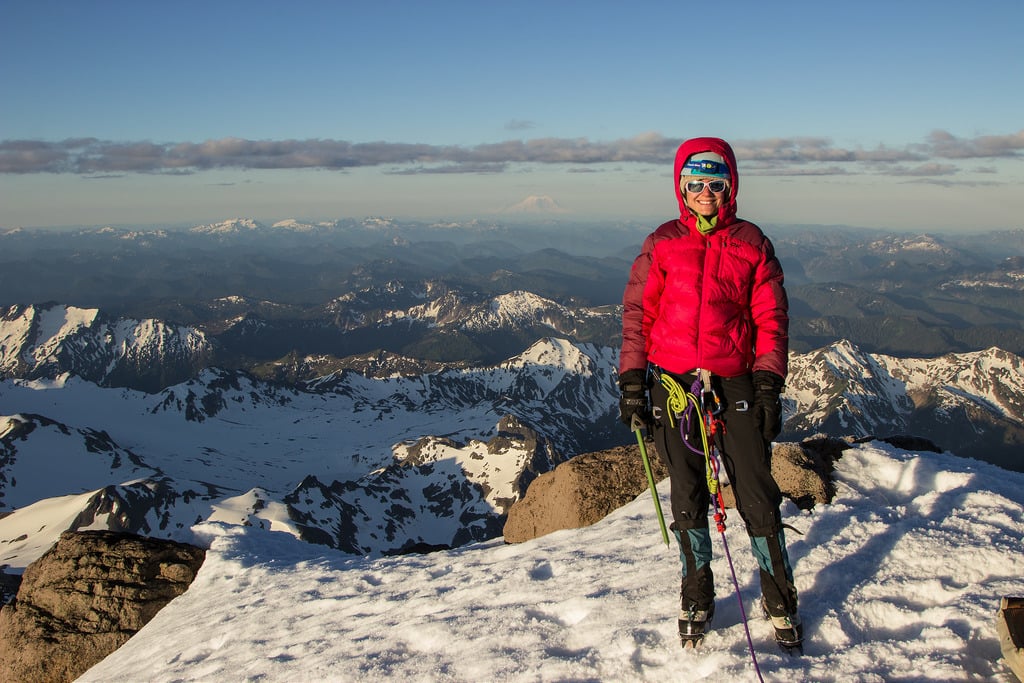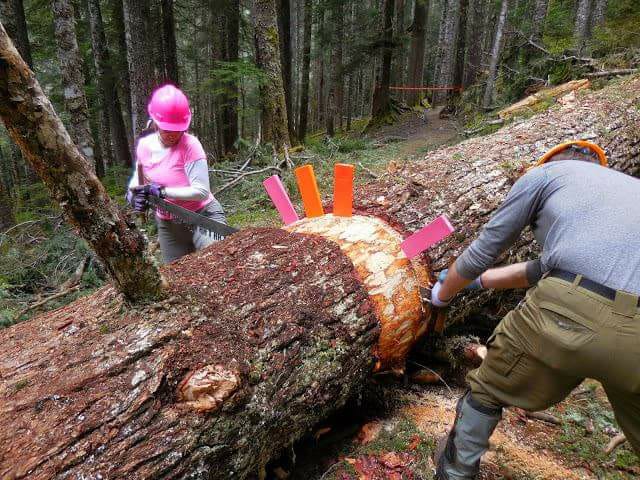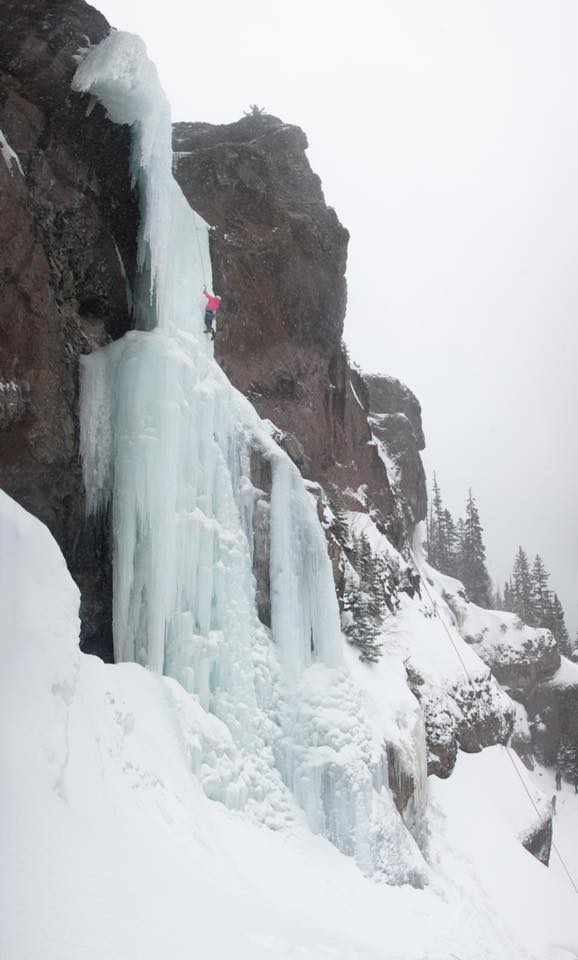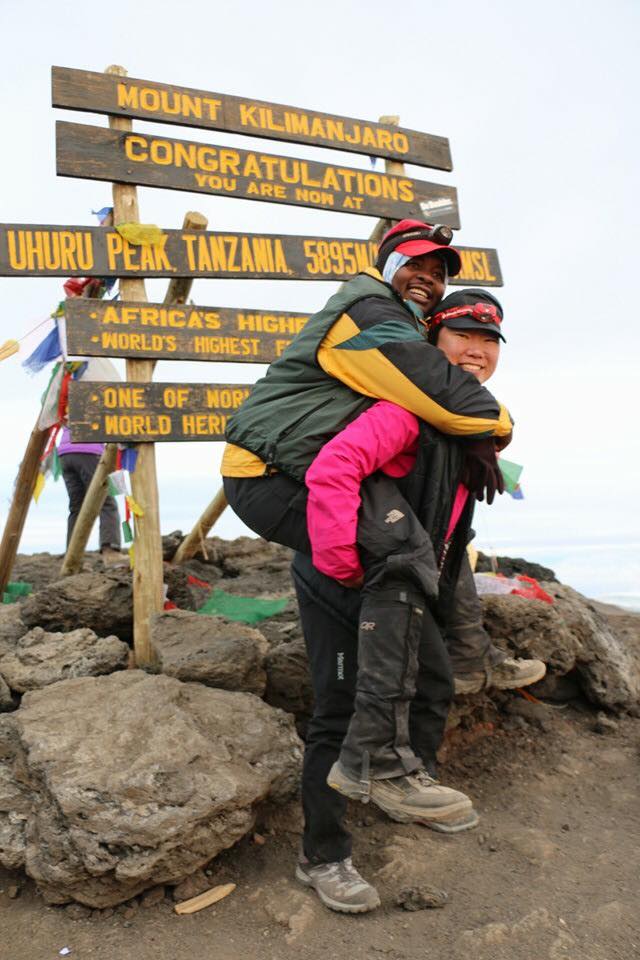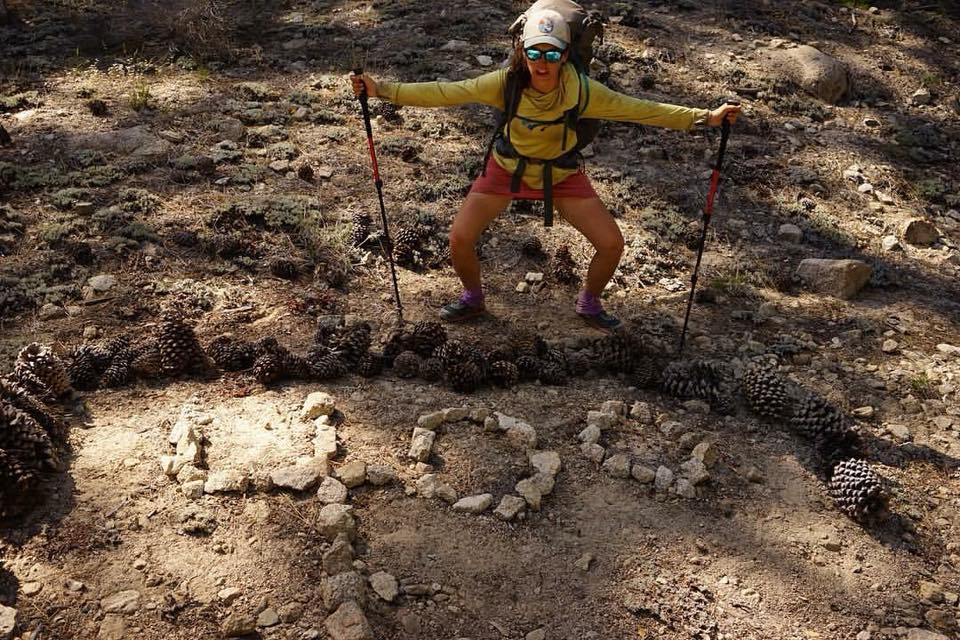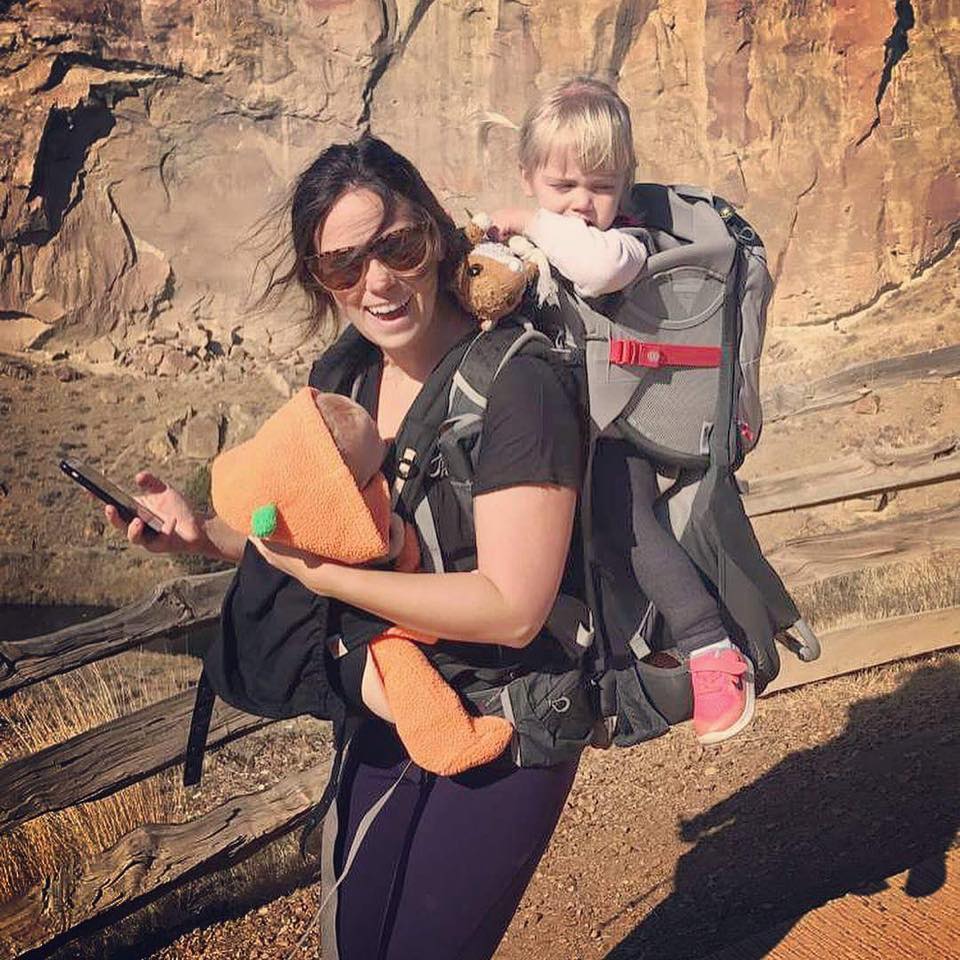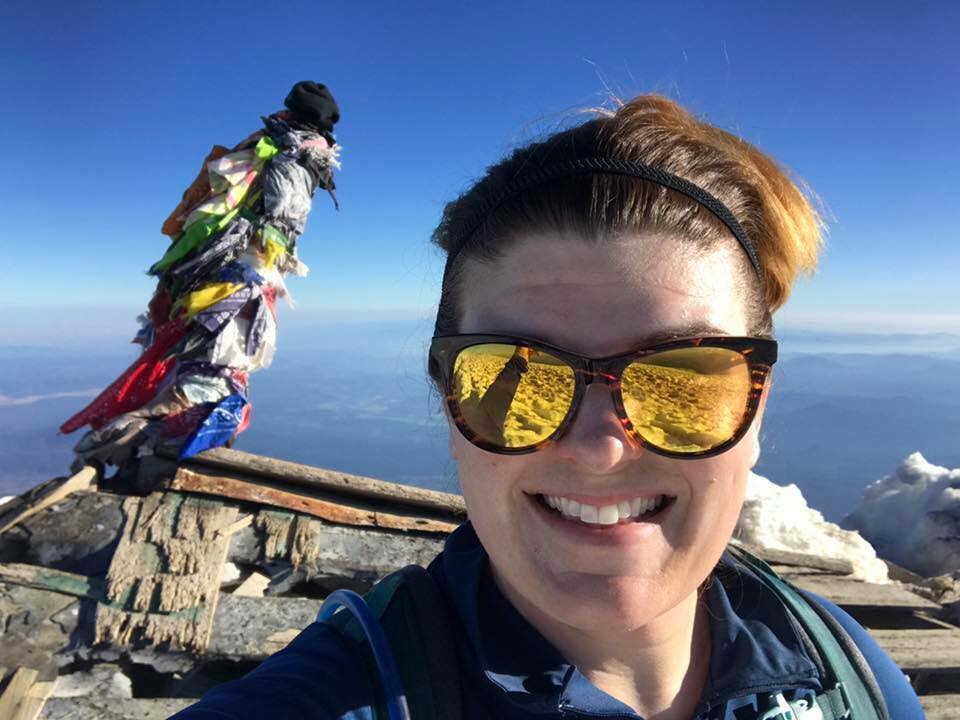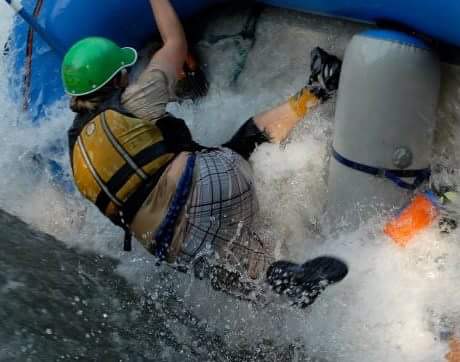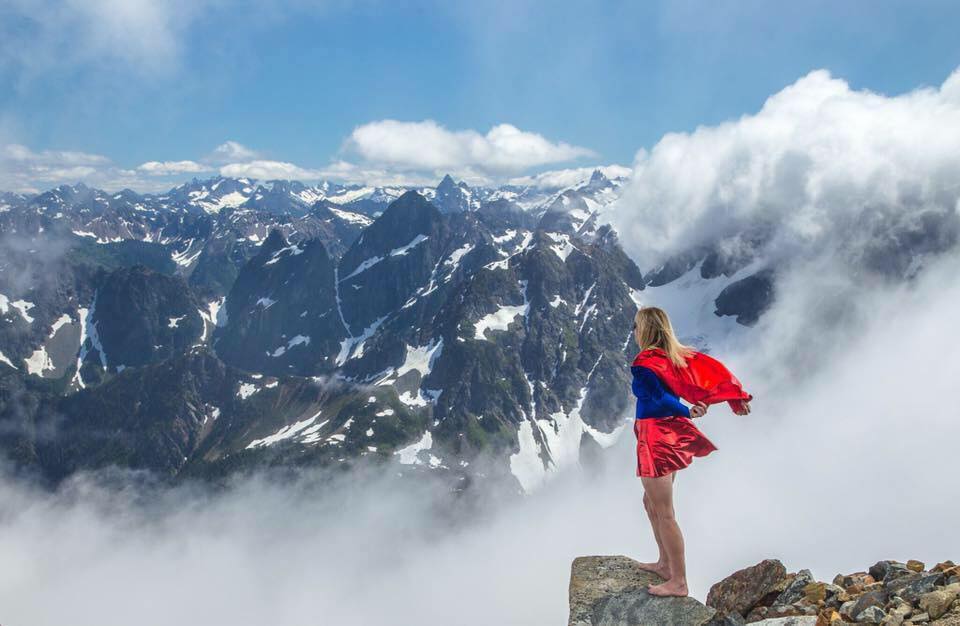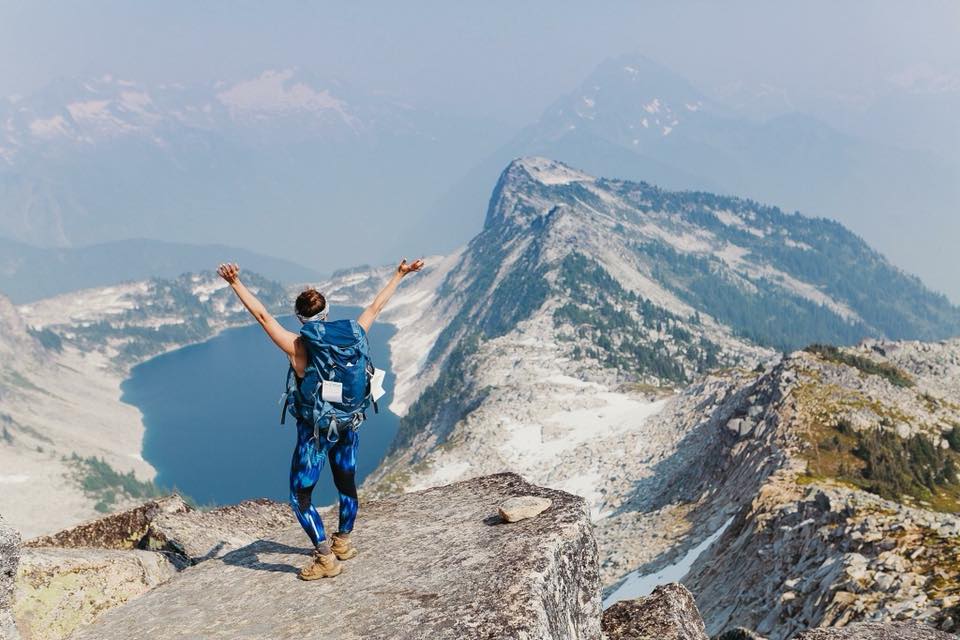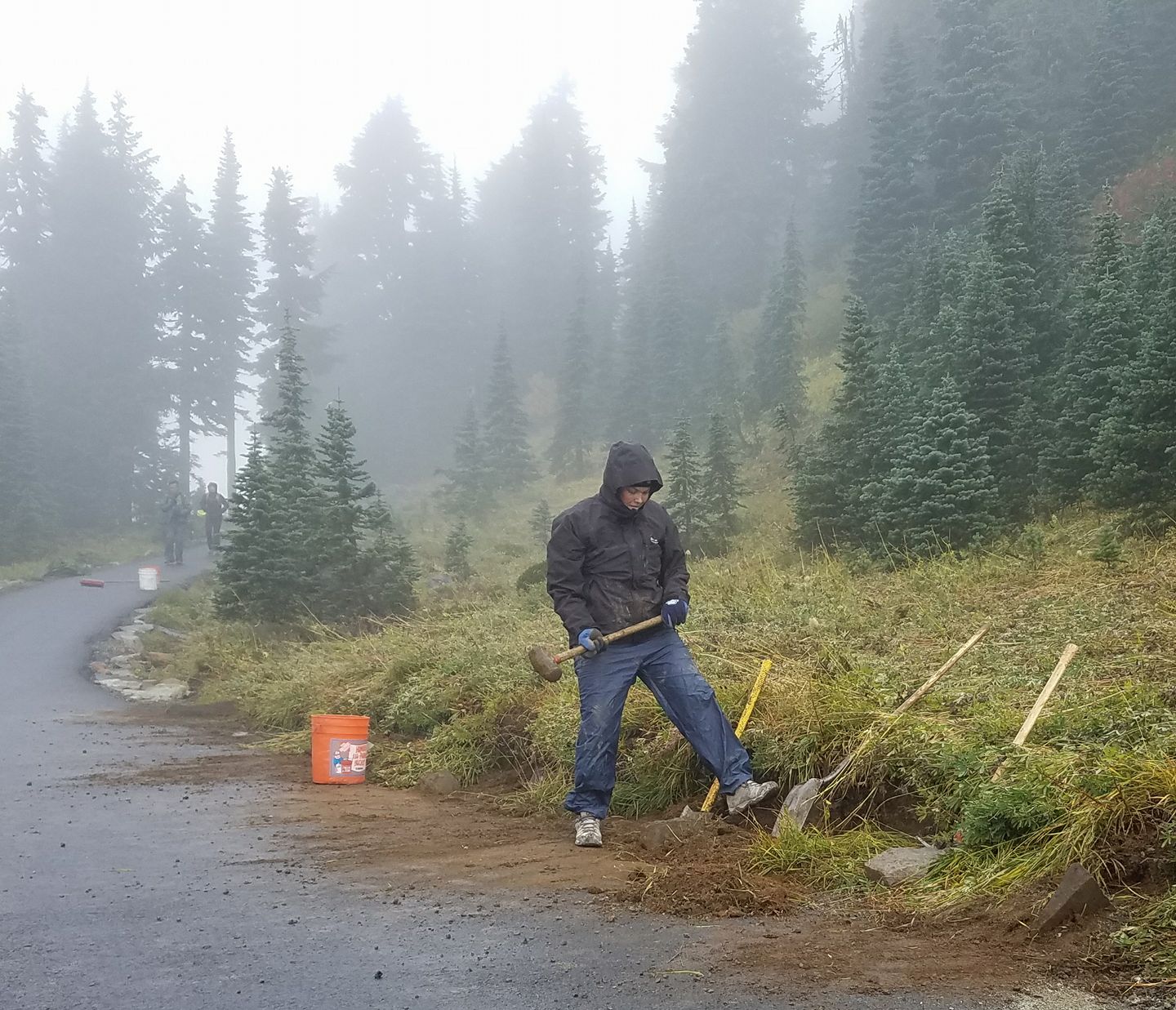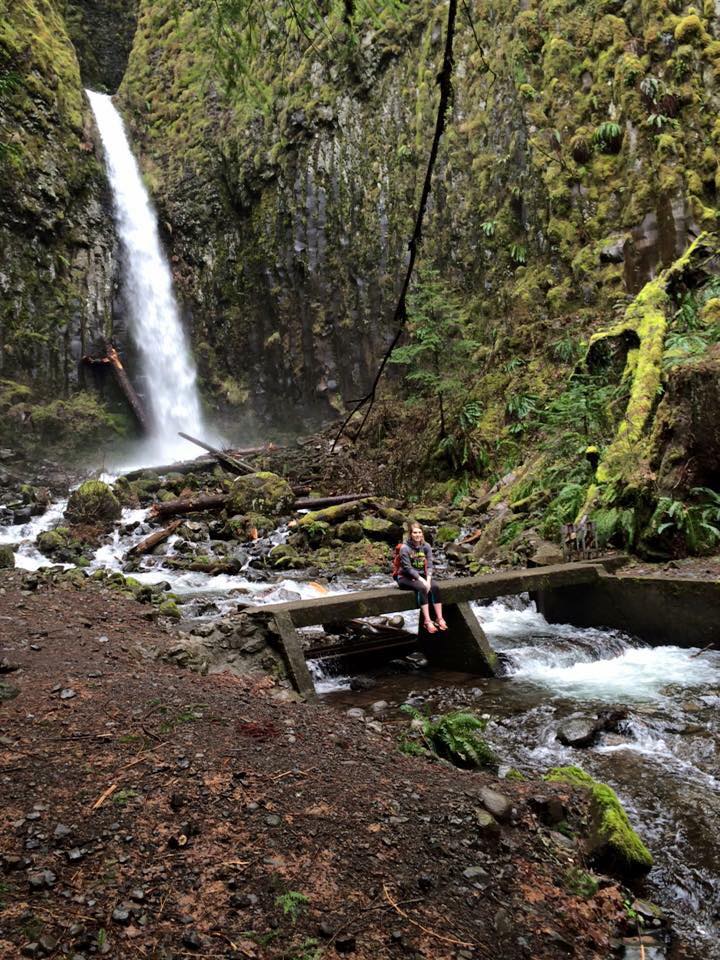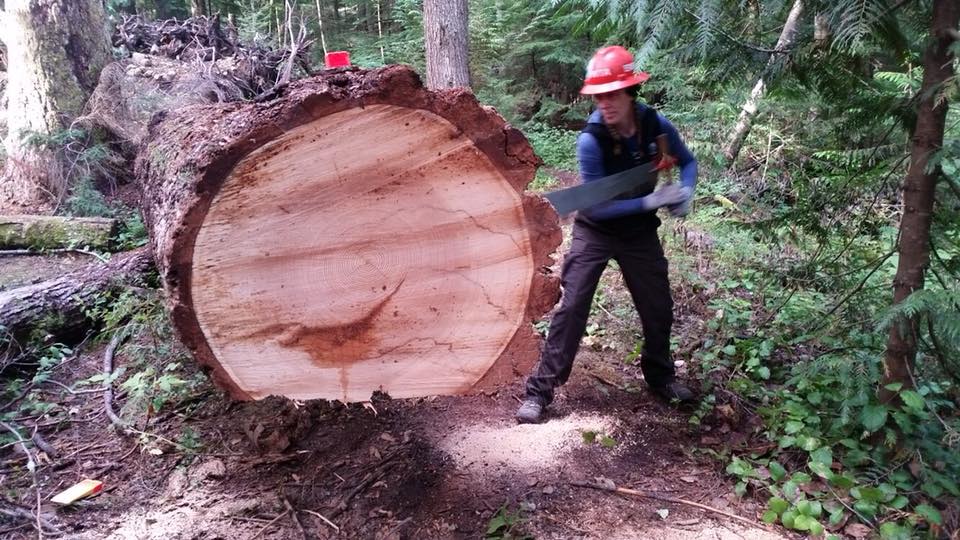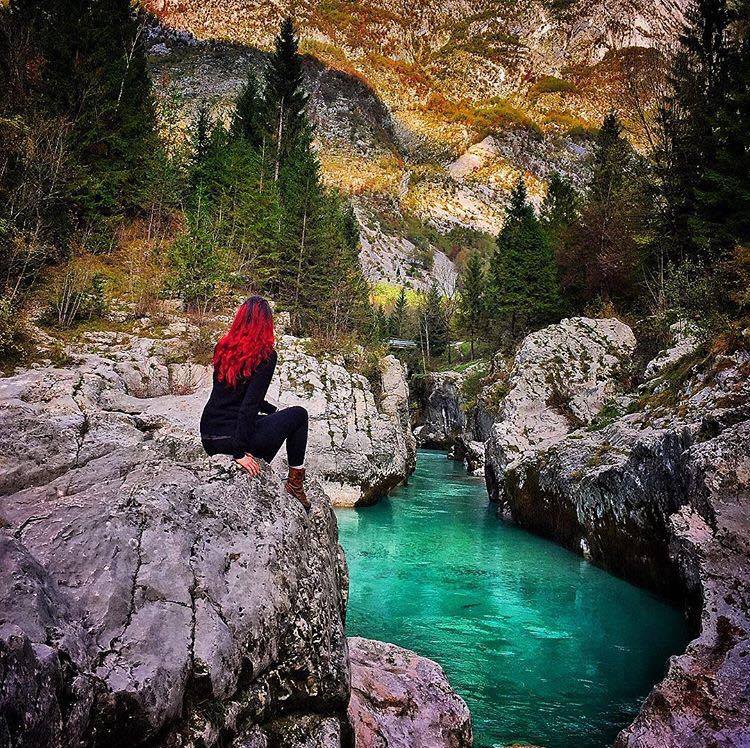A quick scan of my social feeds reveals a new trend in the outdoor industry: articles that blame an uptick in outdoor accidents and environmental degradation on social media and beginner adventurers.
Paulina Dao ascends the trail to Black Tusk in British Columbia. It's a lovely place, though heavily impacted by traffic. If you go, consider packing out some trash on your descent.
Though occasionally citing concerns over objective safety risks, these articles are riddled with problematic assumptions and written in the language of elitism, ableism, and exclusion. Rather than offering solutions to the impacts posed by the inevitable rise of humans in the outdoors, they gloat over their own superiority while shaming others for their lack of knowledge and experience. This is damaging to the point about safety and sound outdoor ethics and to the community at large. We should talk about risk and responsible recreation but the way we do it matters. It’s important to unpack what’s going on here while offering concrete solutions and actionable items grounded in the understanding that everyone deserves to get outside.
In order to fully understand this issue, one must consider the context it operates within. Public lands are inherently political spaces with a history of exclusion. The places that we hold so dear are the original homes and sacred places of Indigenous groups across the United States. The parks and wilderness areas that now dot these landscapes only exist because of the forcible, violent removal of Indigenous People from their land. In their infancy, procured through long political and legal battles, the parks were frequented by white males—a tradition that’s alive and well today. Although there’s a strong movement for equitable representation in outdoor spaces, they still remain largely white, male, and affluent. Thus, when we insinuate that new folks shouldn’t get outside, we implicate these issues and accidentally or otherwise, perpetuate the racist history of public lands.
I love this campsite. I have spent many nights there, watching alpenglow set these peaks on fire. In recognition of that, I won't be applying for permits to visit it for several years so that others can go in my stead. I hope they enjoy it just as much as I have.
The good news is, there’s another way. We can have a conversation about the inherent risk(s) of outdoor activity and sound outdoor ethics without excluding folks who deserve to get outside just as much as anyone else. More than that, we can offer resources, education, and our own stories as guidance and we can do so with empathy. Without further ado, here’s a list of 6 actionable items we can all engage in to make the outdoors safer and more enjoyable for everyone.
Mentor. A rich part of the outdoor tradition, this is an incredible way to help others get outside in a safe, ethical fashion. I’m willing to bet that if you’re already engaging in the outdoors, you had a mentor somewhere along the way who showed you the ropes and offered feedback and corrections when you made mistakes. Mentorship can be as simple as taking friends outside or sharing a link to the Leave No Trace (LNT) principles and patiently explaining them, or as committed as working with an outdoor non-profit. A few of my favorite local organizations are Vertical Generation, SheJumps, and Outdoors For All.
Volunteer: The trails and spaces we love don’t maintain themselves. Thankfully, there are innumerable organizations that volunteer their time to pick up trash and maintain trail systems so we can get outside. In Washington state, you can join the WTA, The Access Fund, The Washington Climbers Coalition (WCC), and a variety of local orgs for work parties and other events. The need for volunteers never ends. This is a great way to give back to the places you love.
Talk about 1 & 2 to your friends and share across your social media platforms. Let people know what you’re up to, how they can join you, and why you’re giving up your time for these causes. Encourage them to get out and join you. The best work parties I have been on are the ones that include friends and the more folks who are visibly doing this work, the better!
Consider opting out. If you have been to a wild place, especially one that’s permit-controlled, don’t go back for a while. Reduce your impact on the trail while creating space for someone else to see and experience it in your stead. Find a new place to explore; there are so many of them out there!
Vote. Comment on matters that are put to the public. Engage. This is a really easy action item that can have a huge impact on wilderness areas and the way we use them.
Look inward. We are all human and bound to get frustrated when we see problematic behavior on the trail. When it happens, take a deep breath and consider how to approach the situation. While shouting occasionally feels good and scratches a certain itch, it rarely results in productive discourse or teaching moments. Try to remember how you felt as a beginner adventurist. Things that may seem obvious now probably weren’t on your radar back then. Remember that, then proceed with civility and kindness.
Another favorite place. To reduce my impact on it, I have started going in the off-season and make sure we leave the hut and the trail better than we found it every time.
Do you have other resources or ideas about how folks can get outside, safely? I would love to hear them! In the meantime, be kind to each other. We are all trying to chase our joy.






